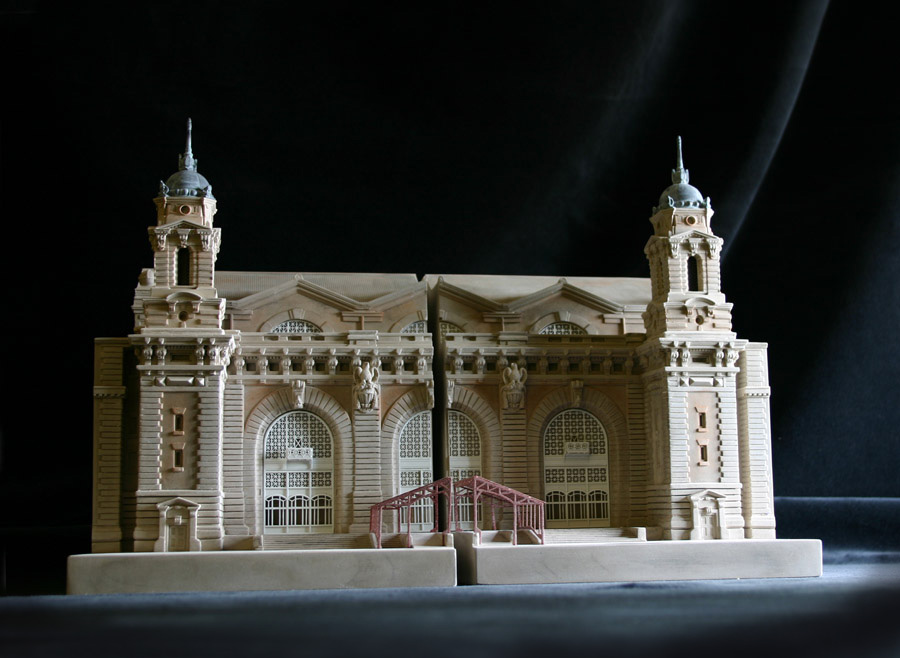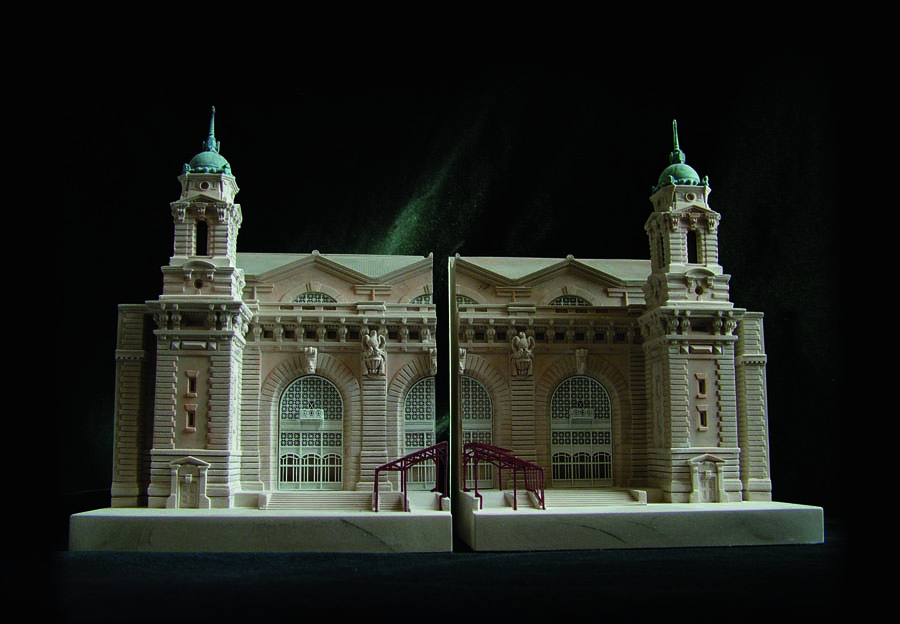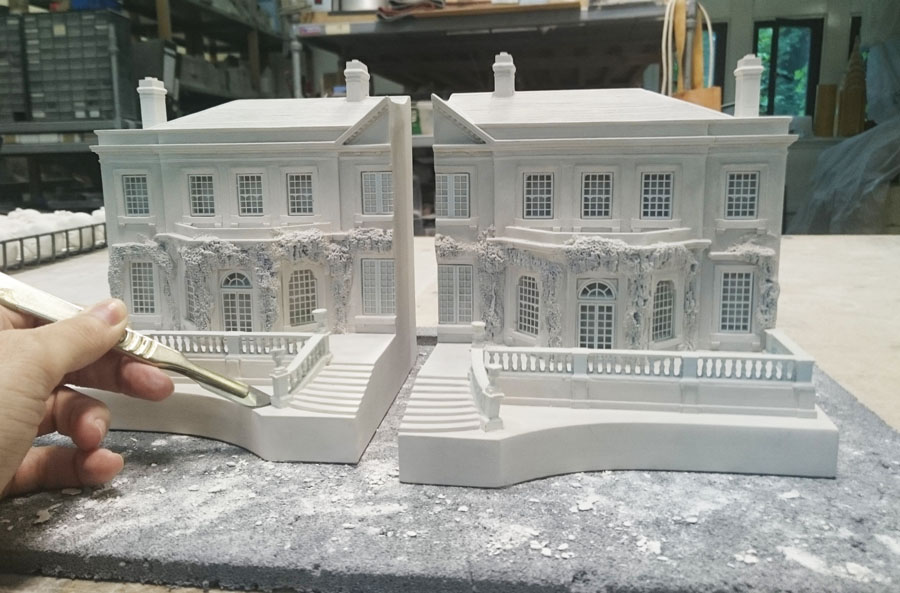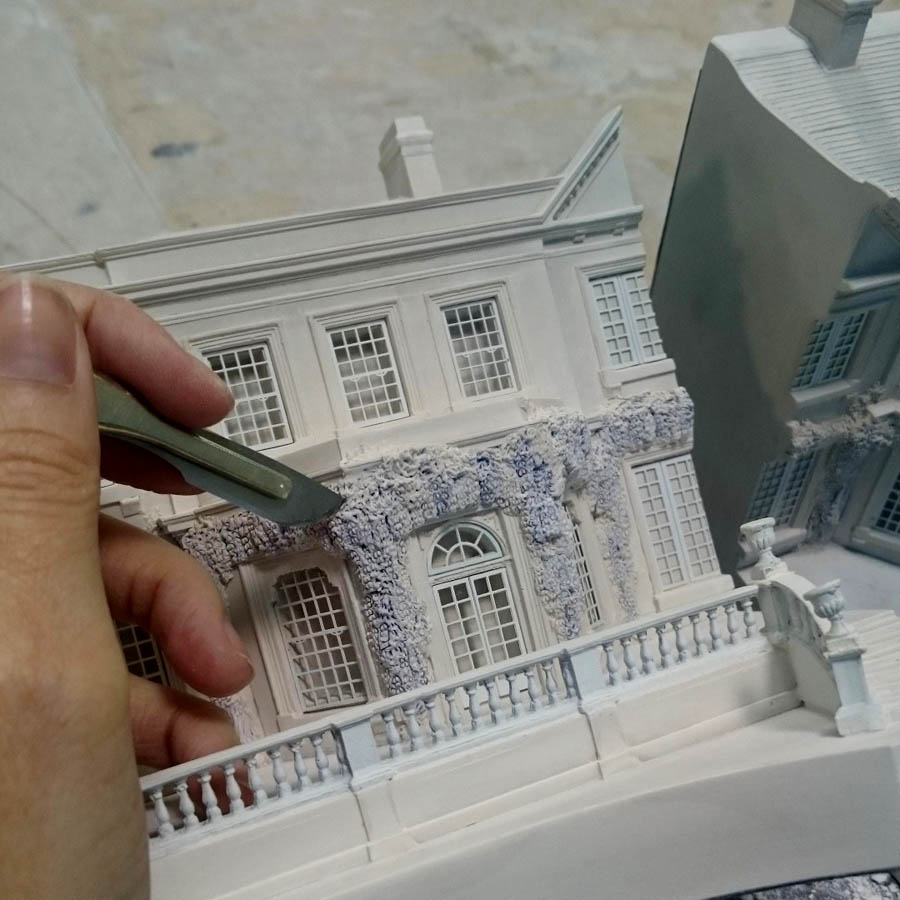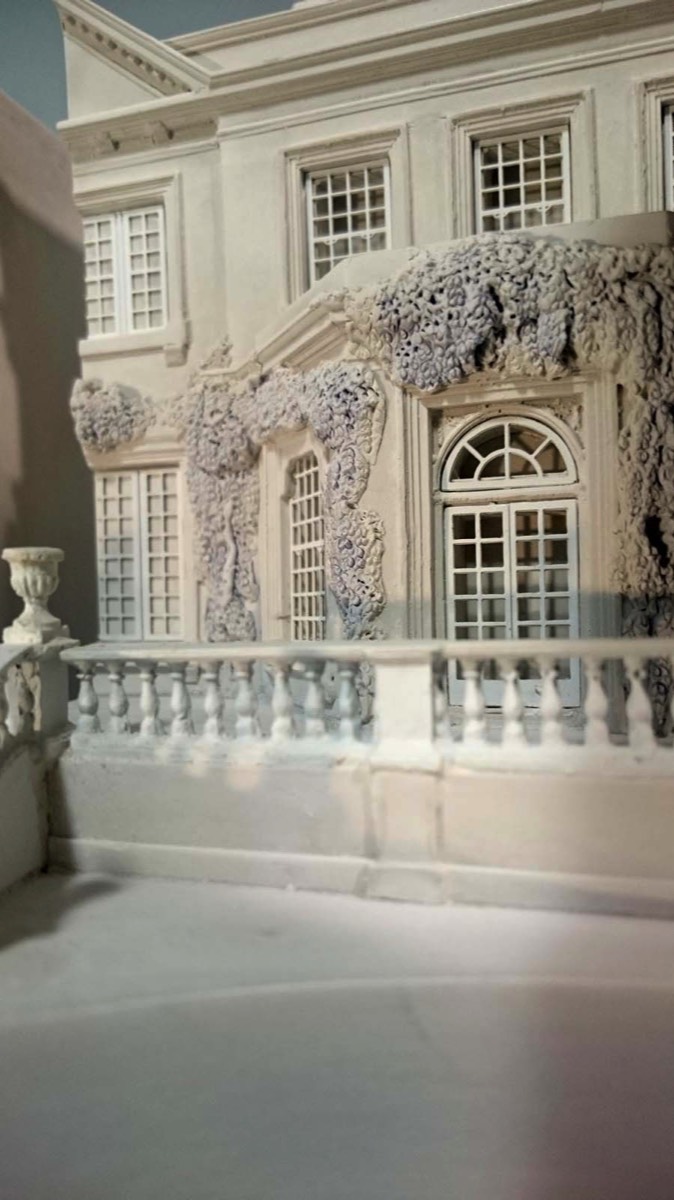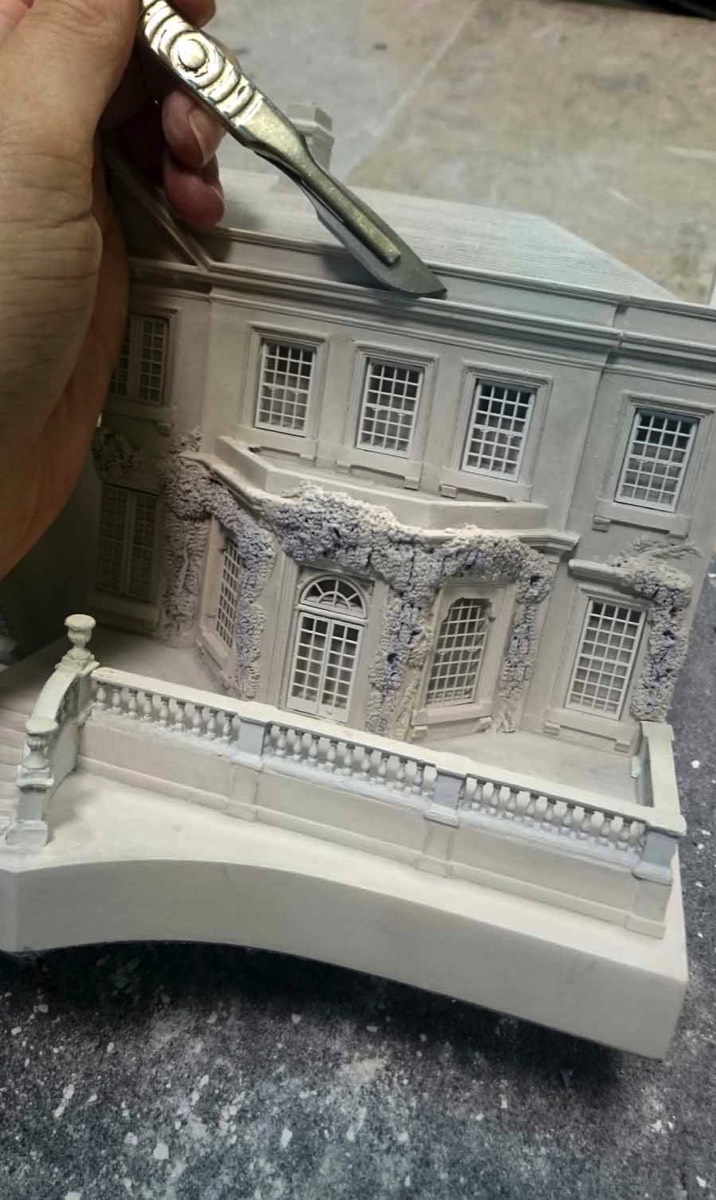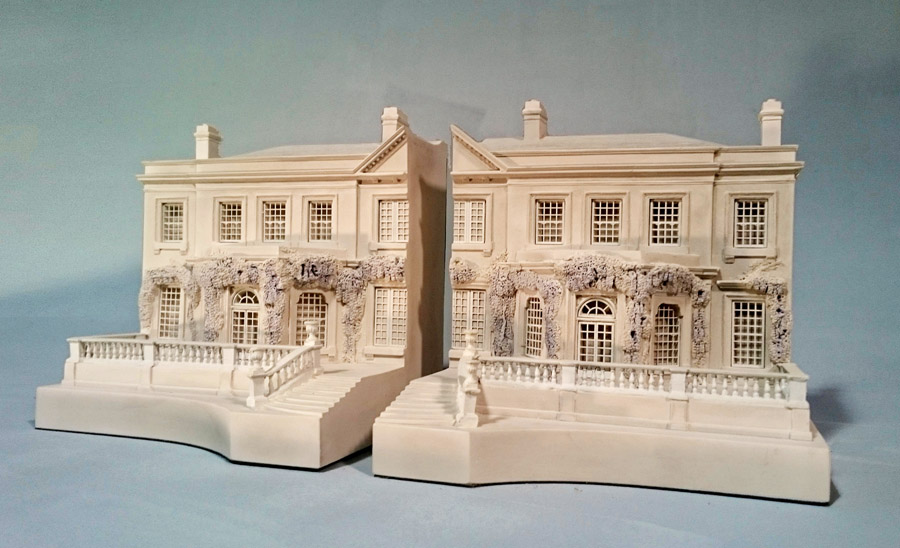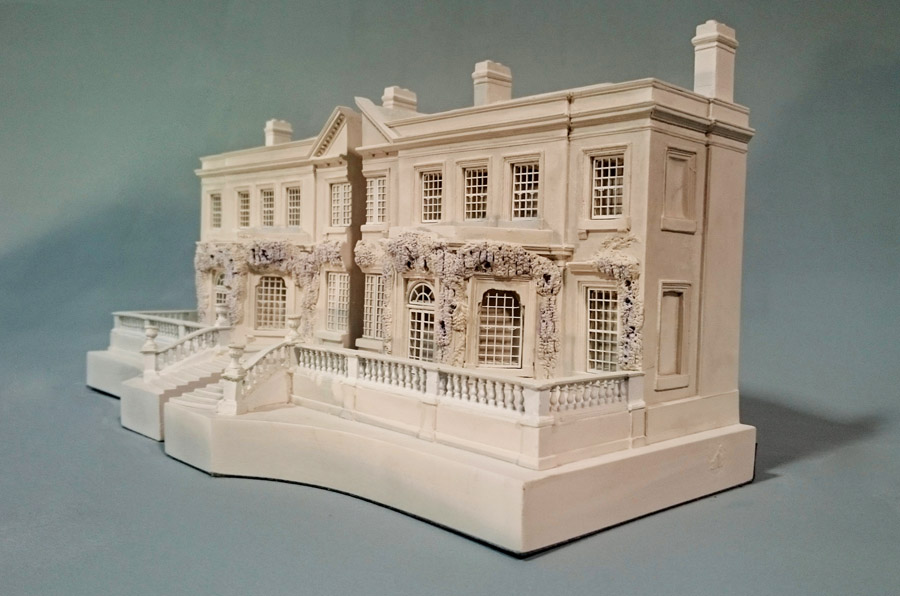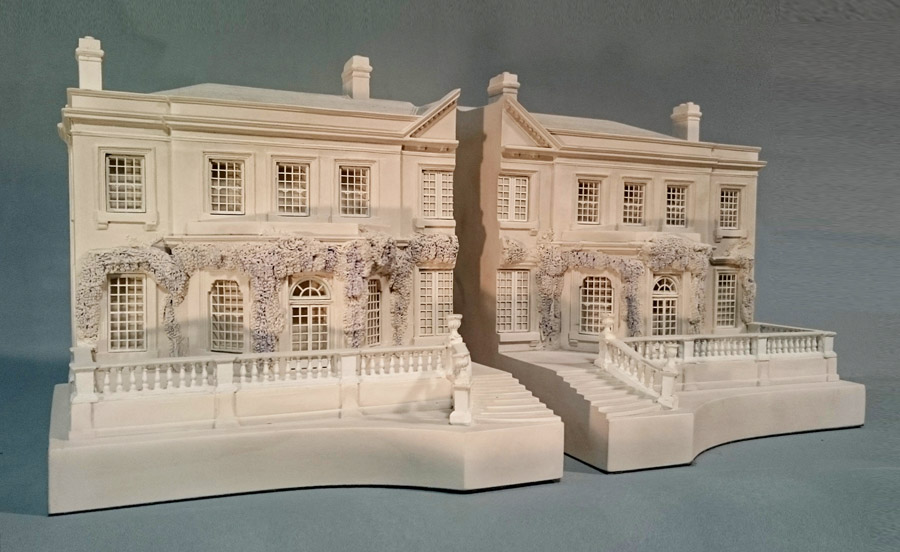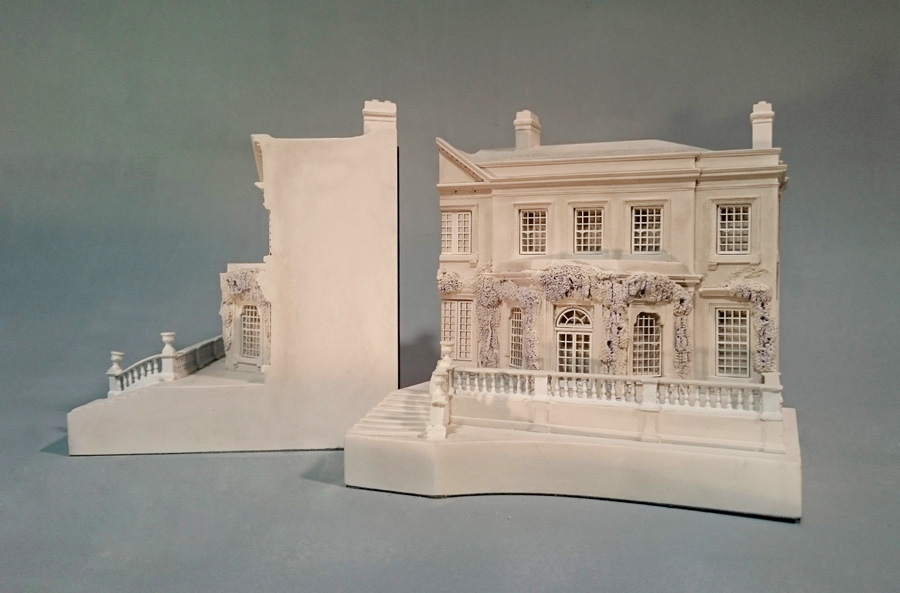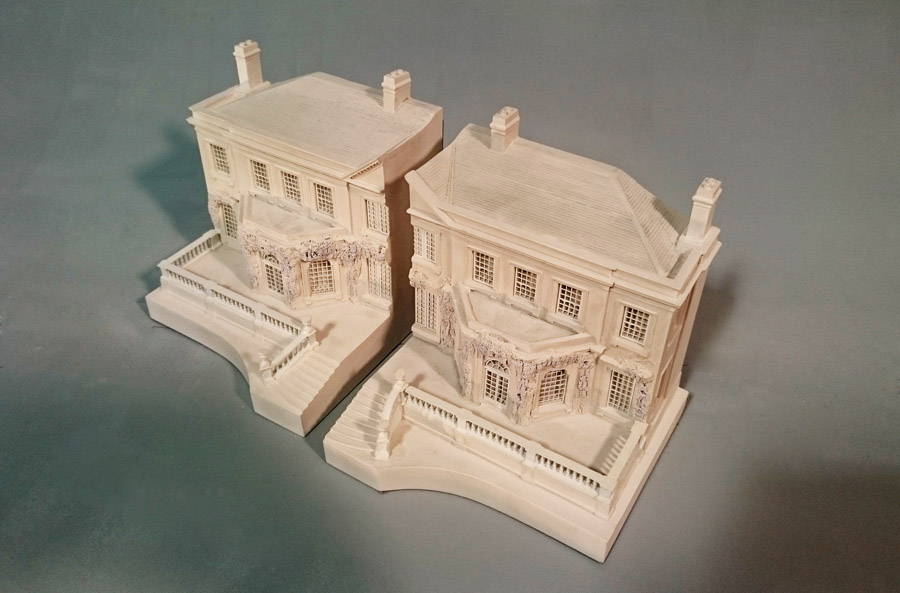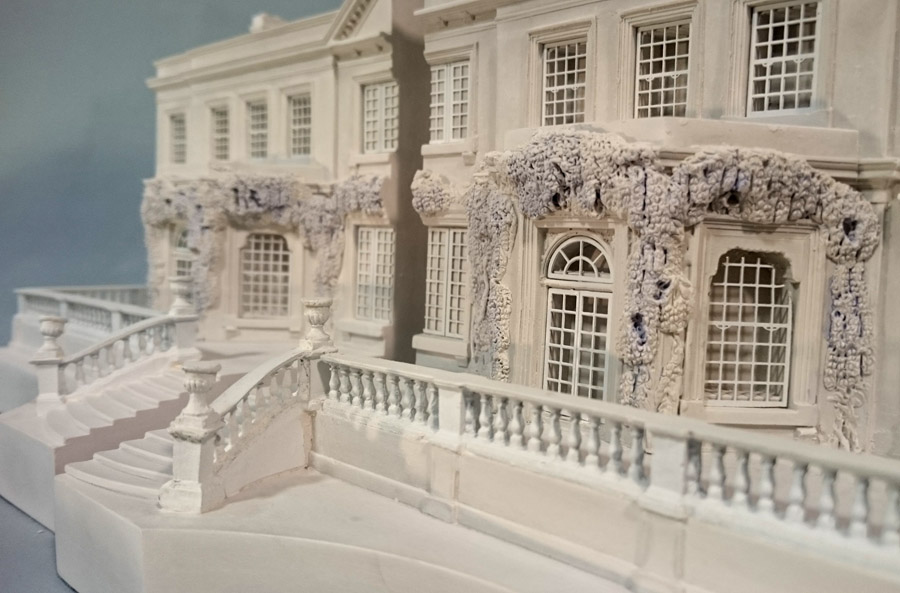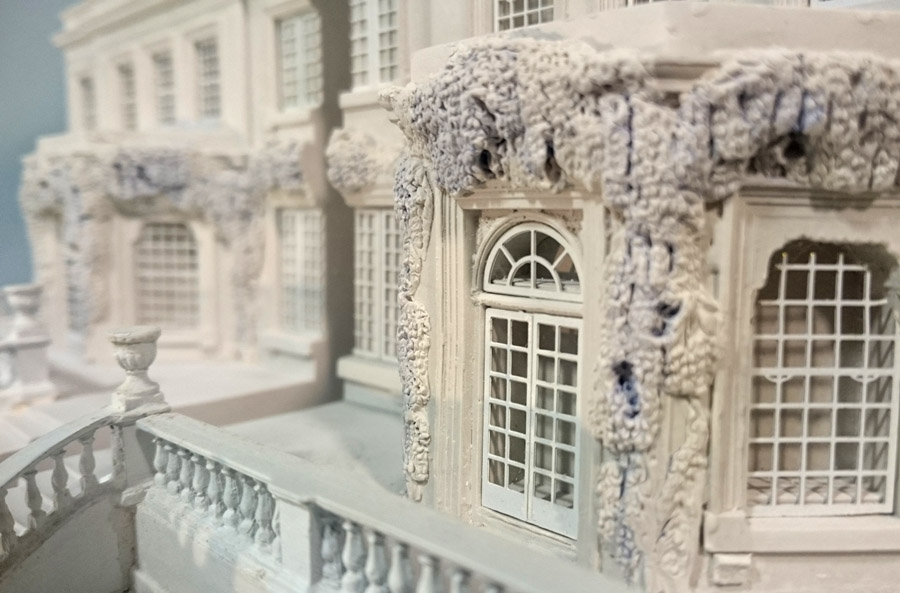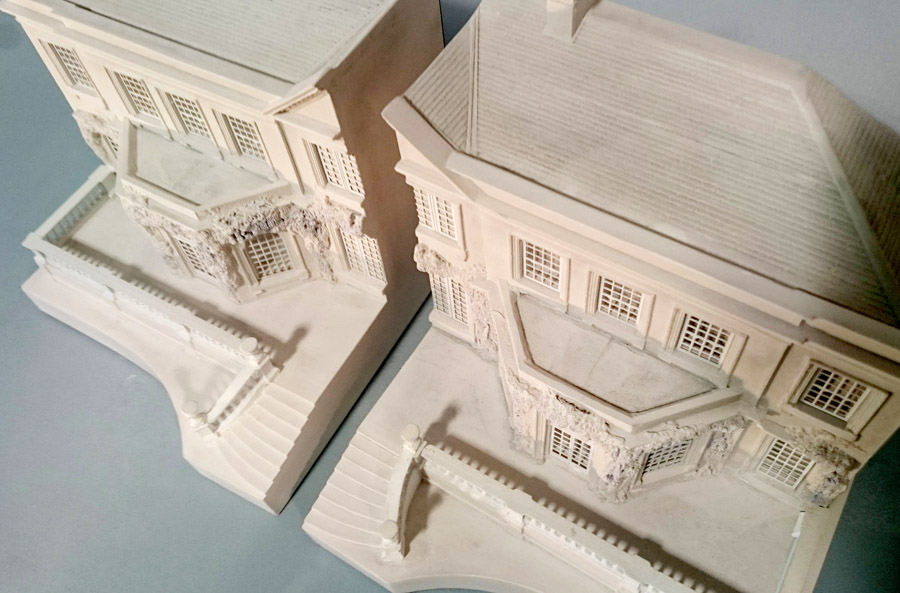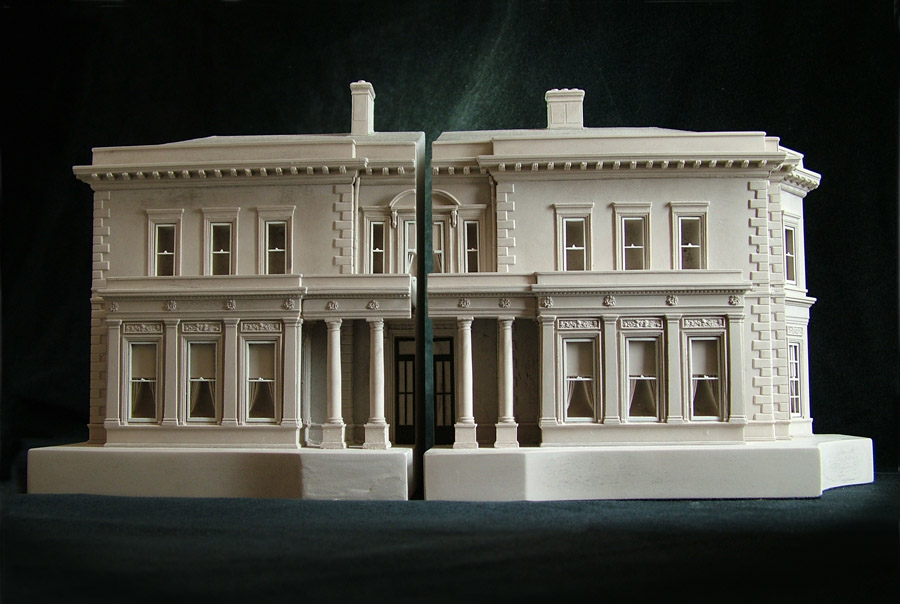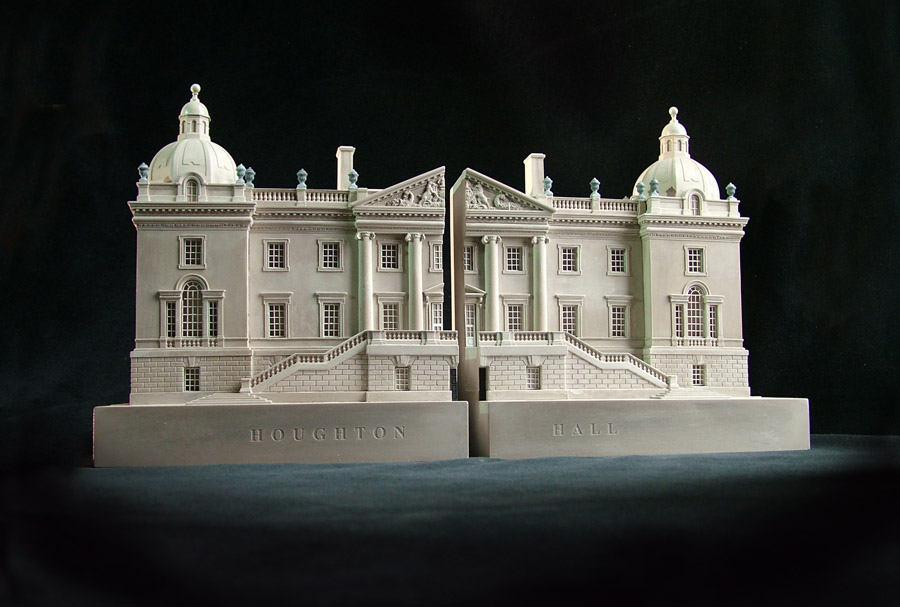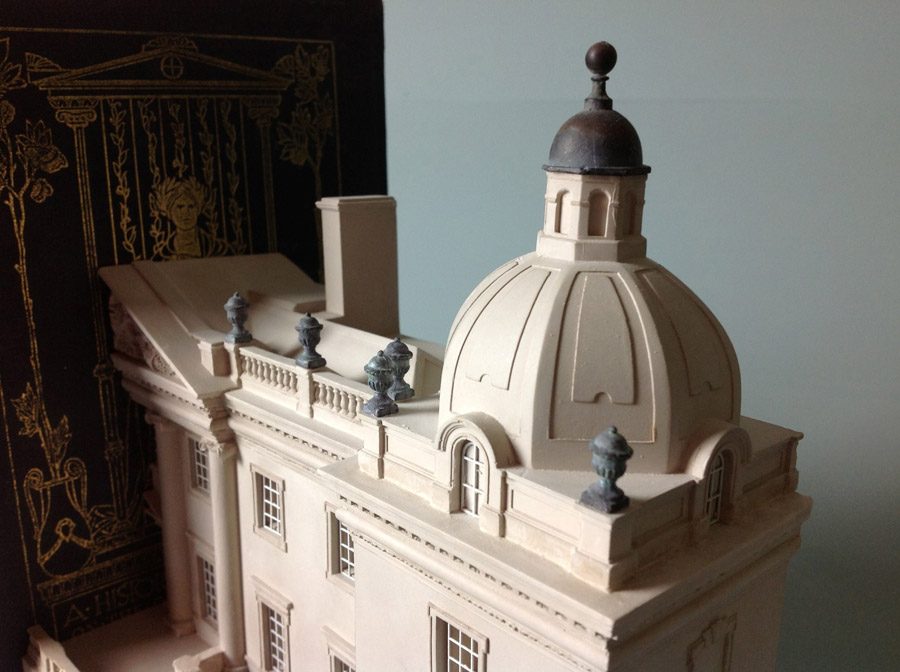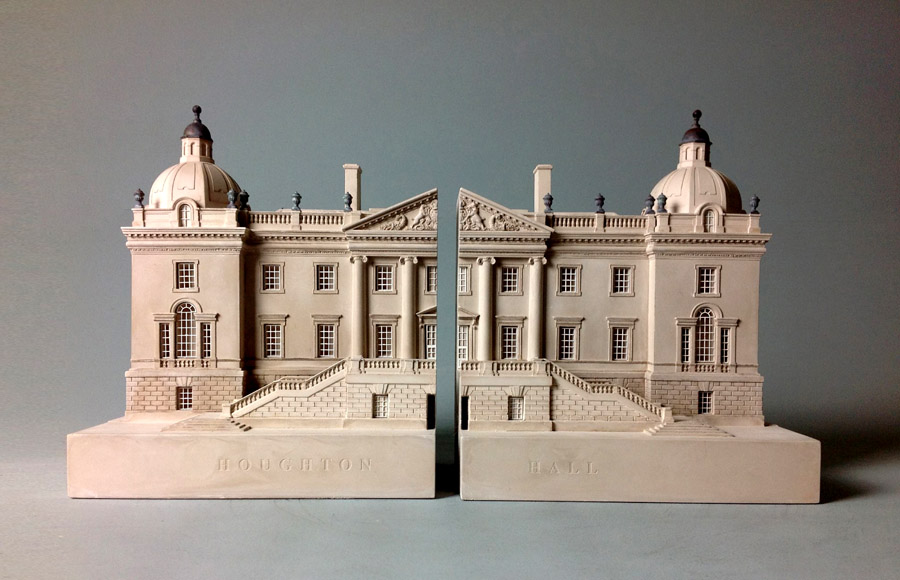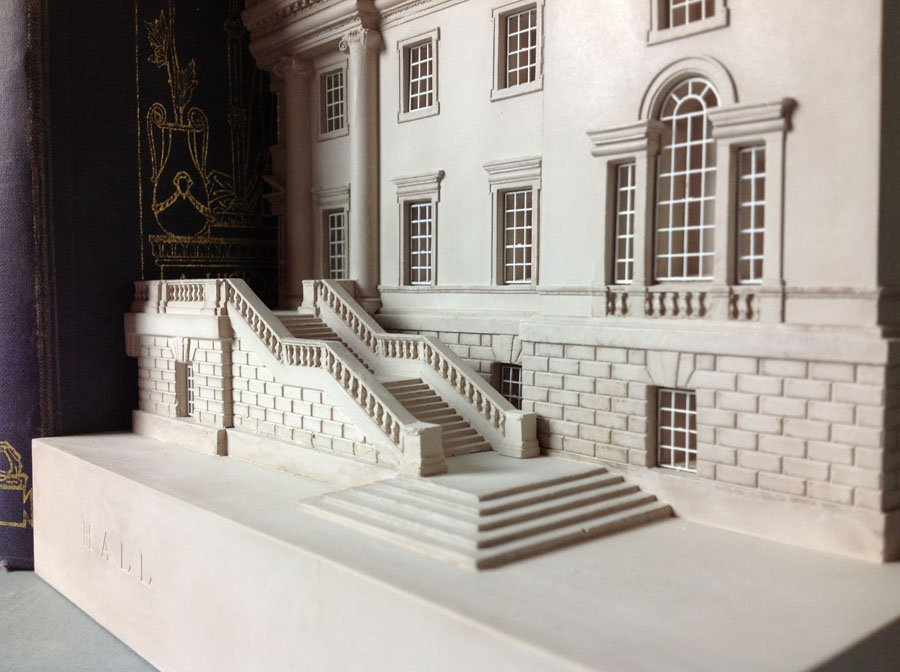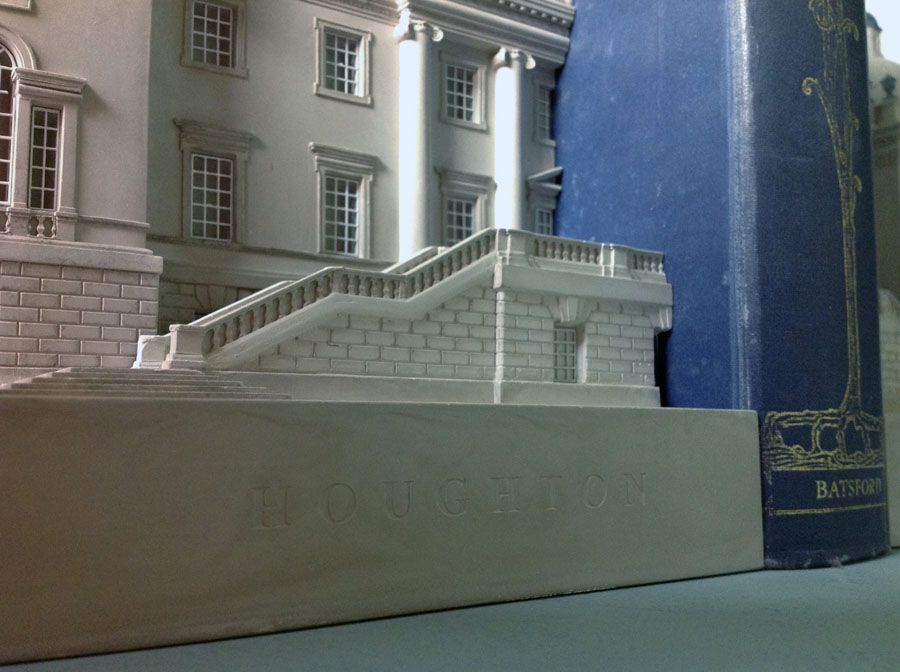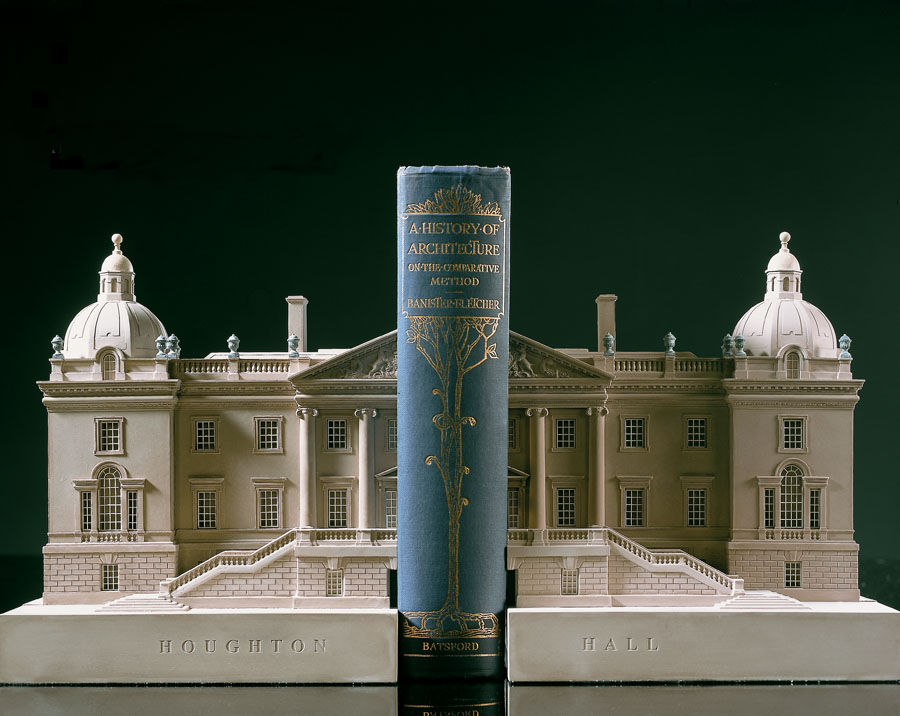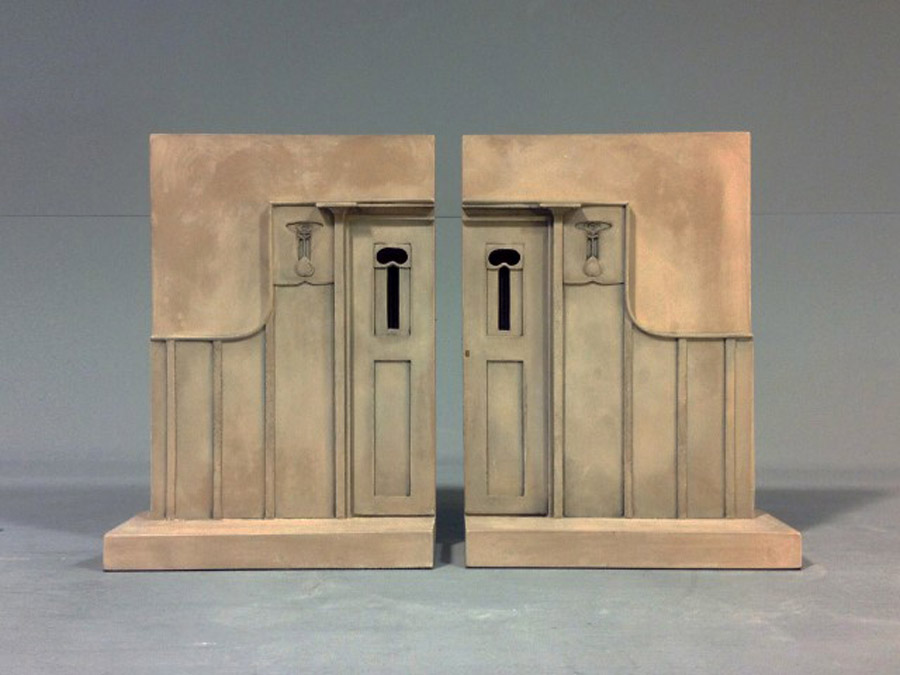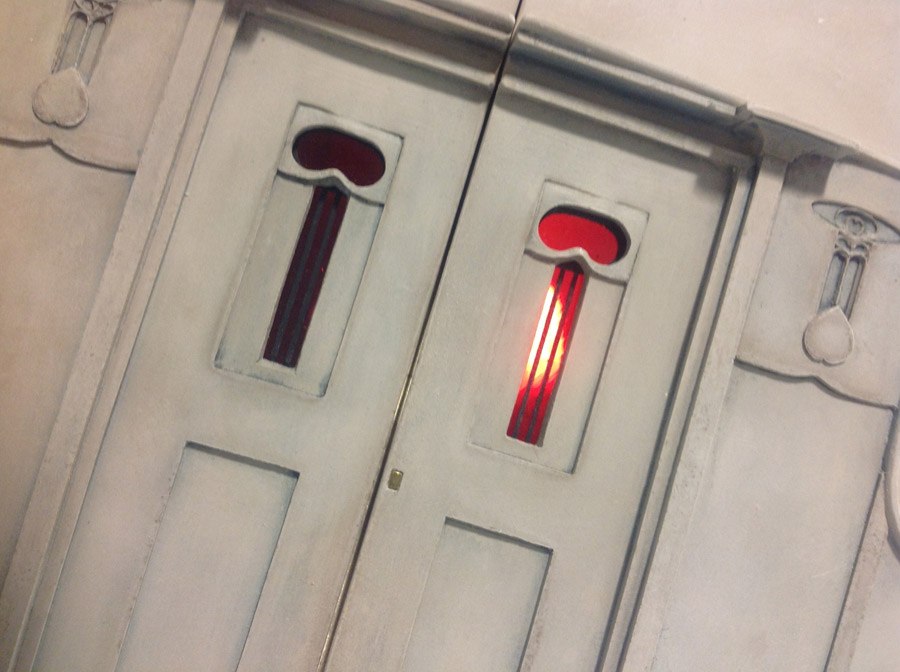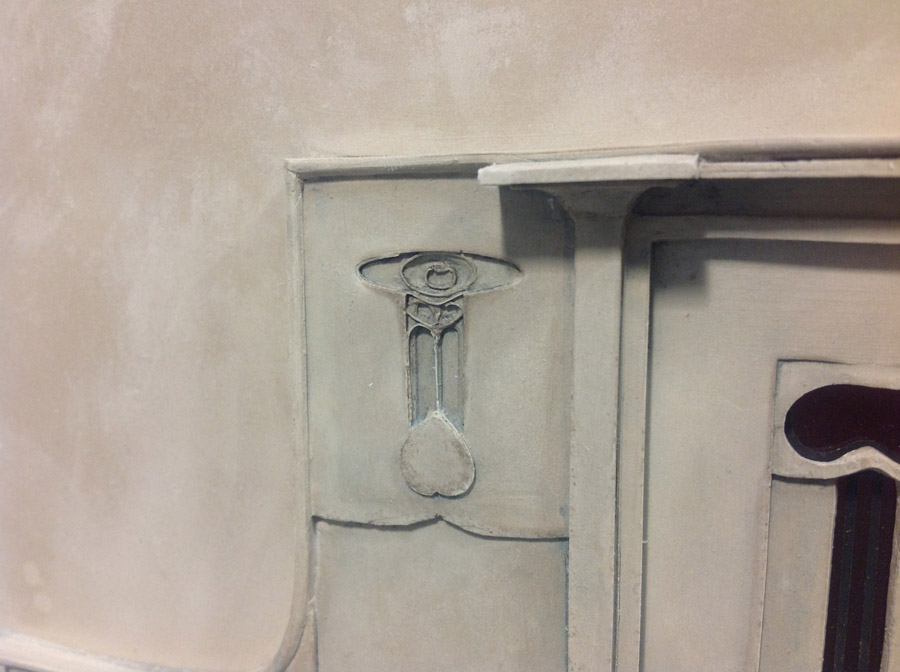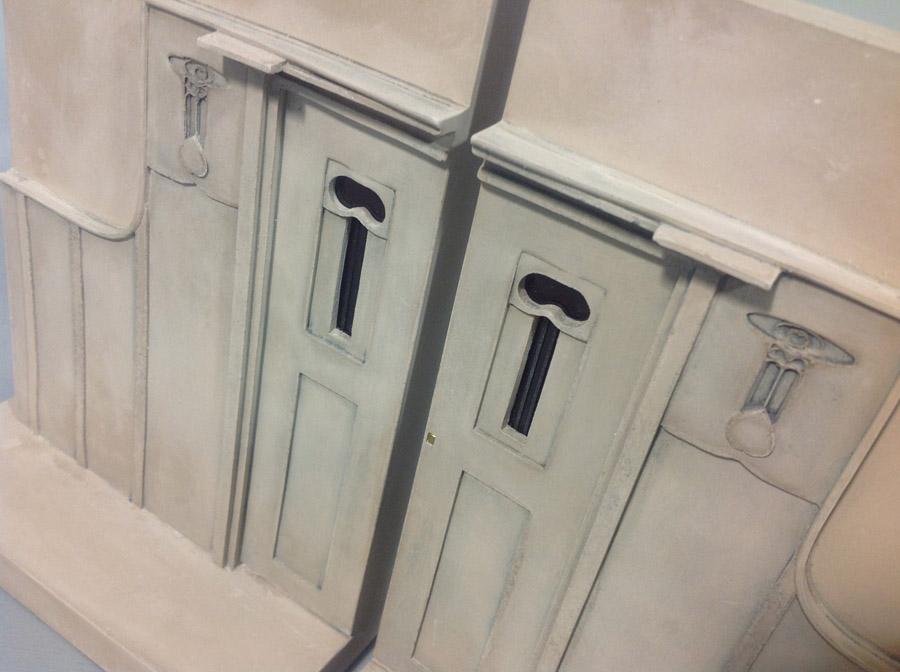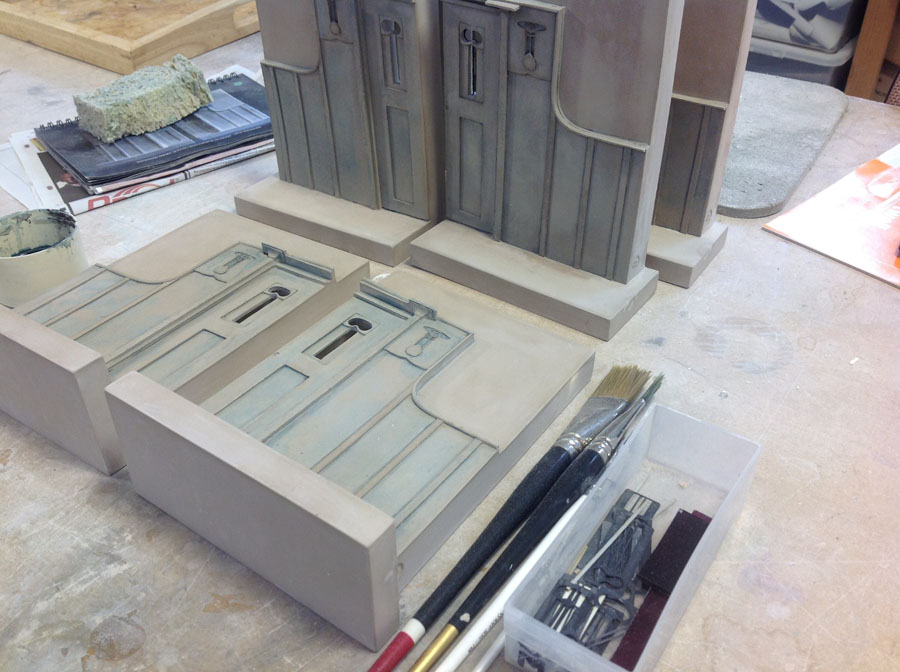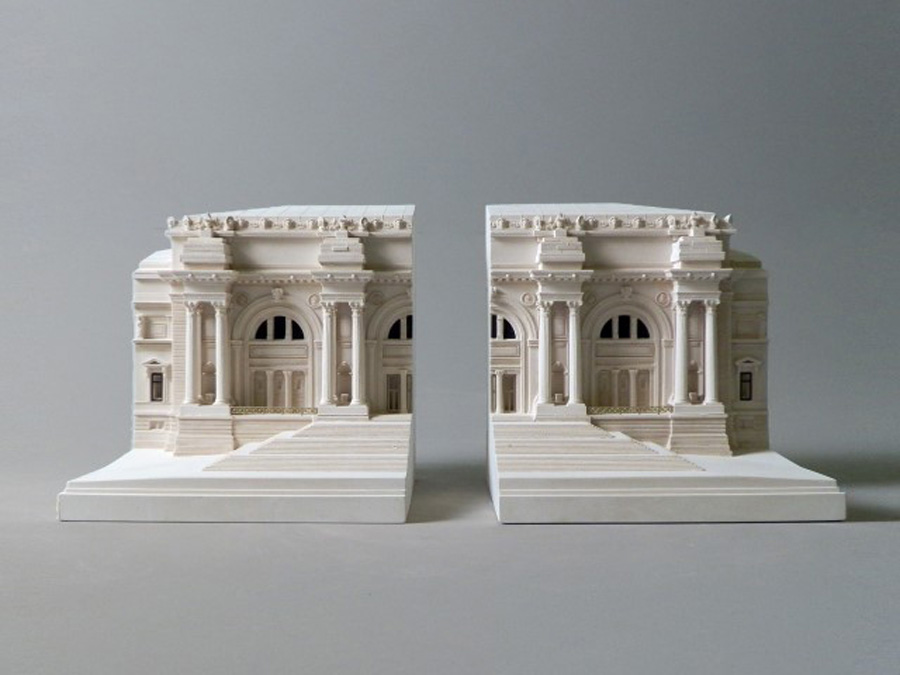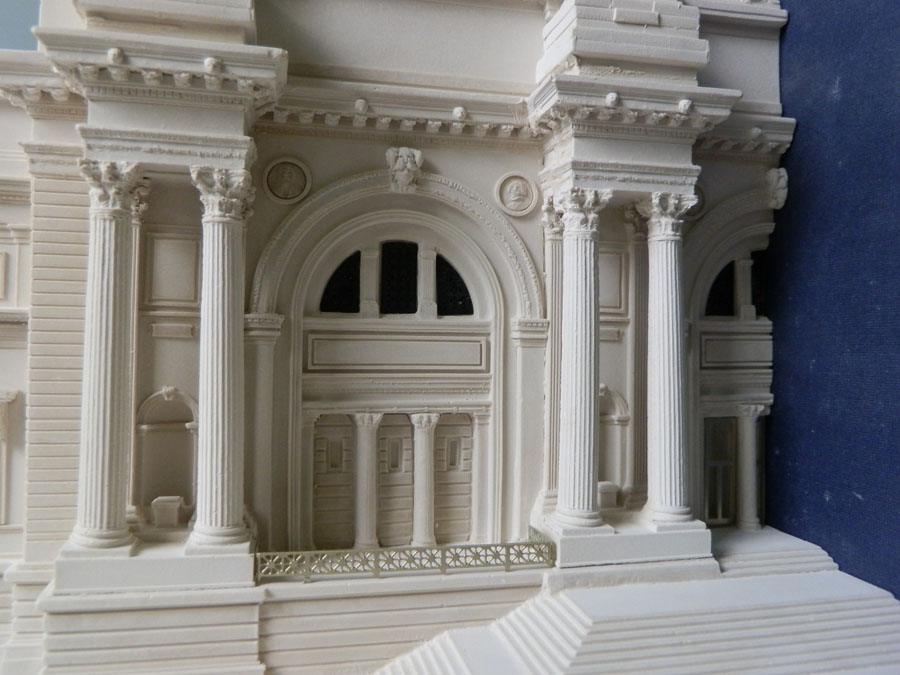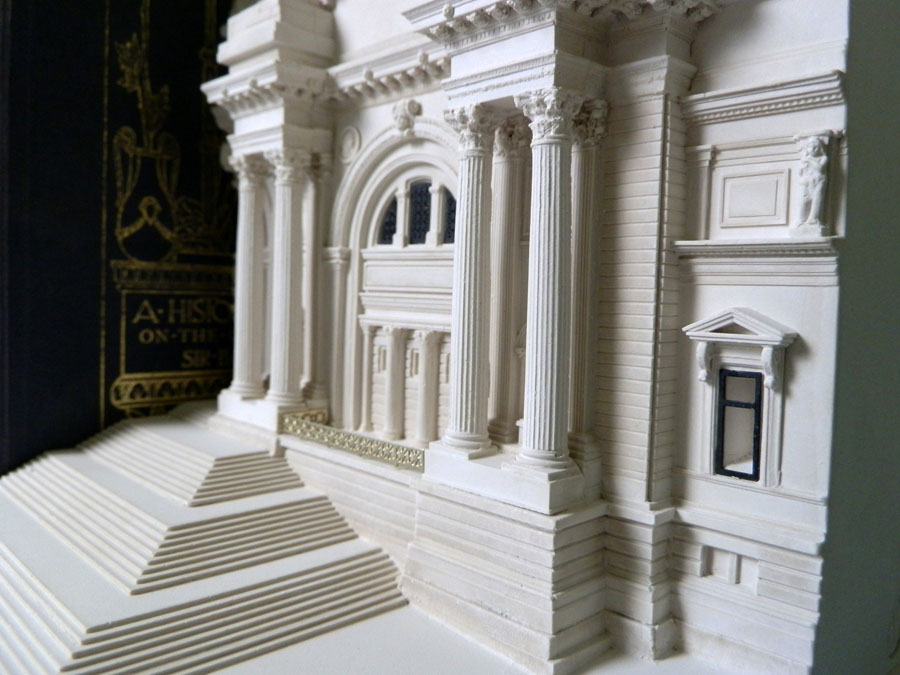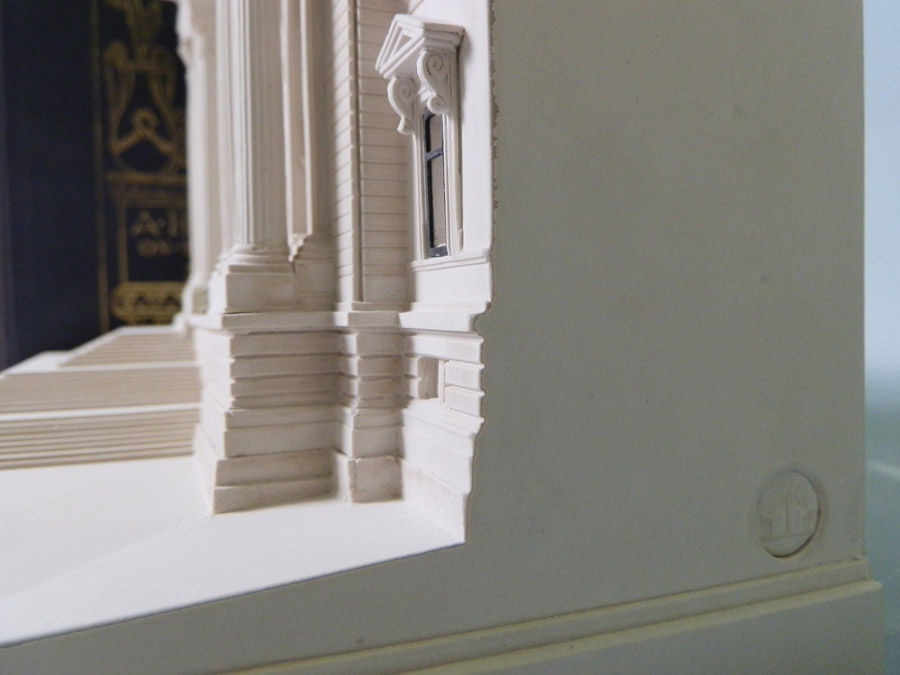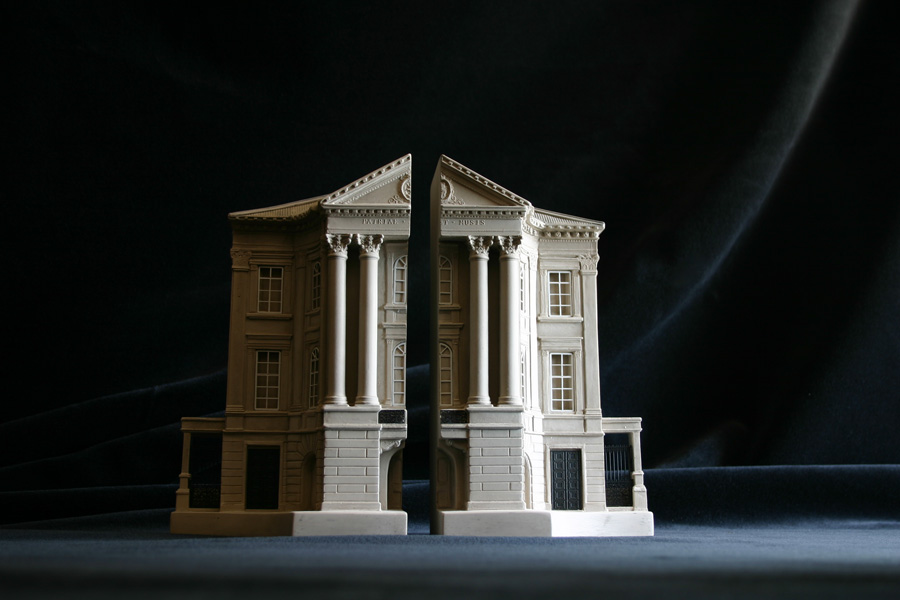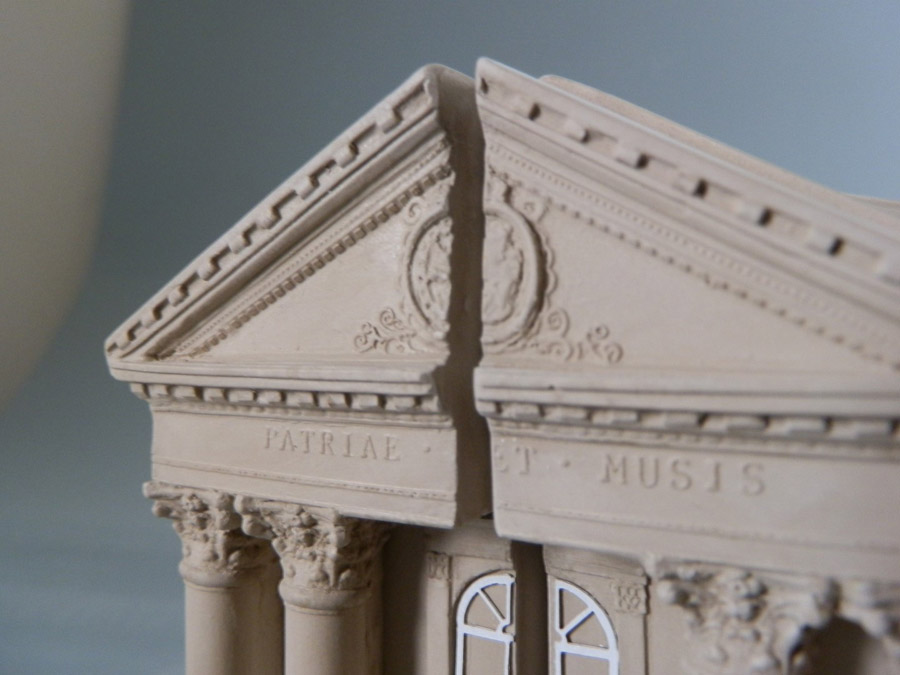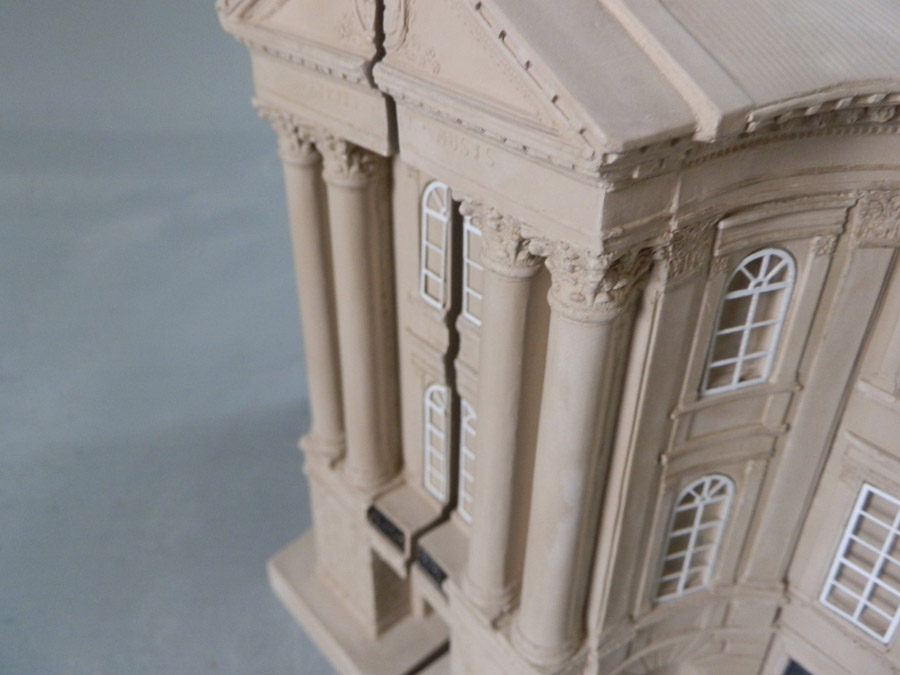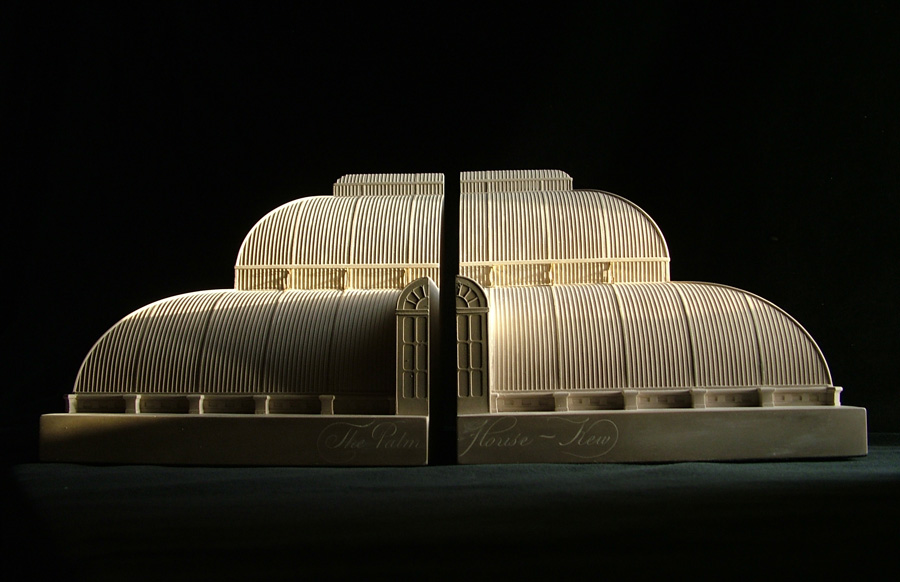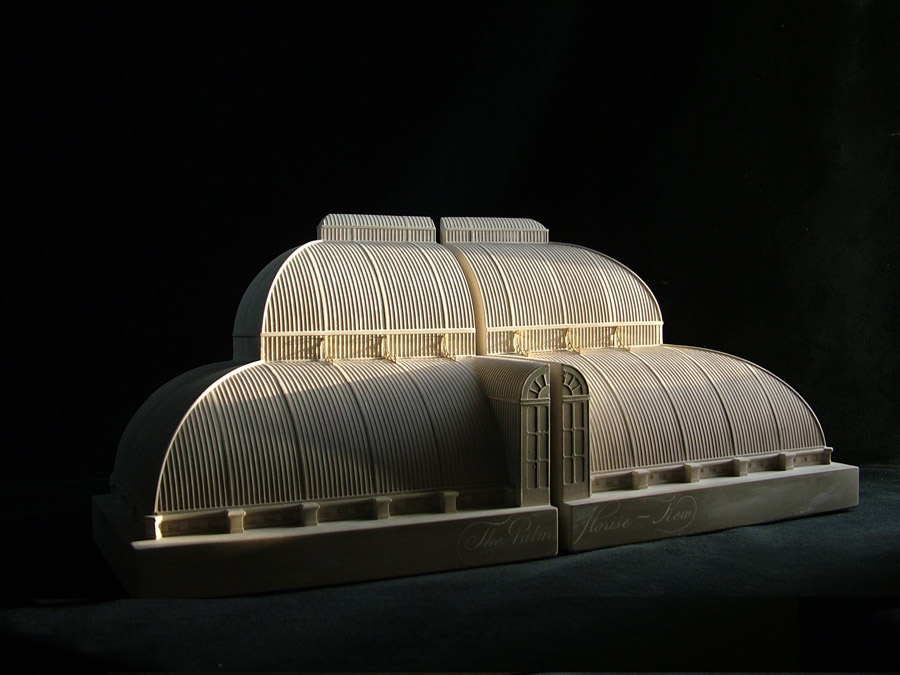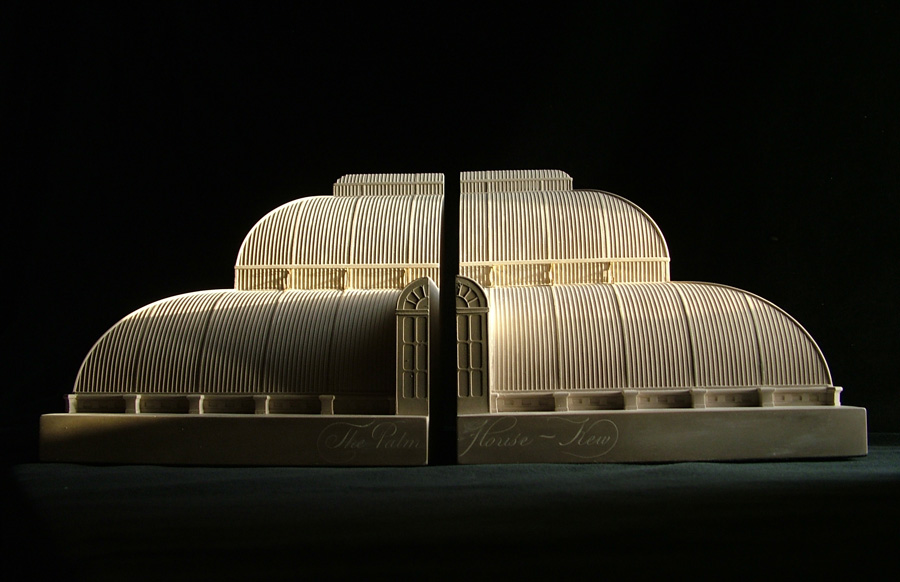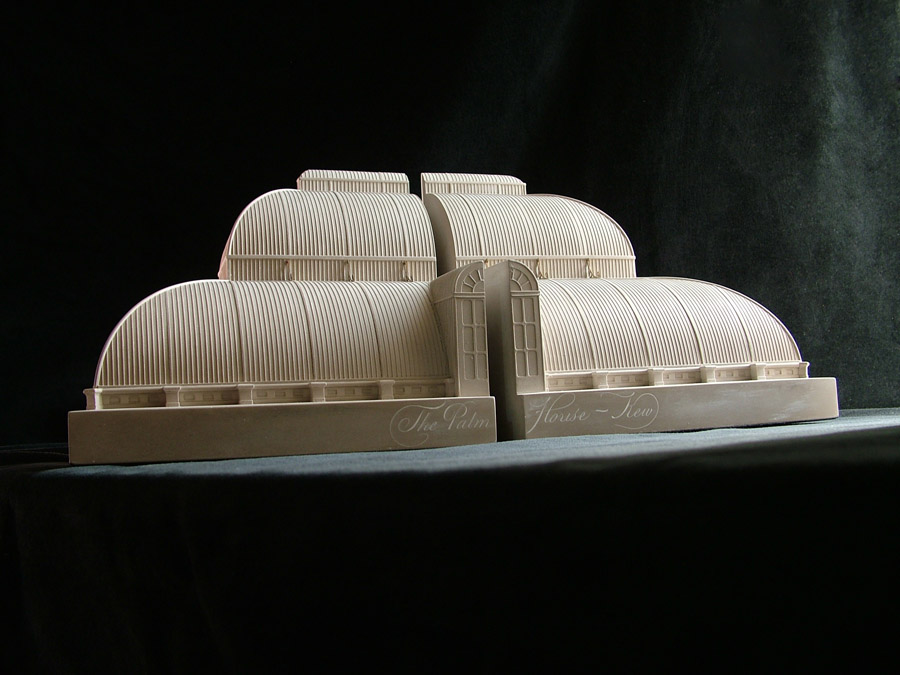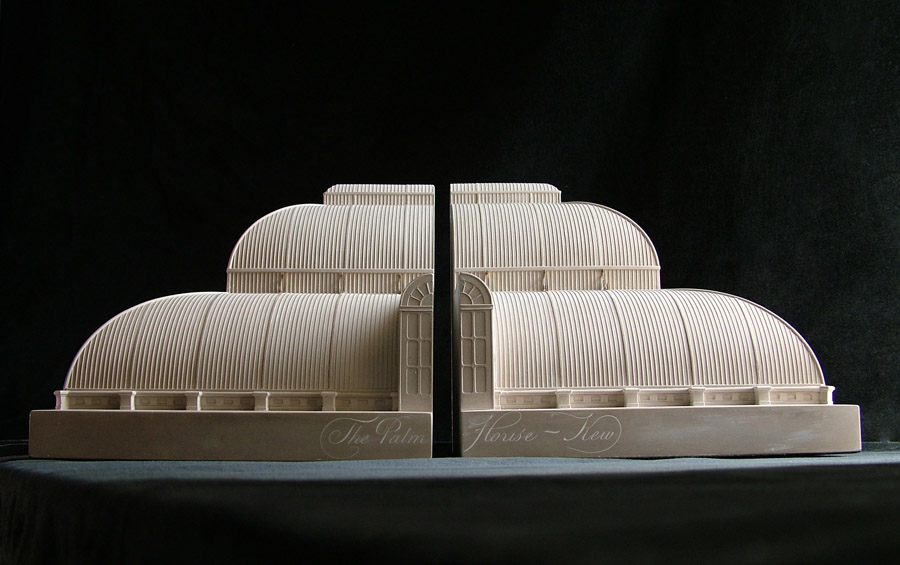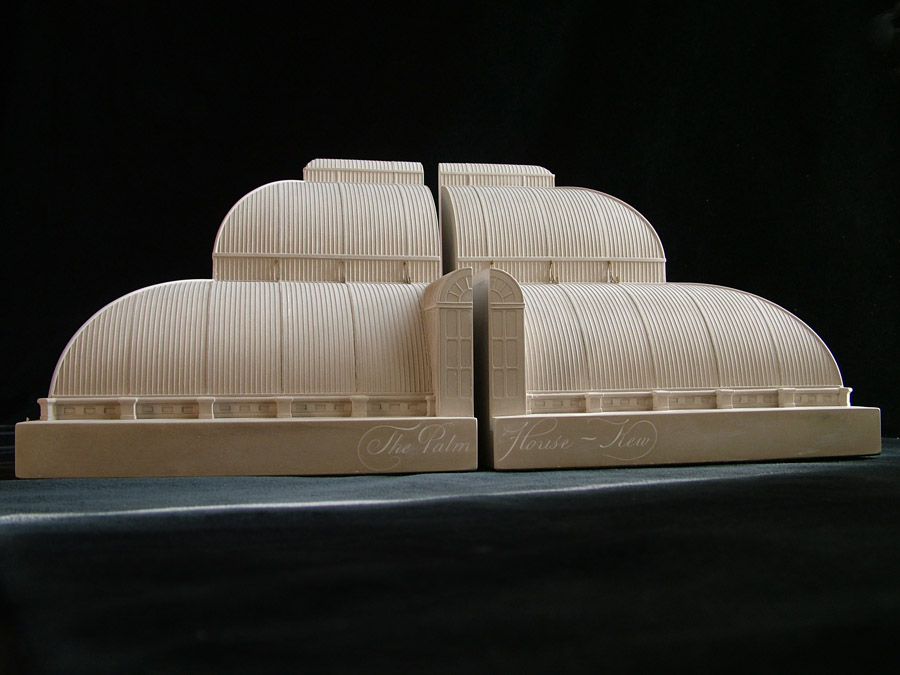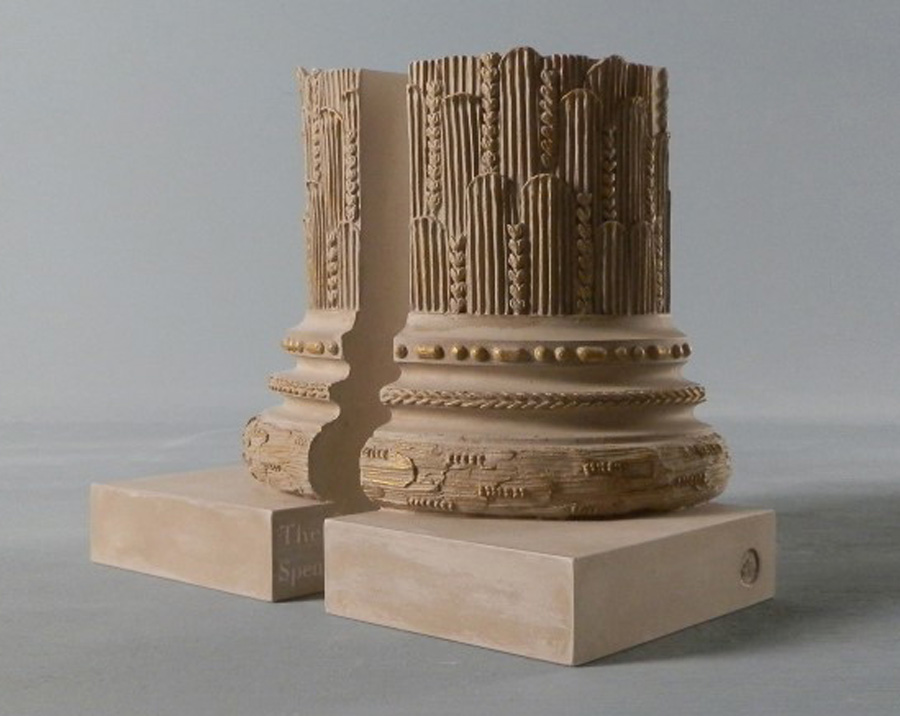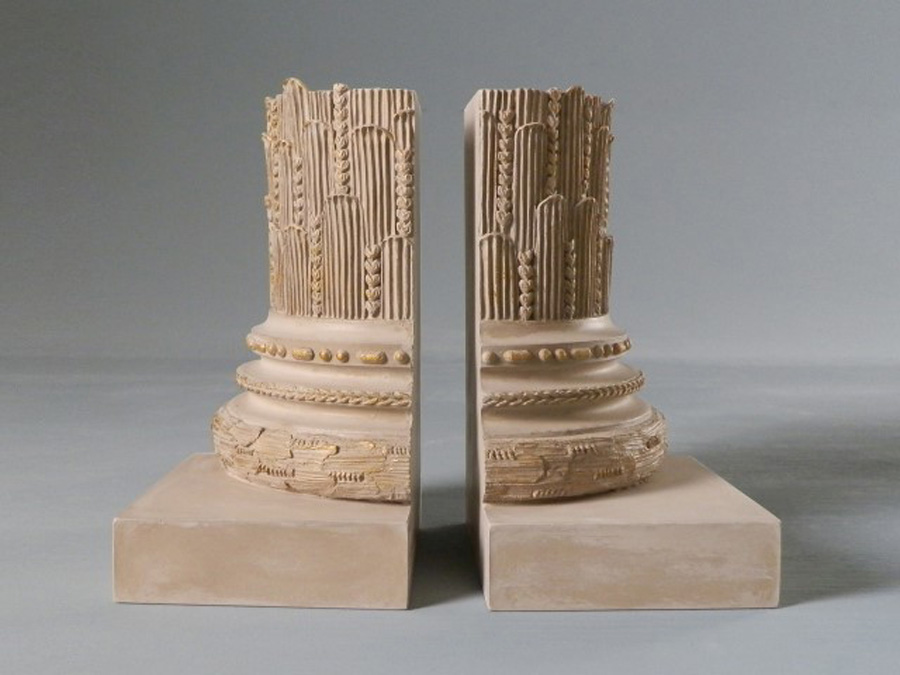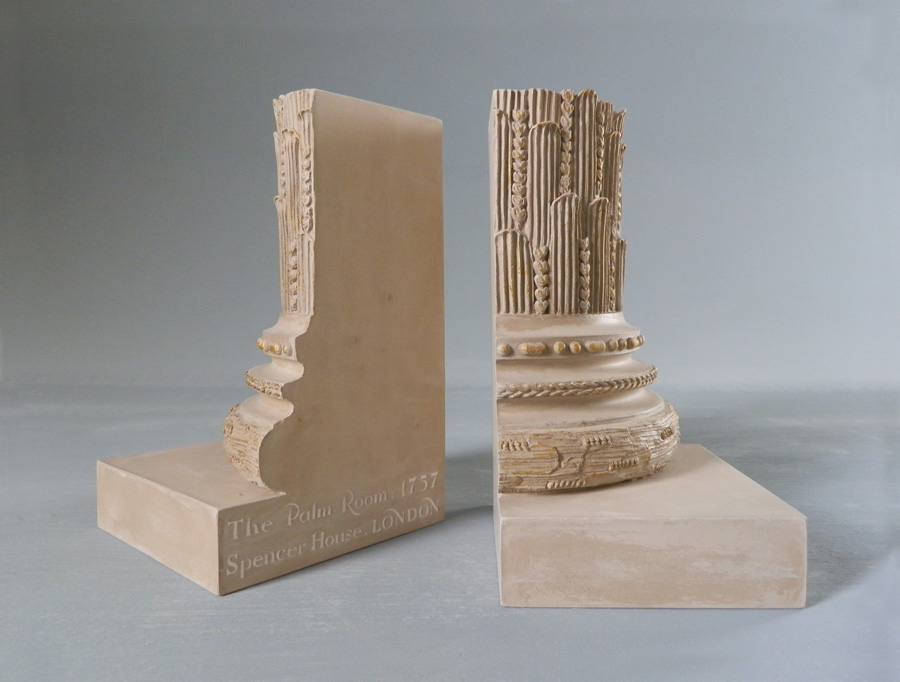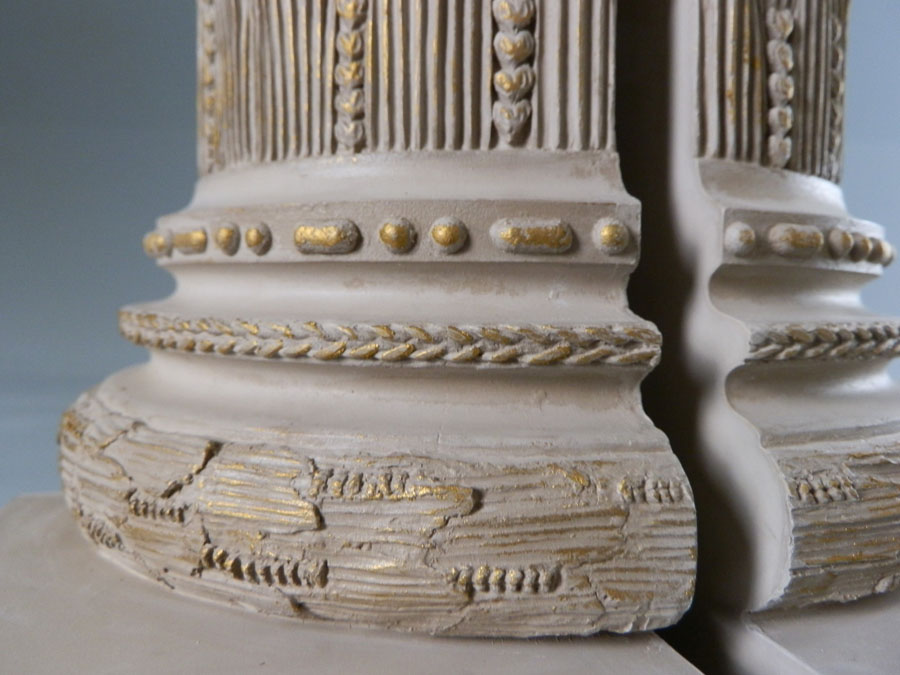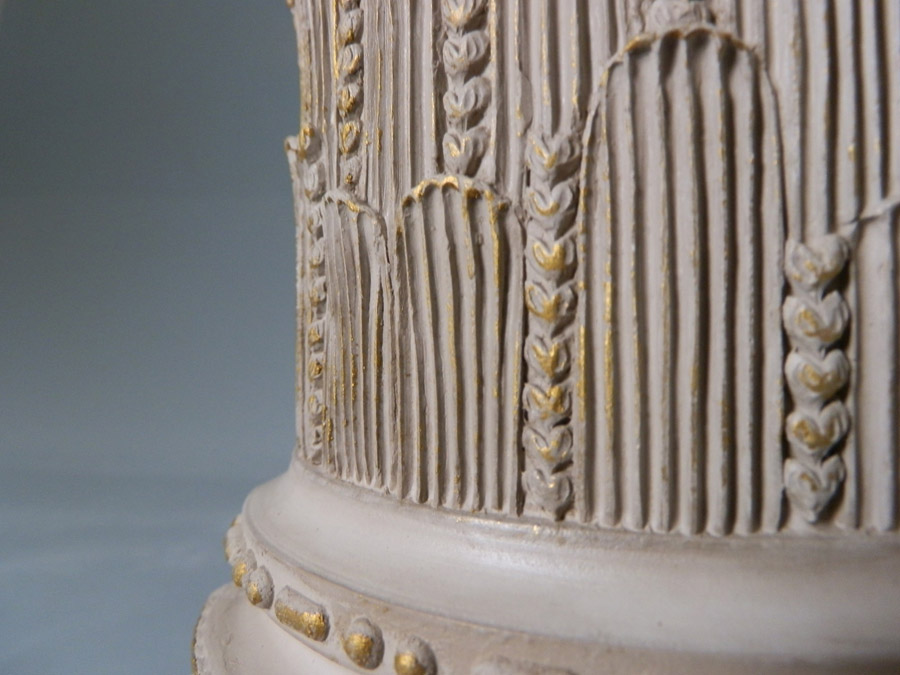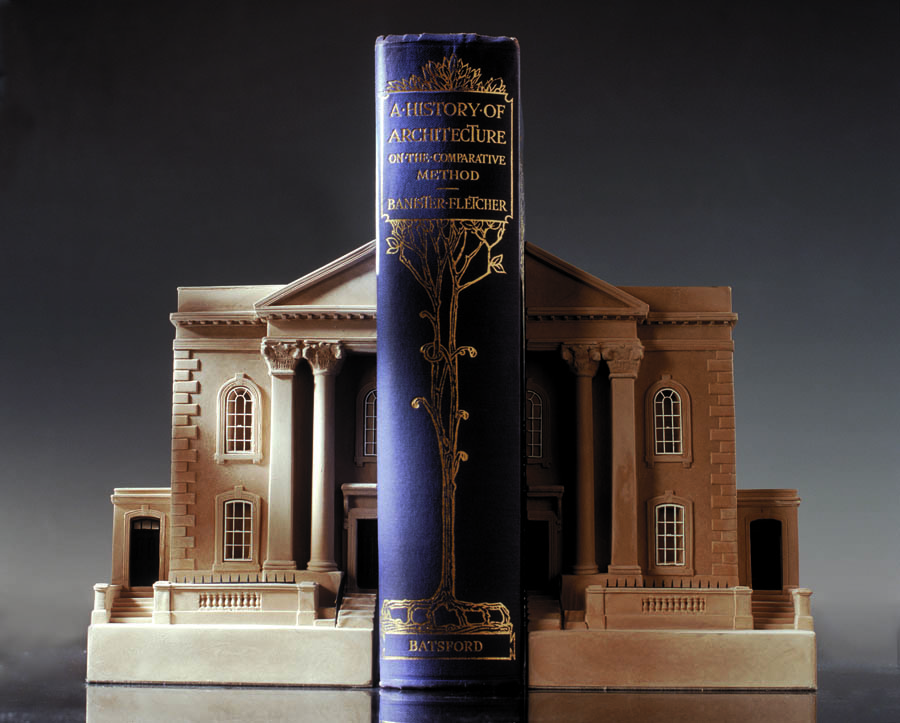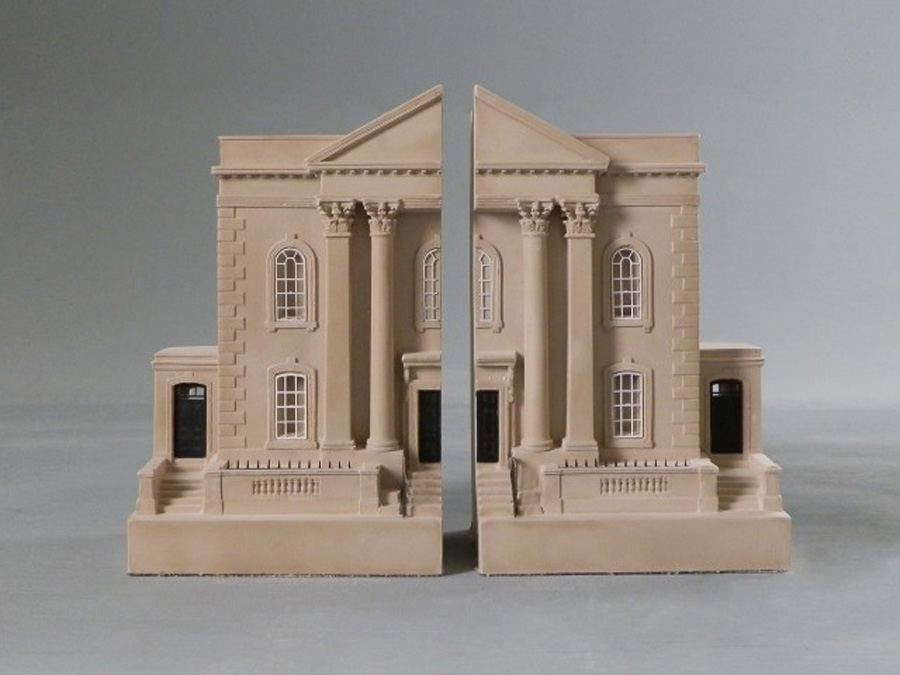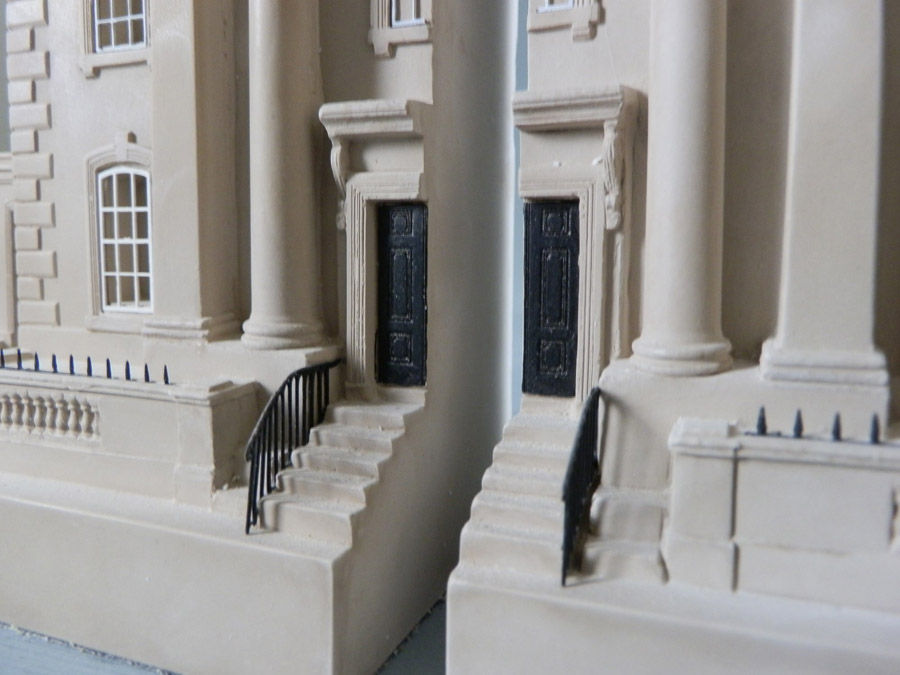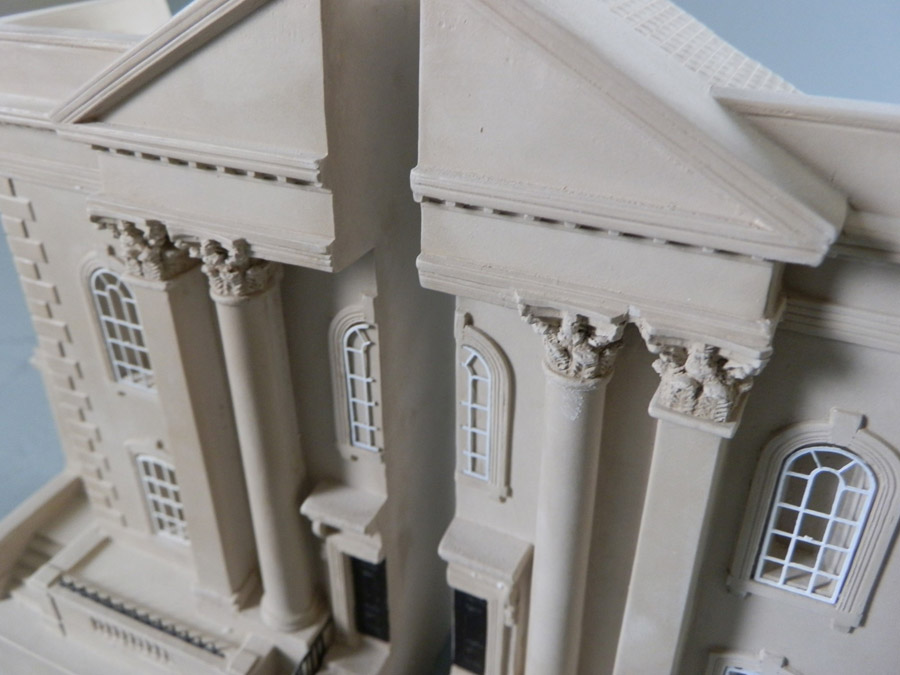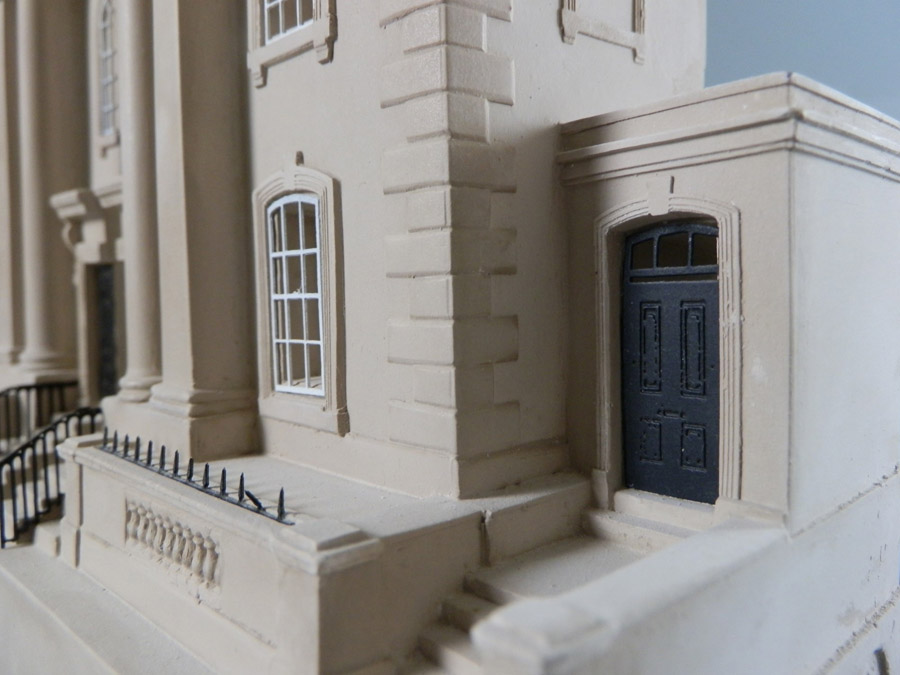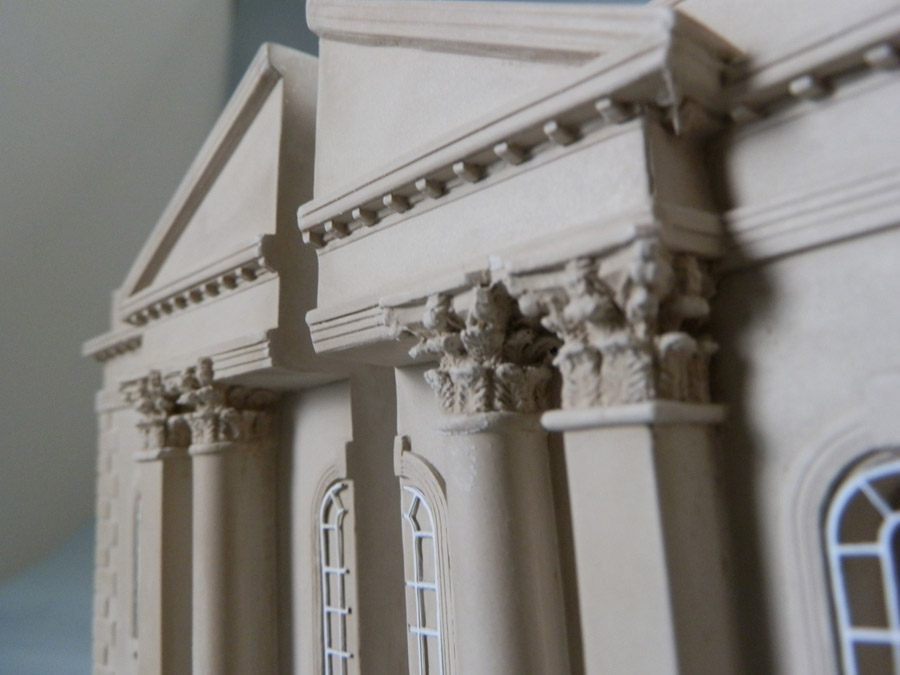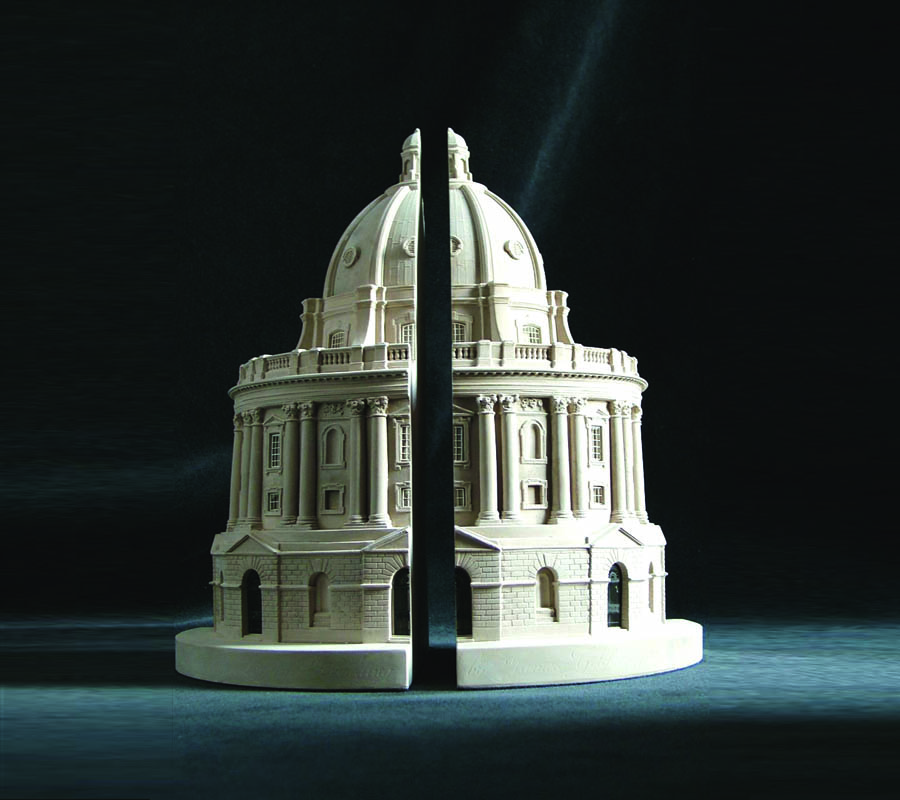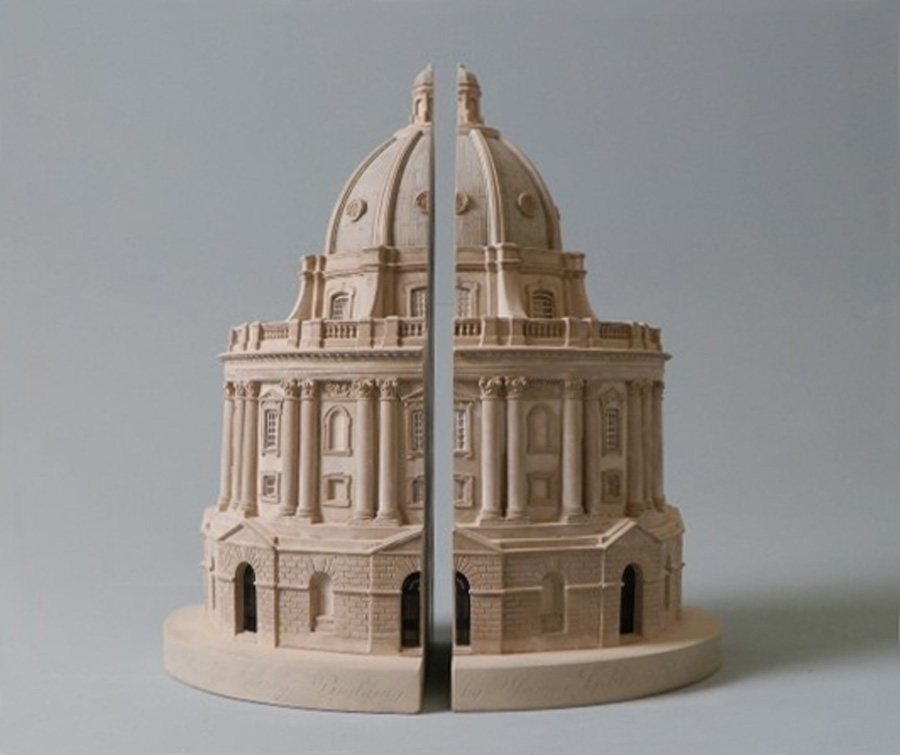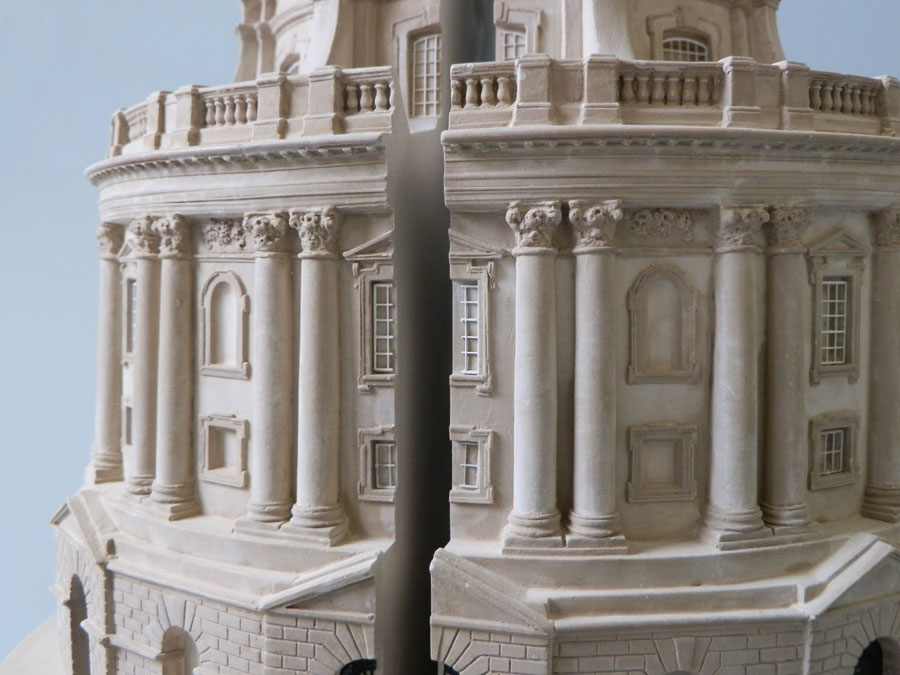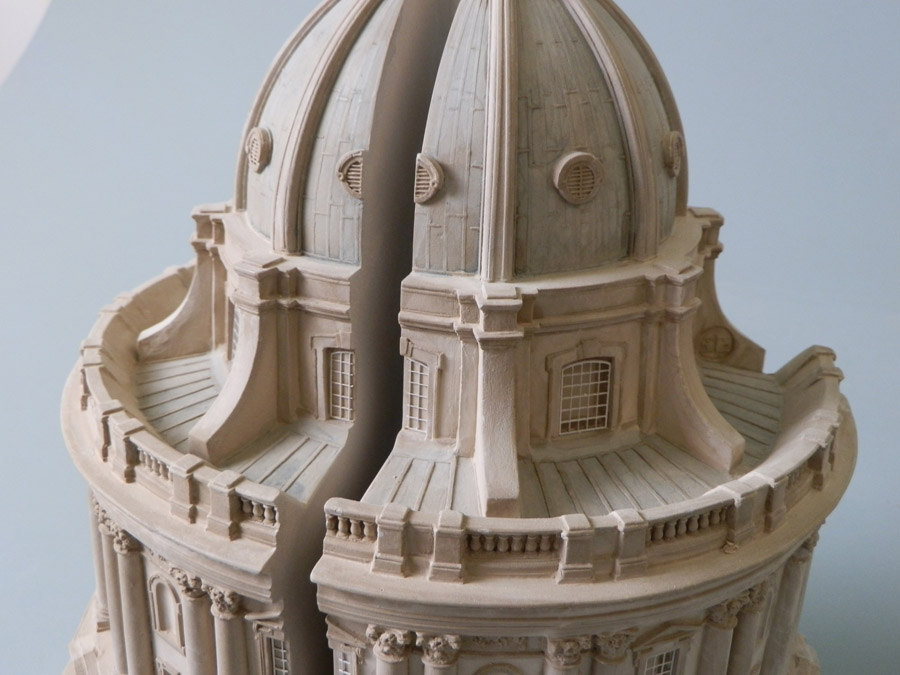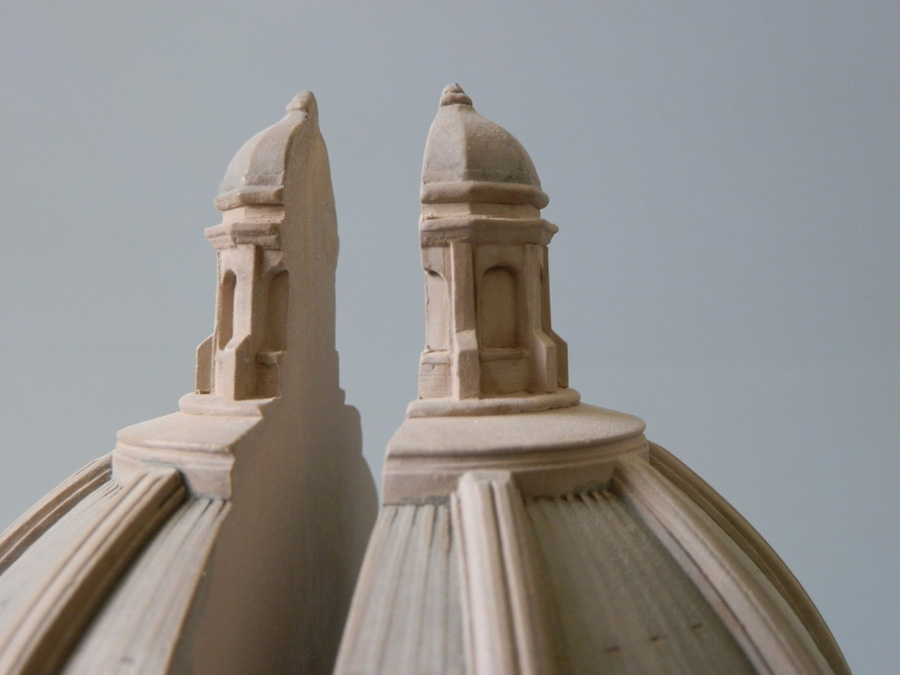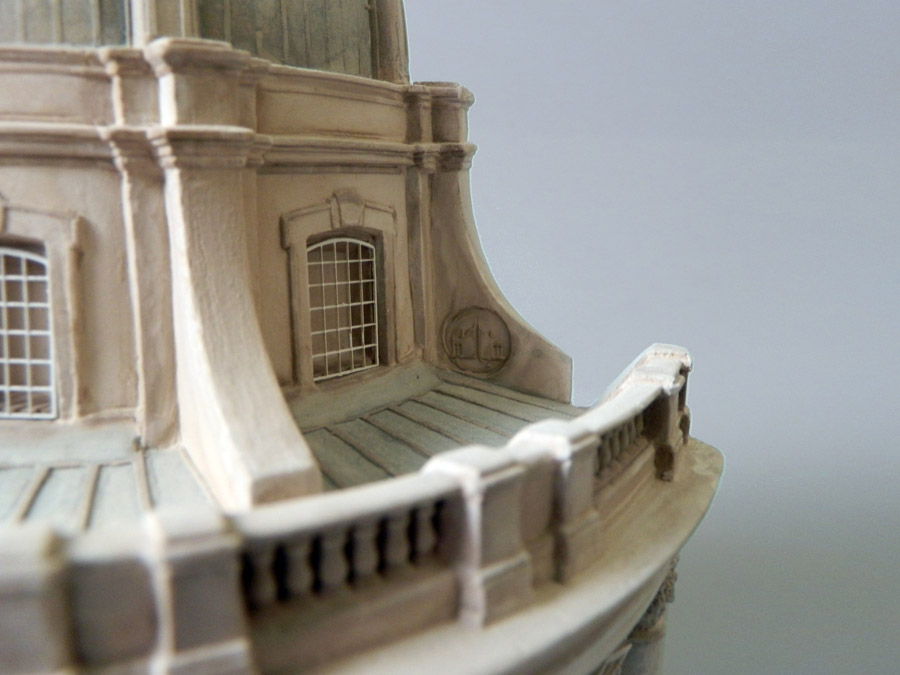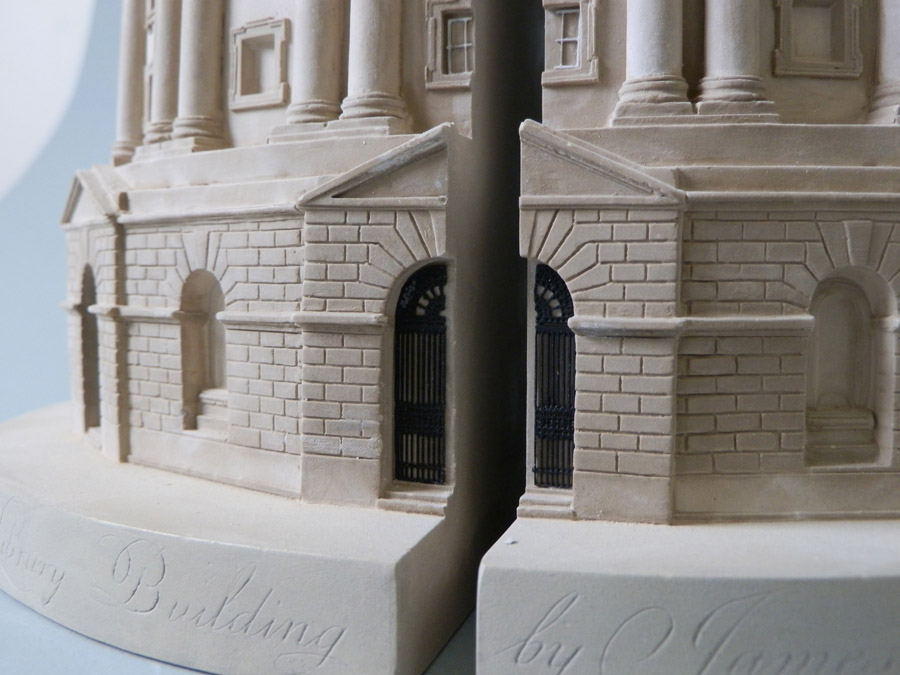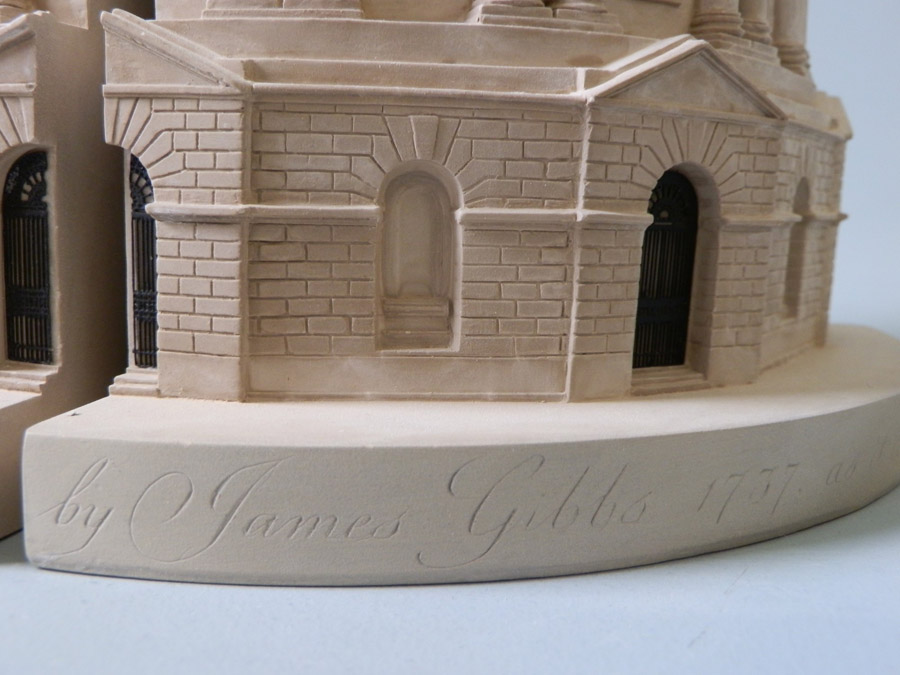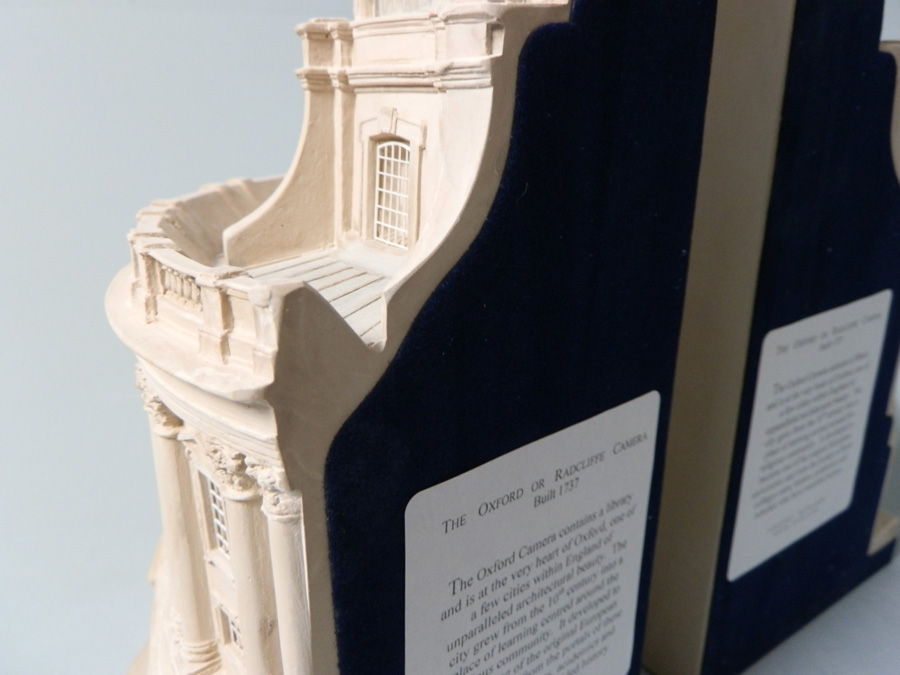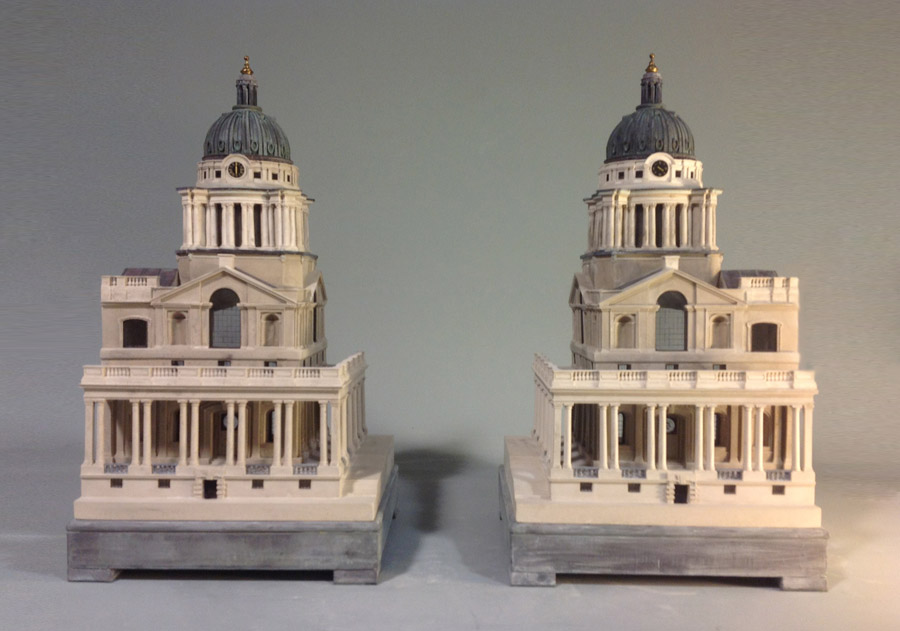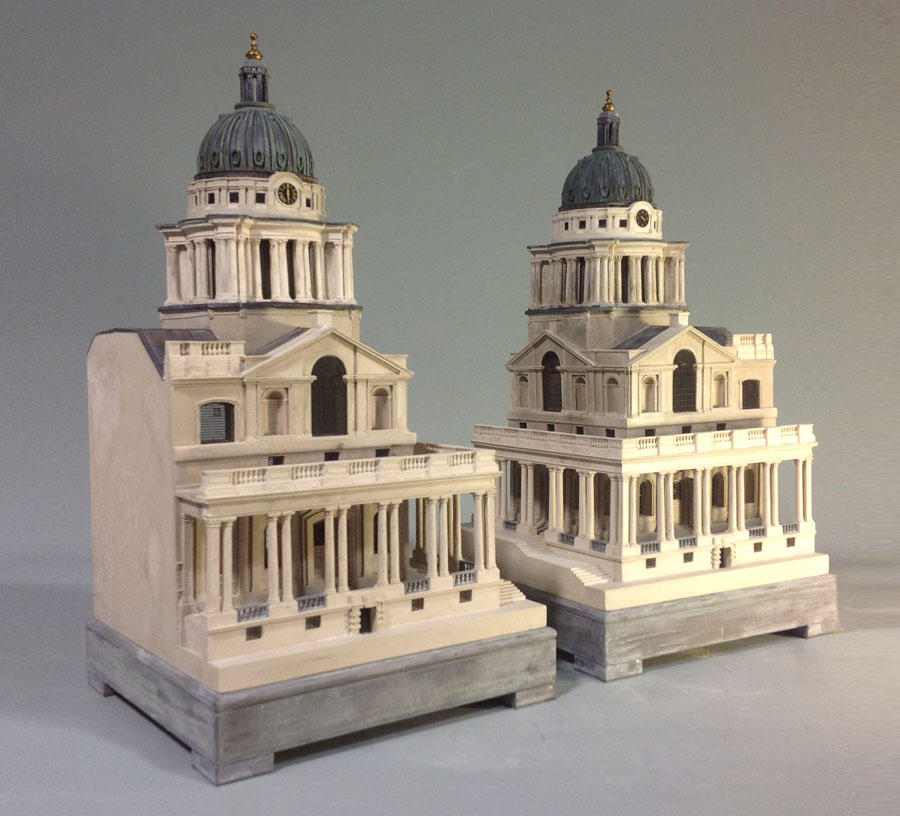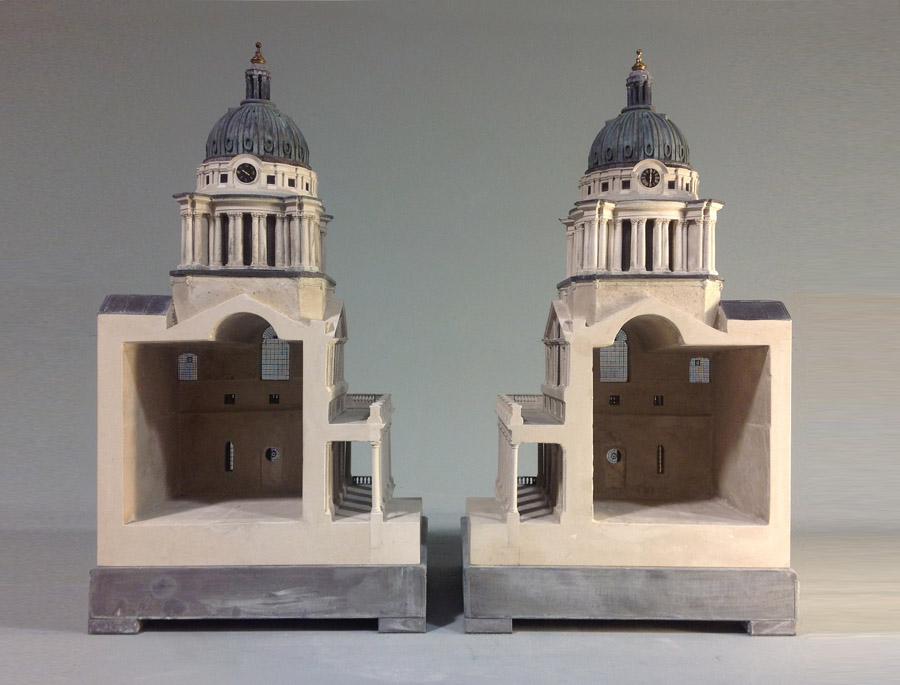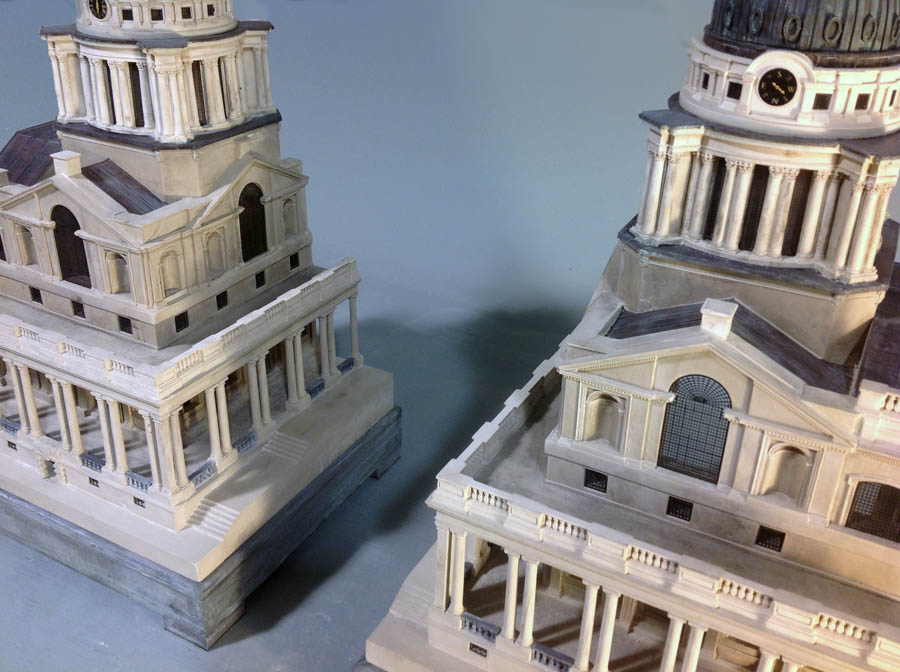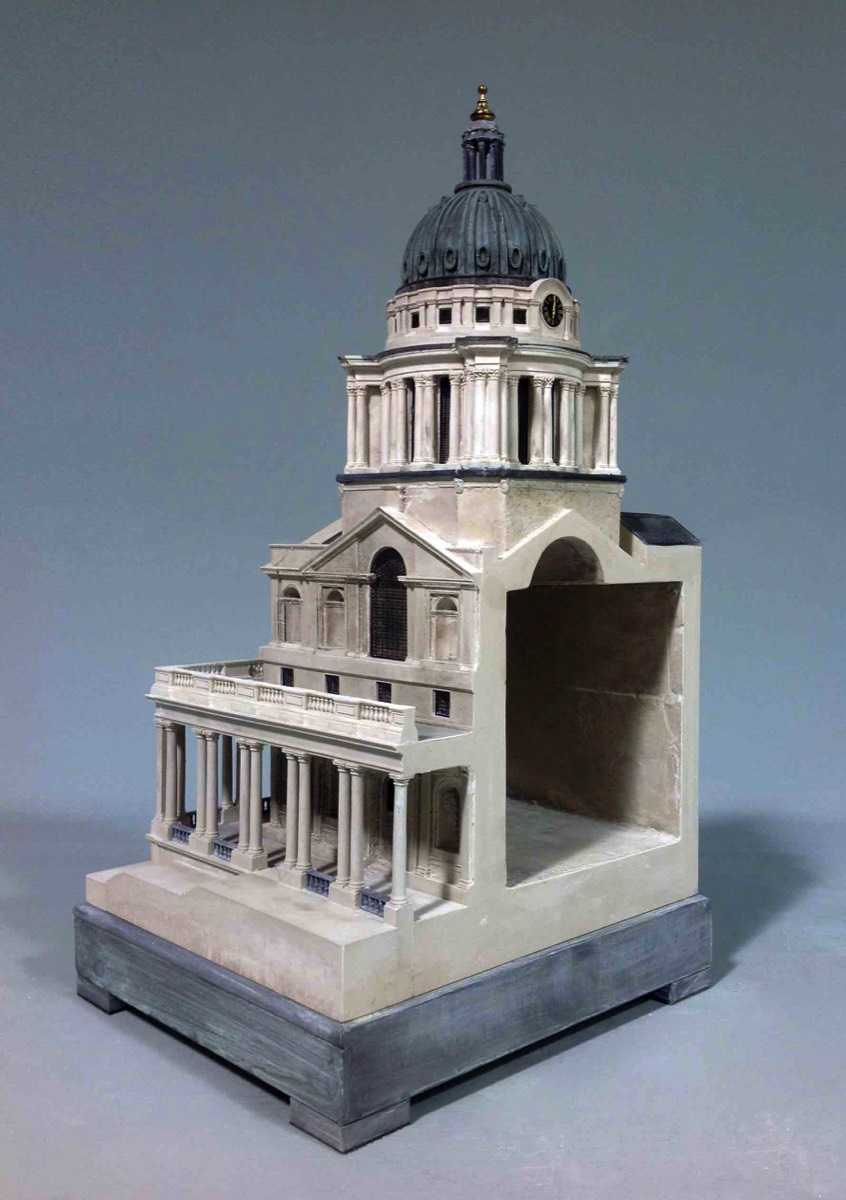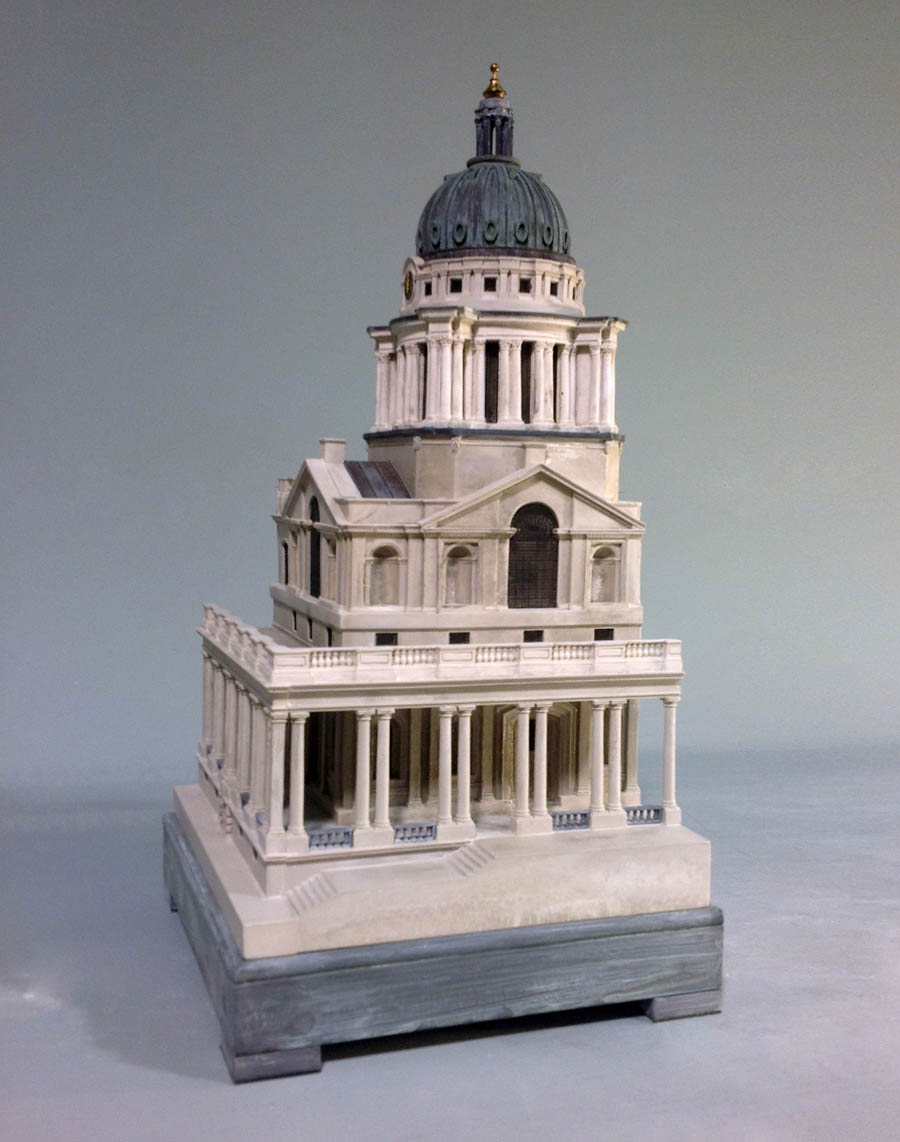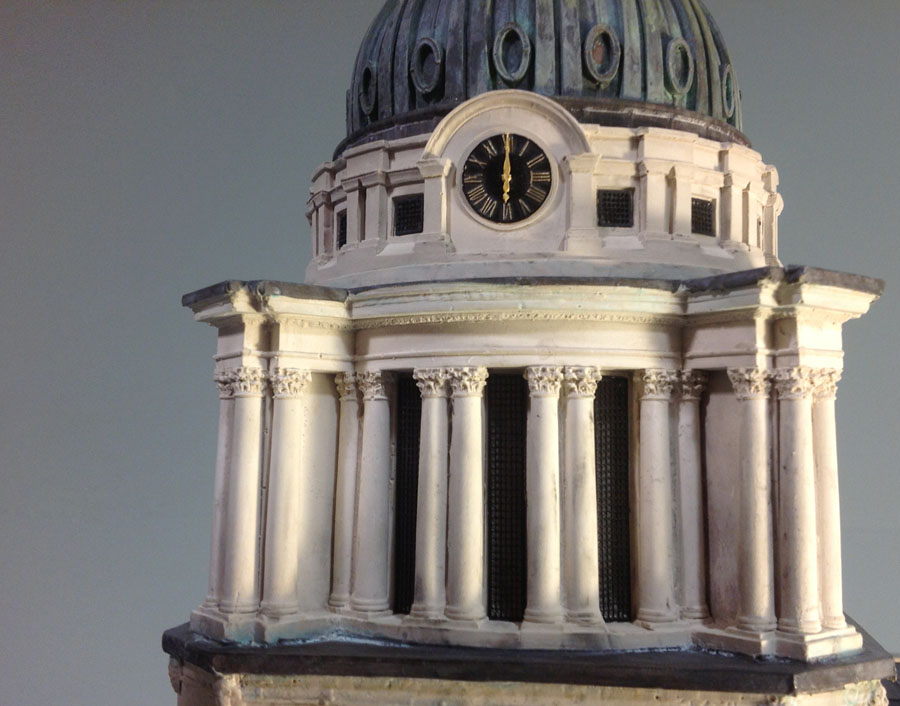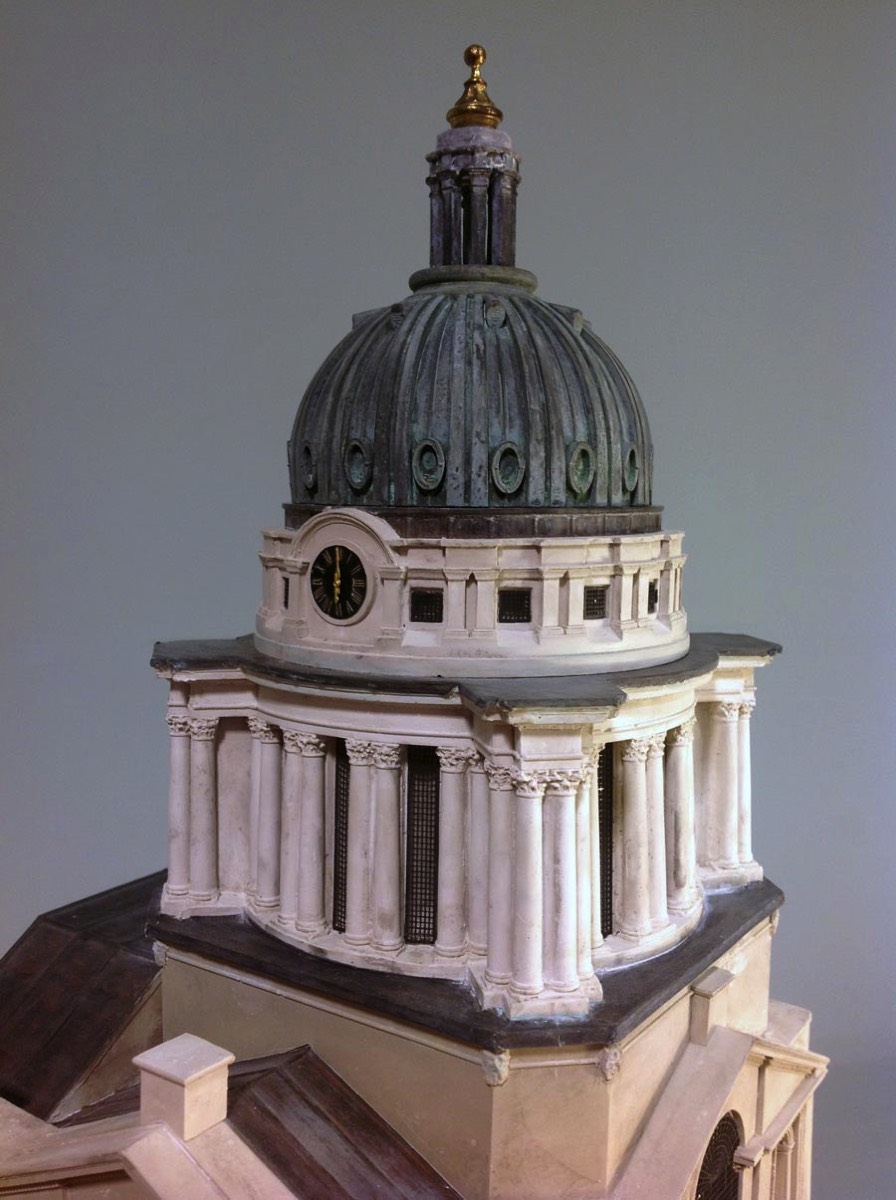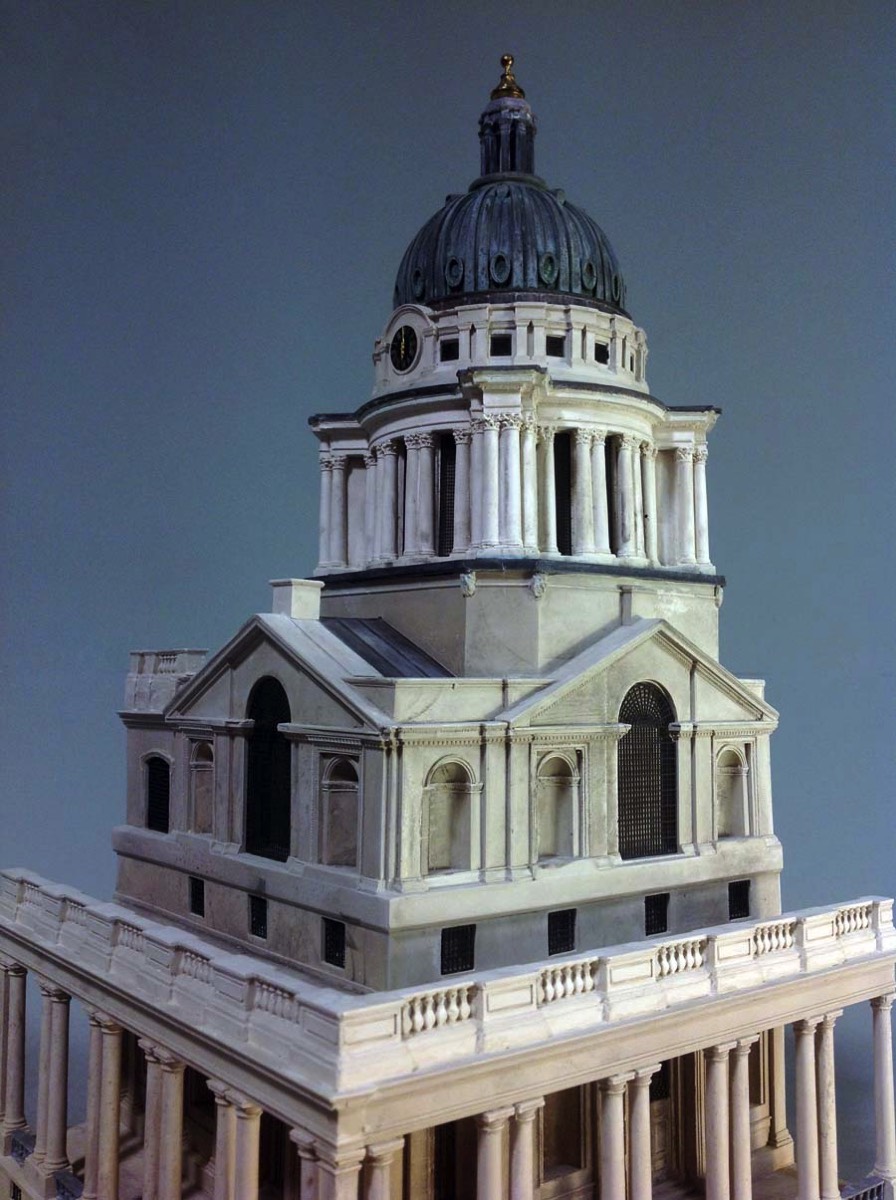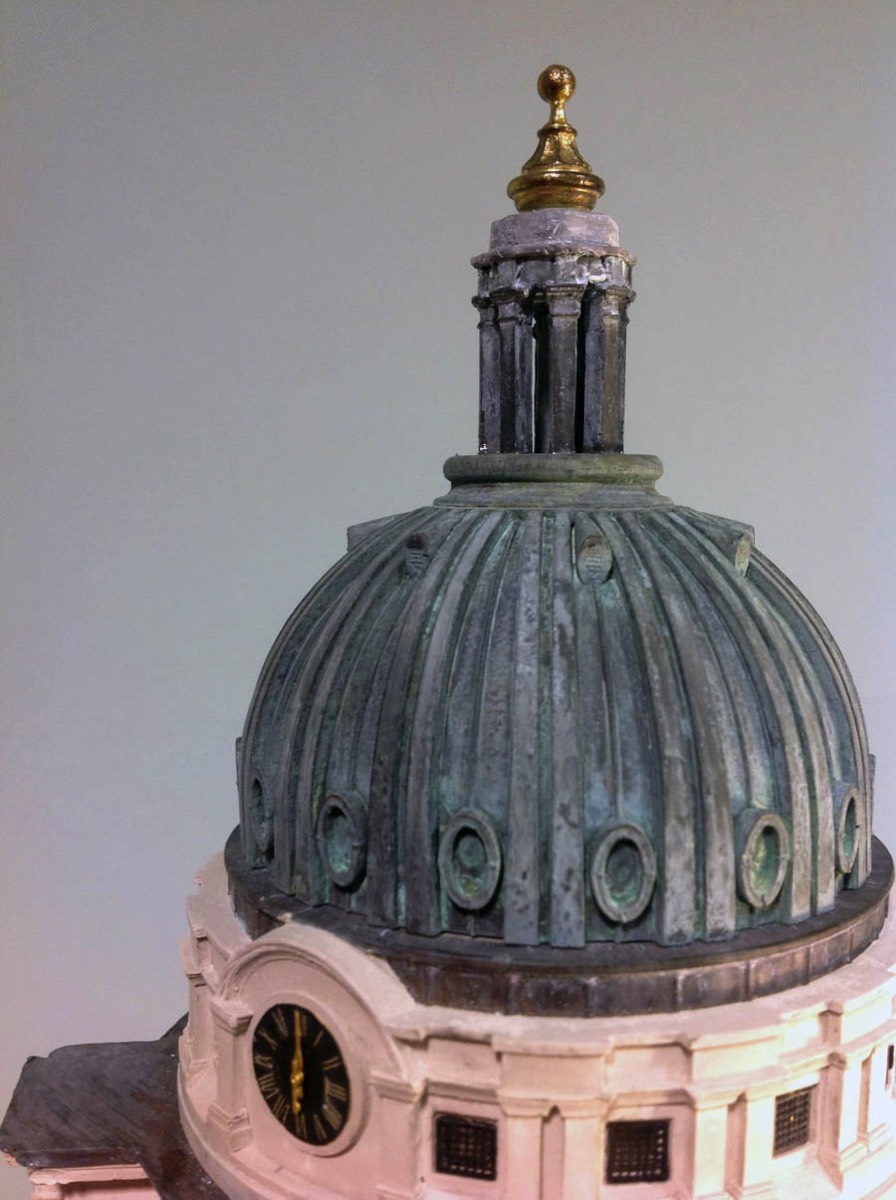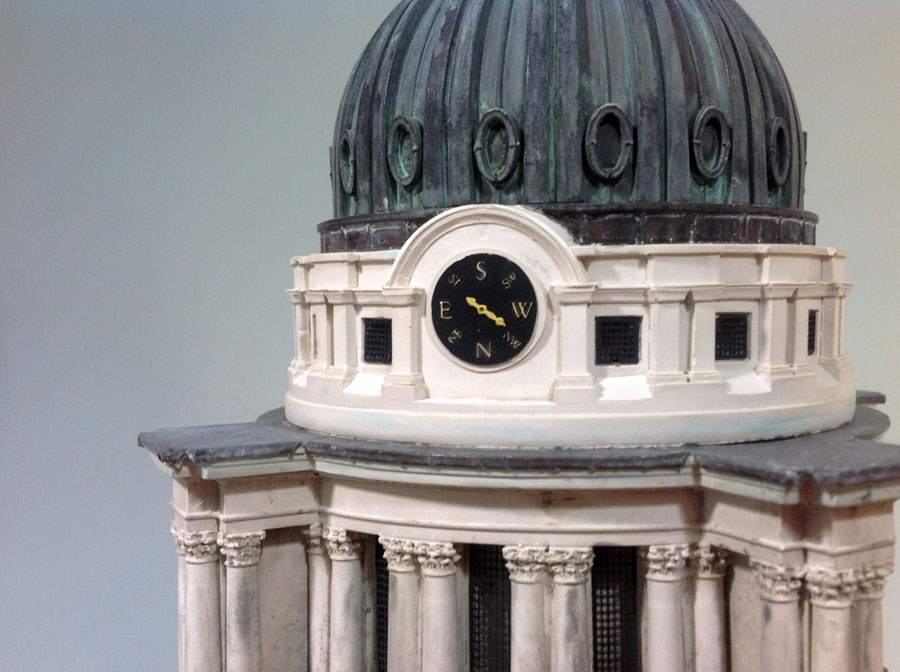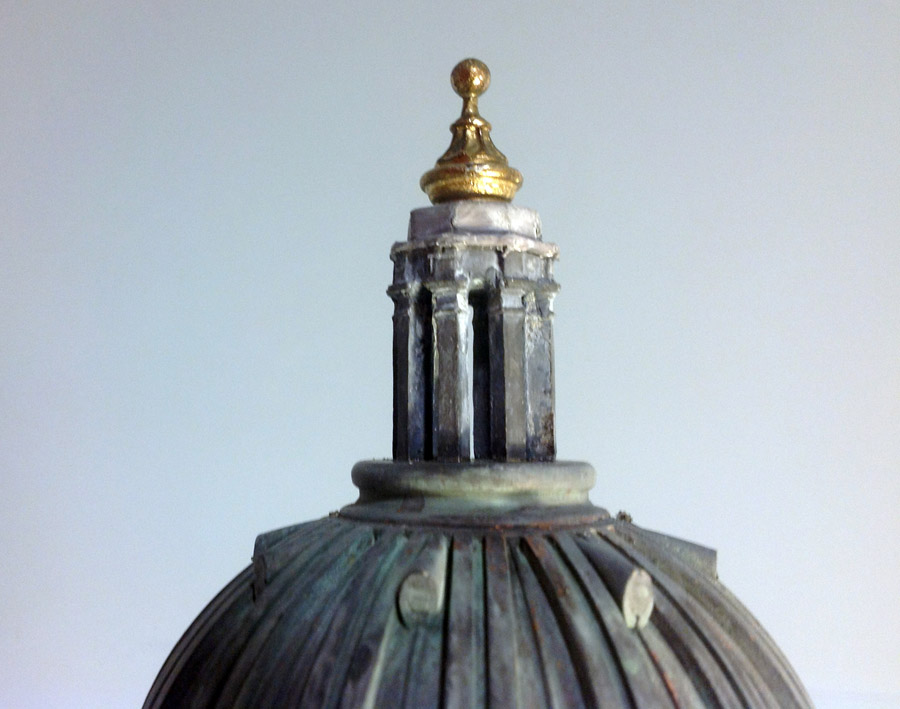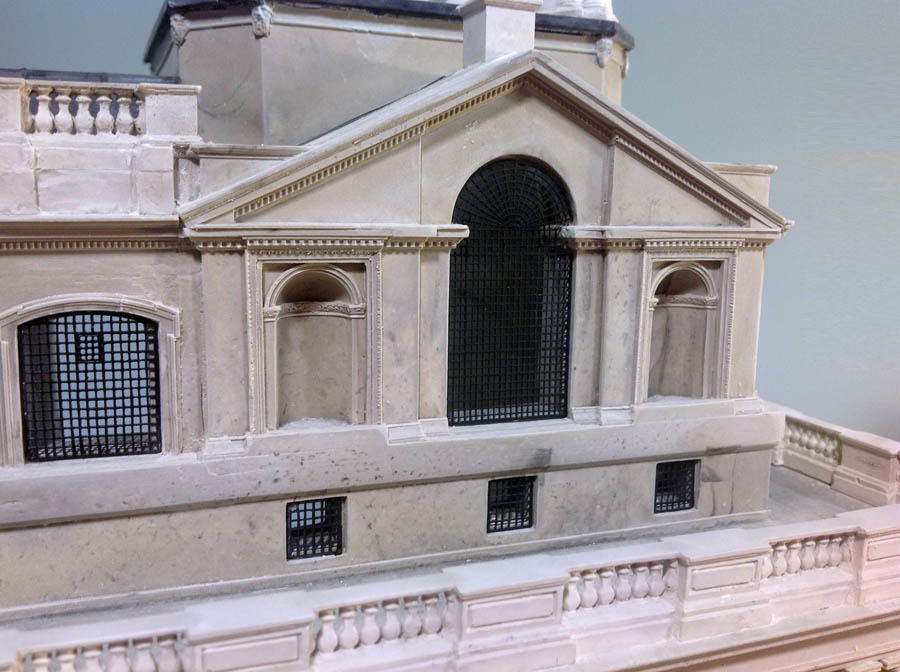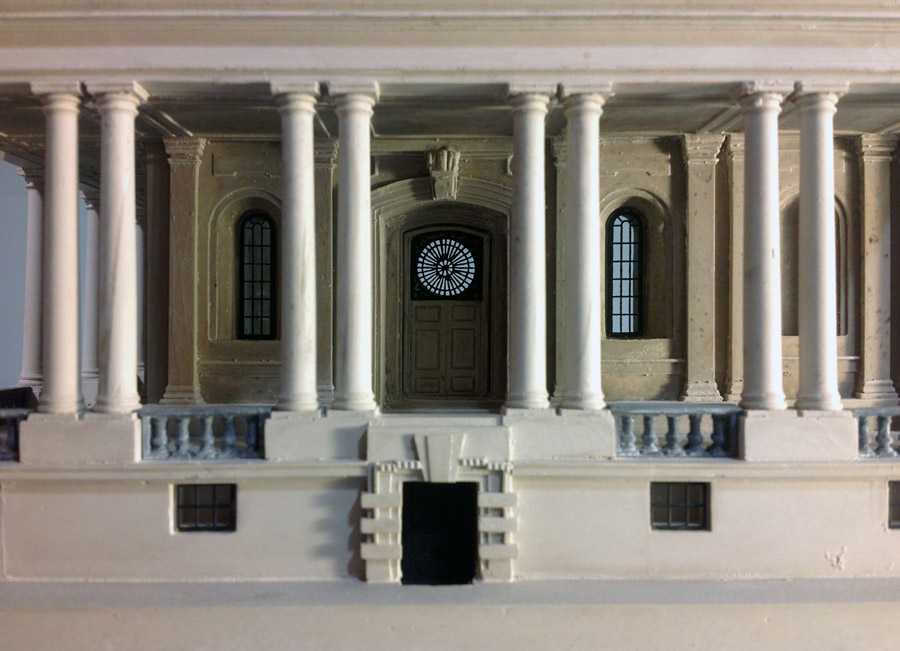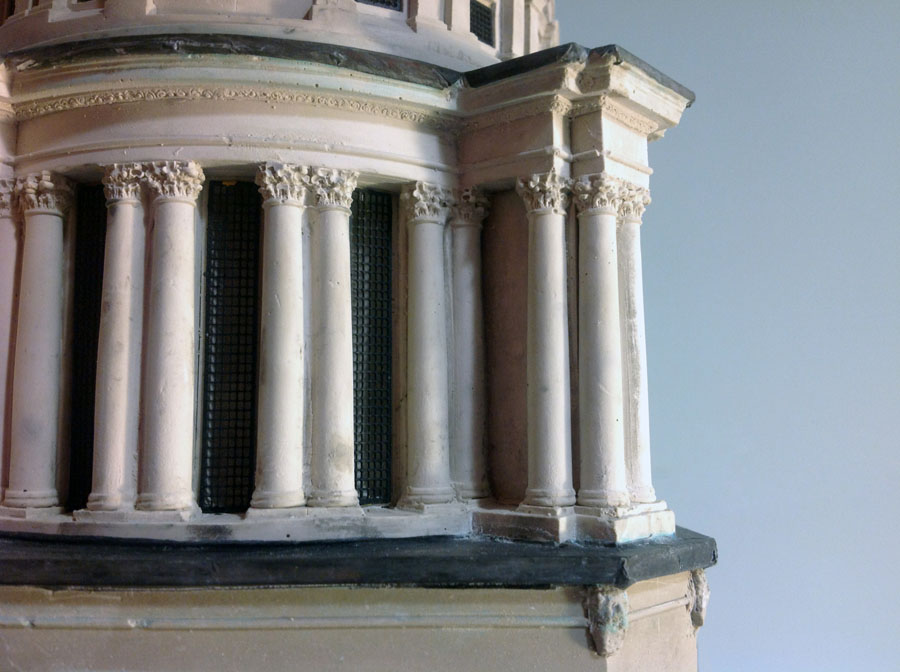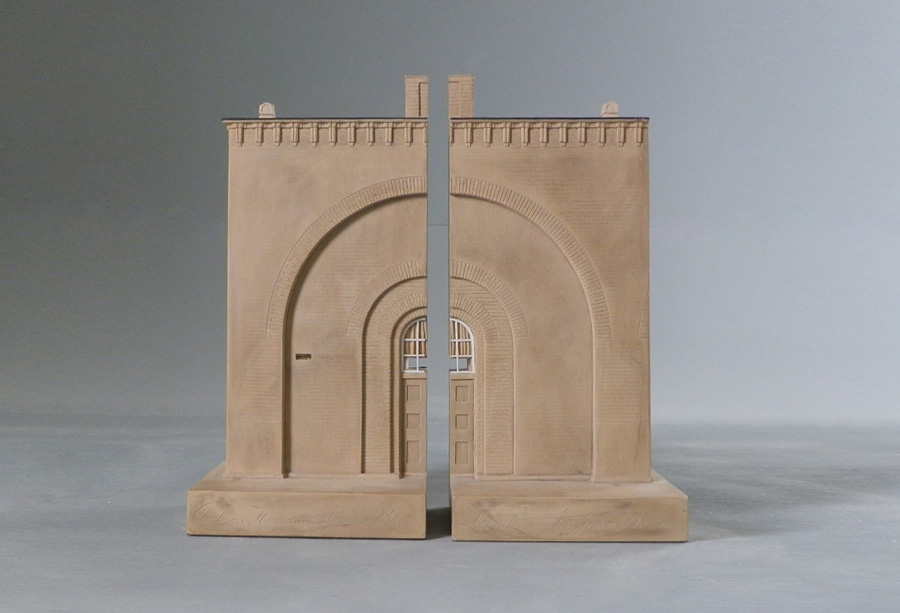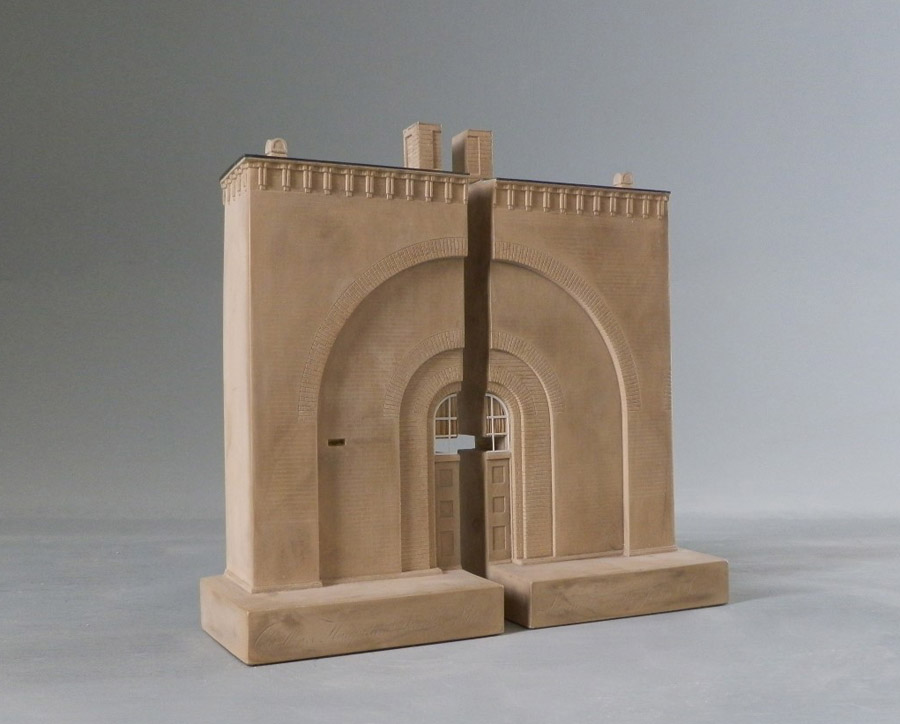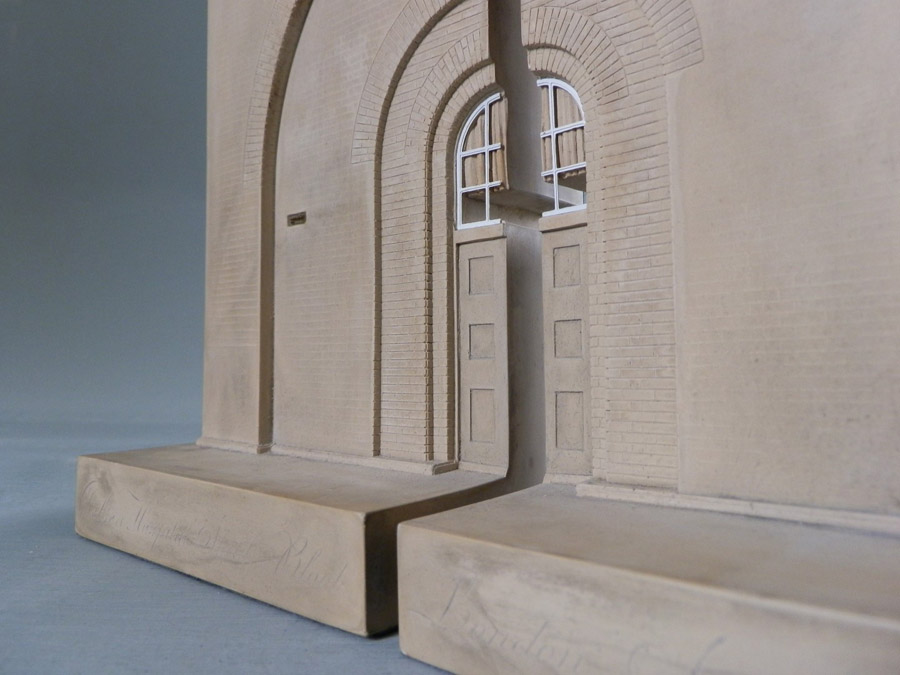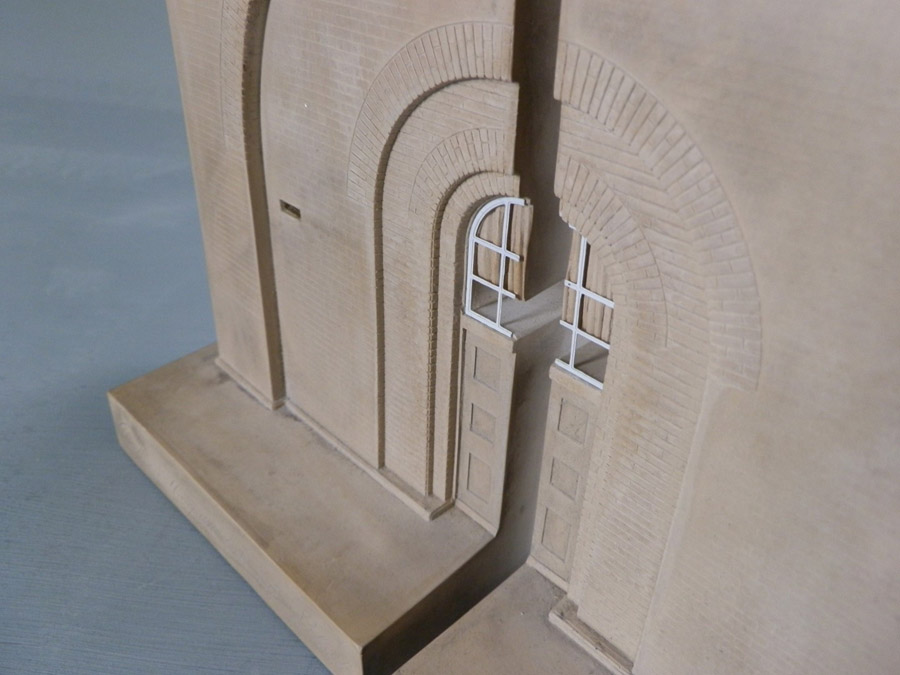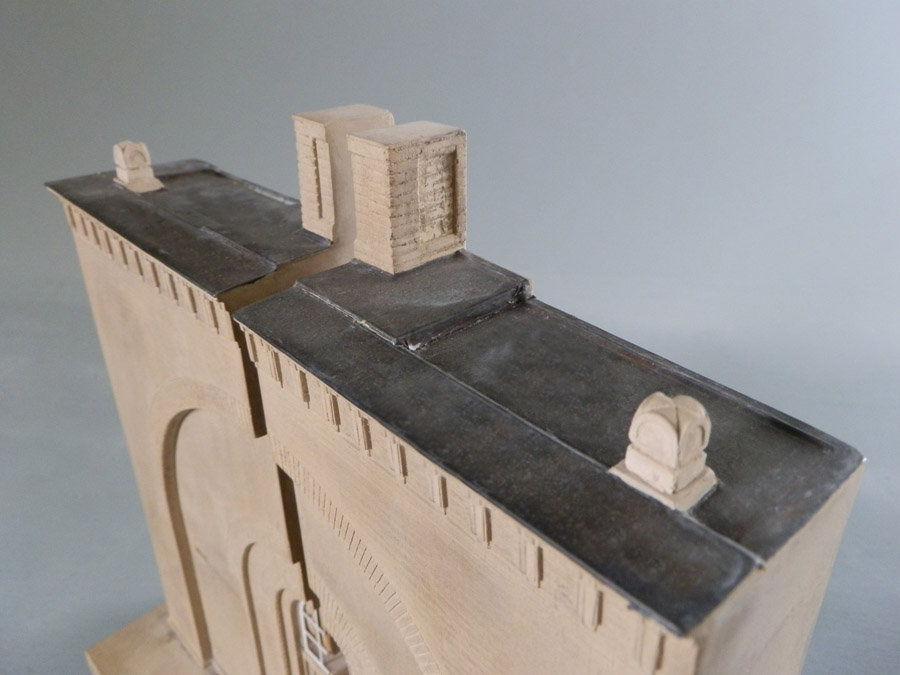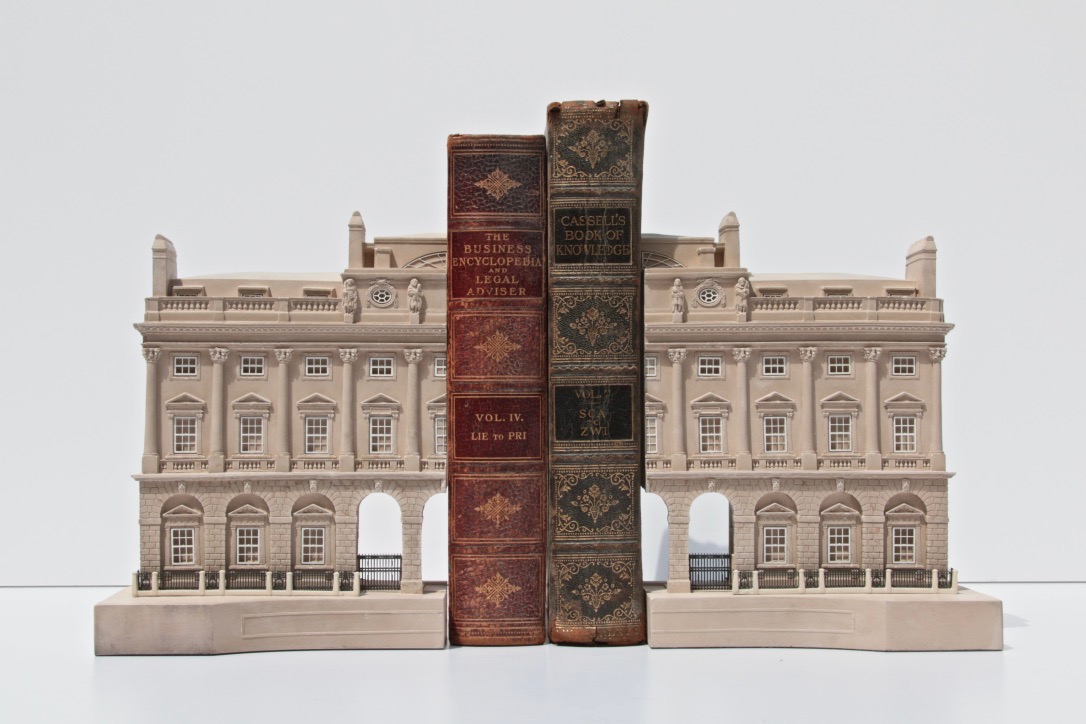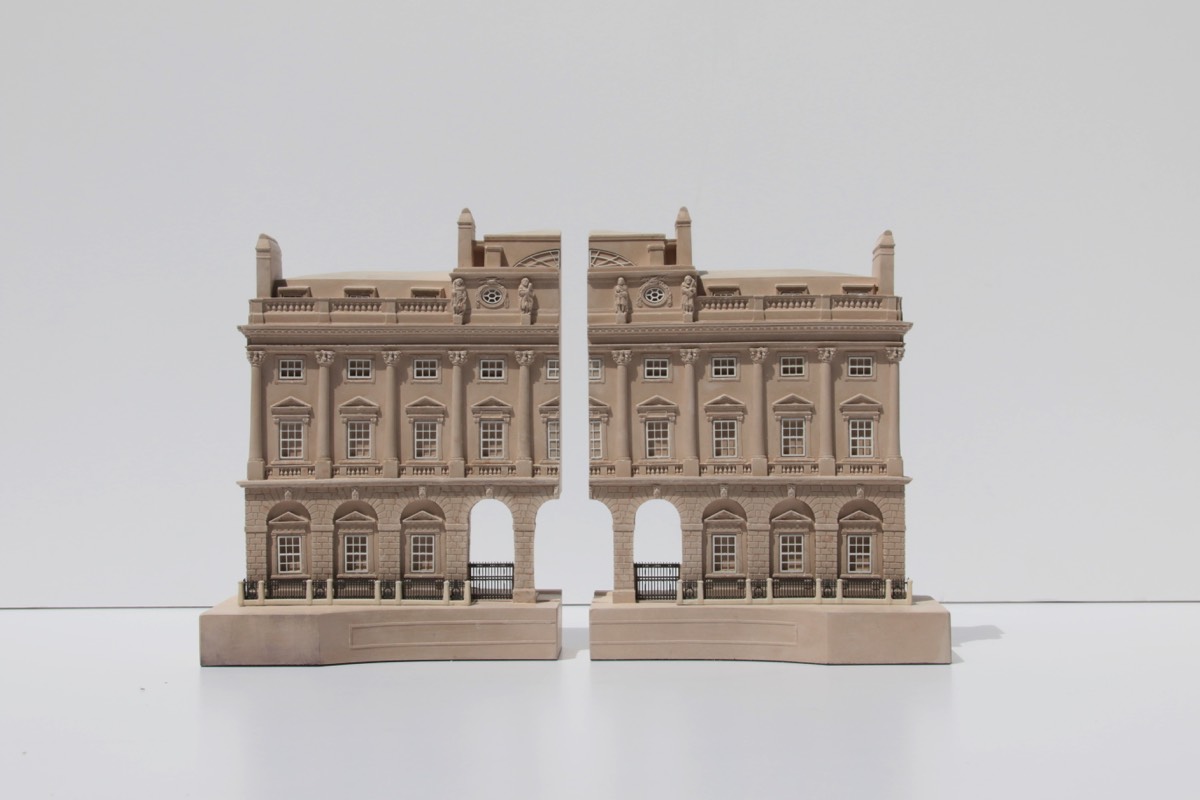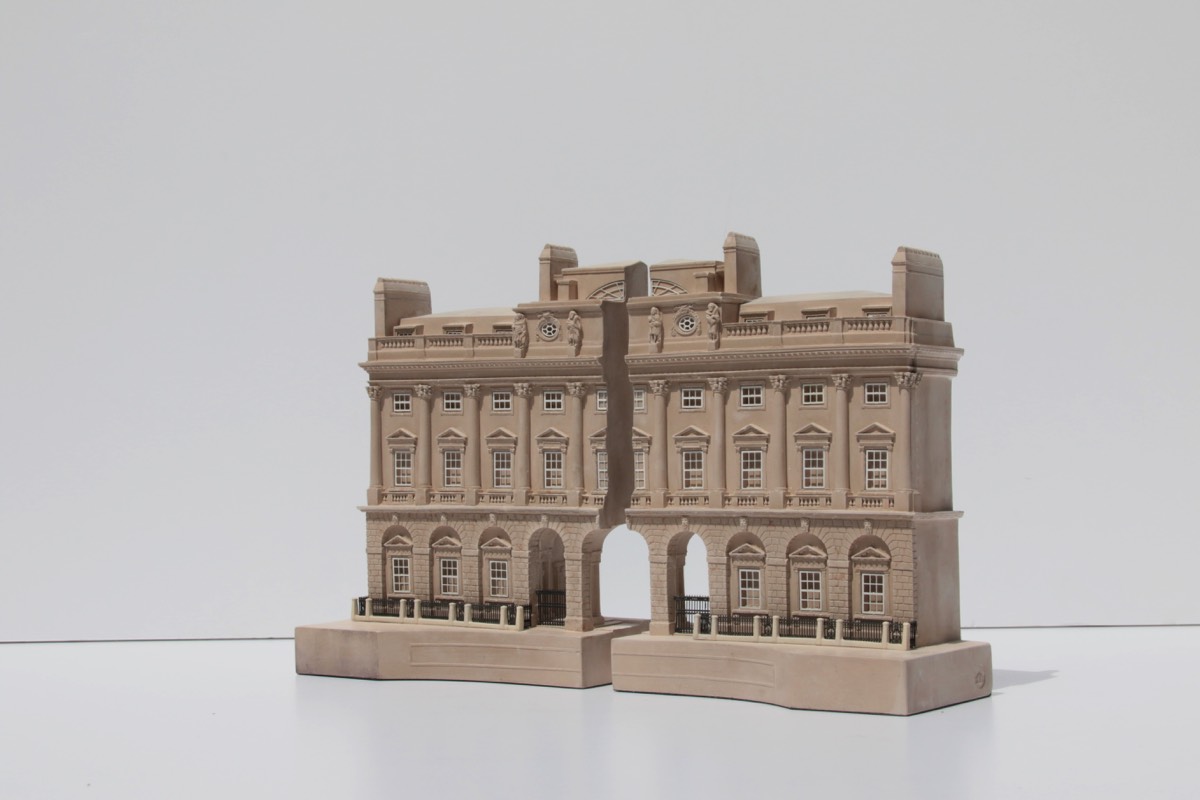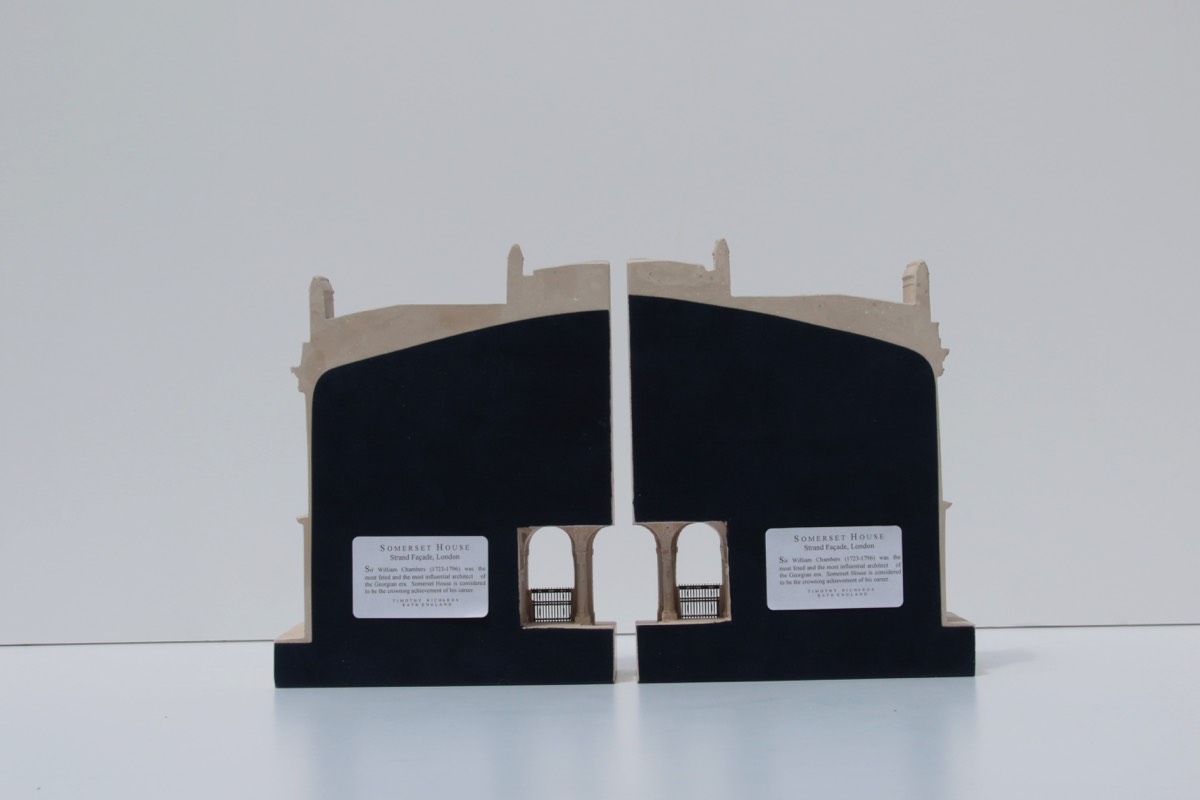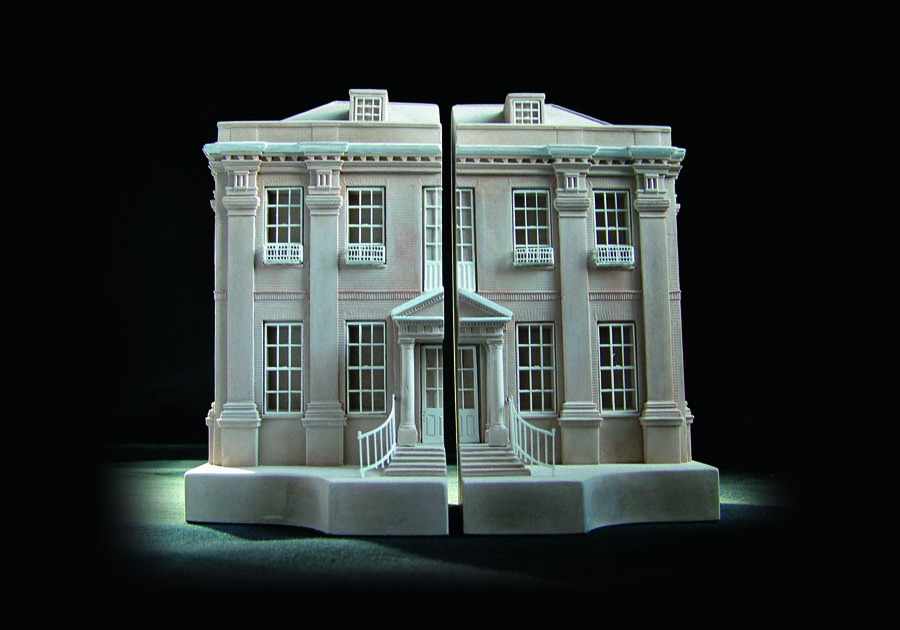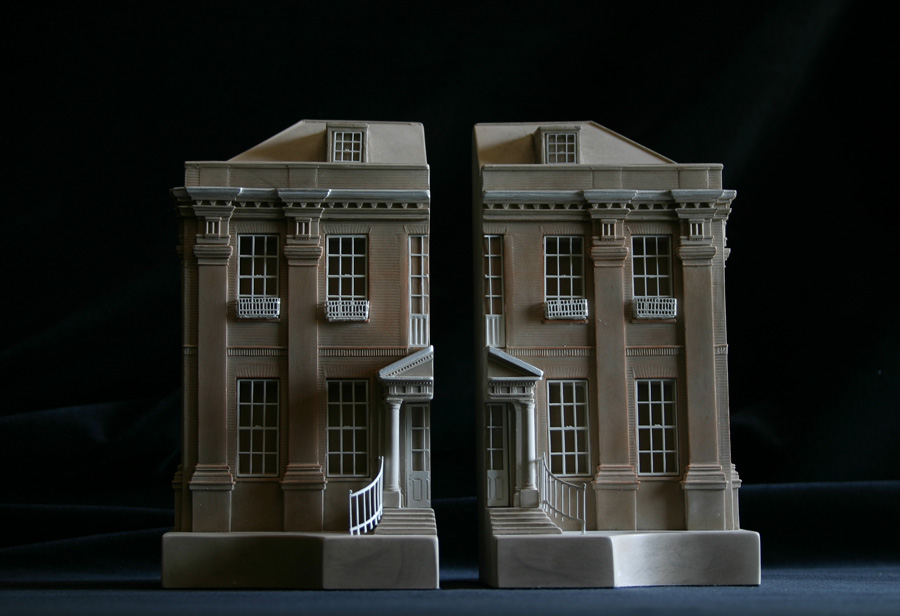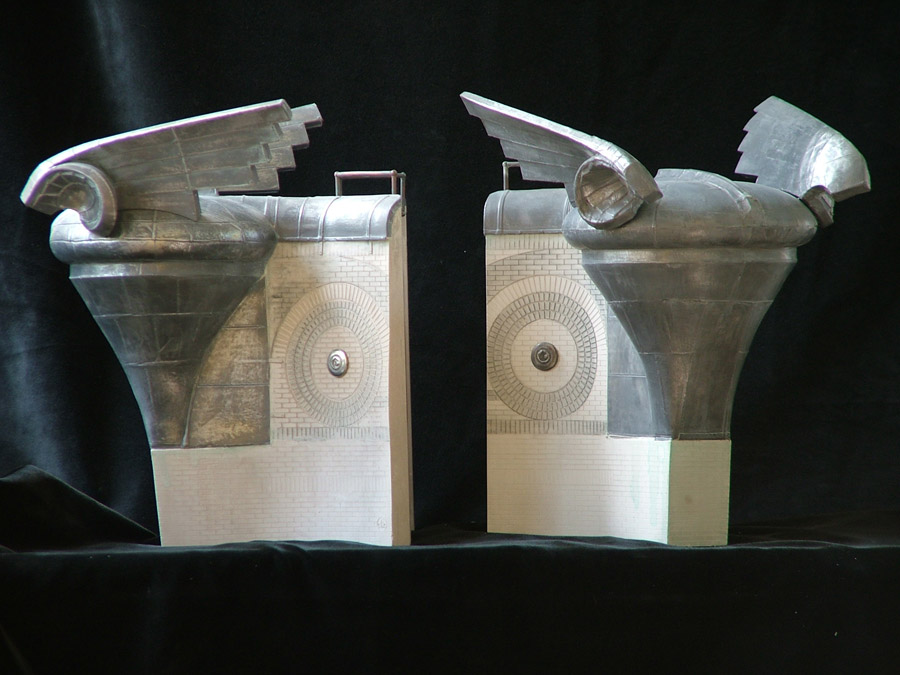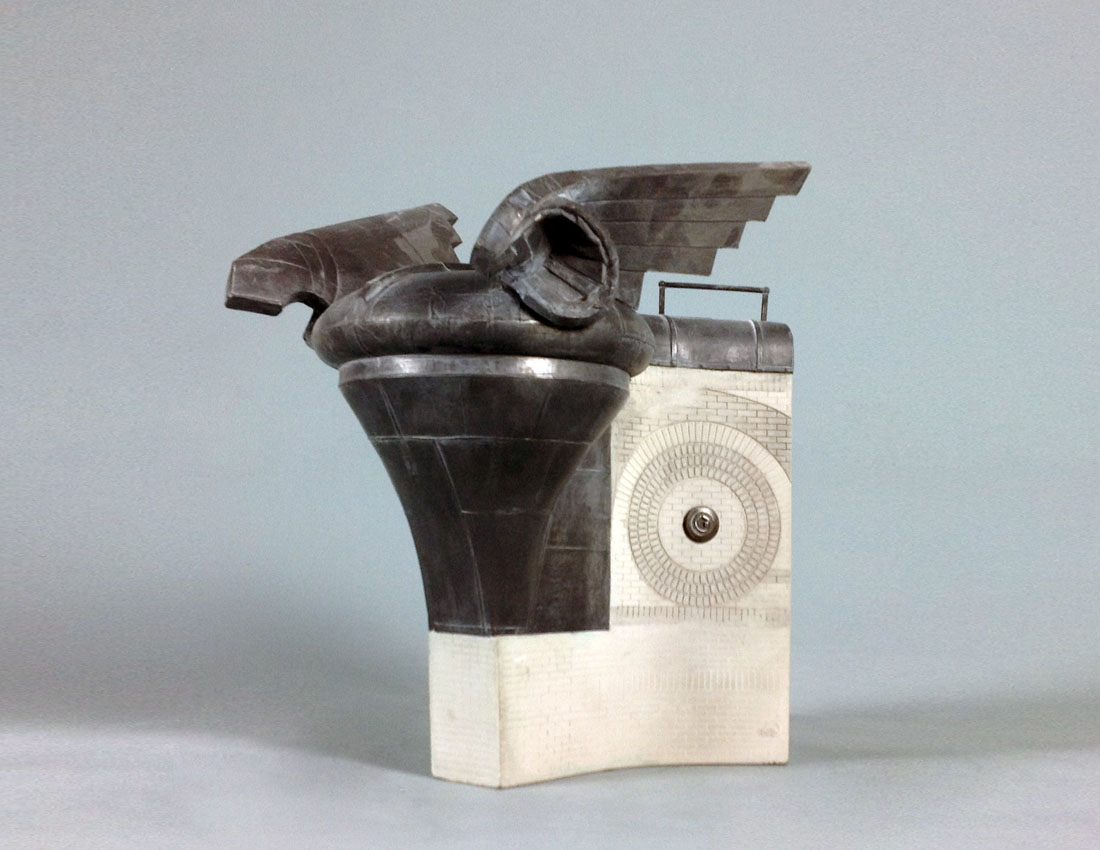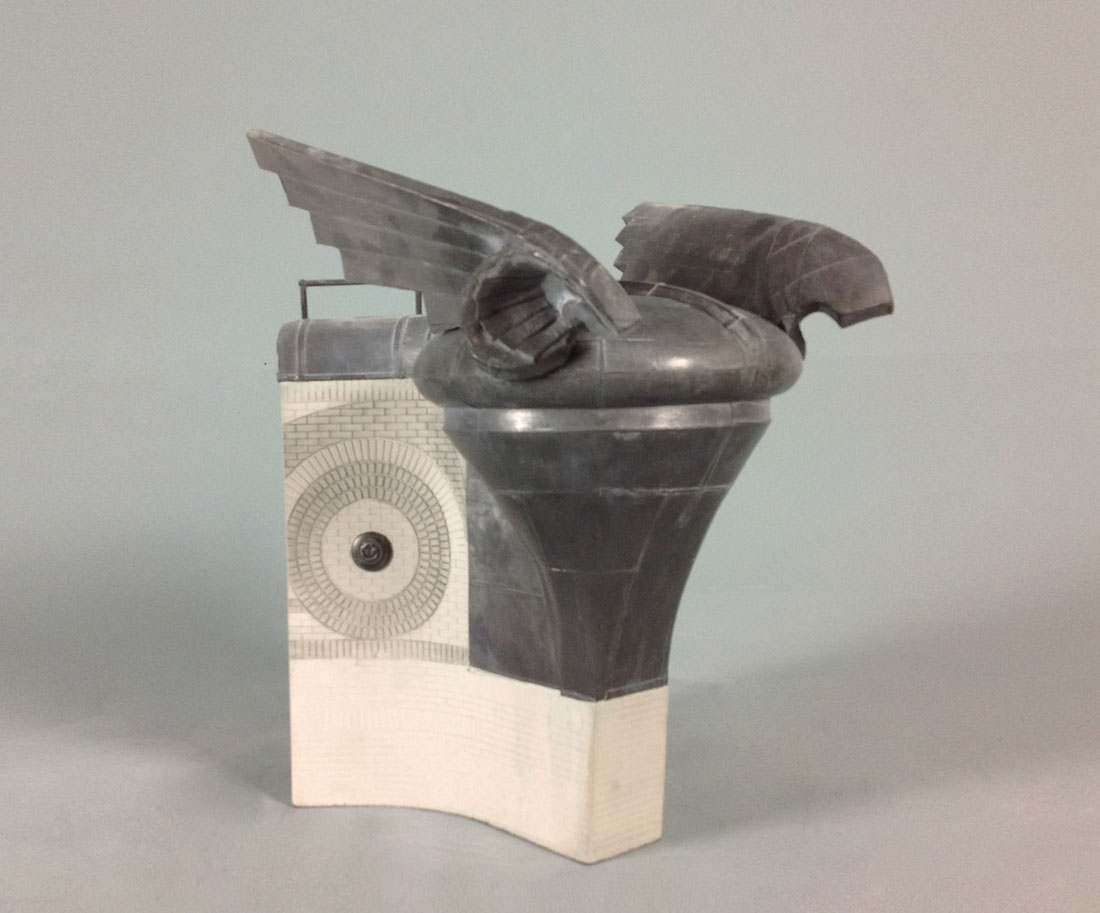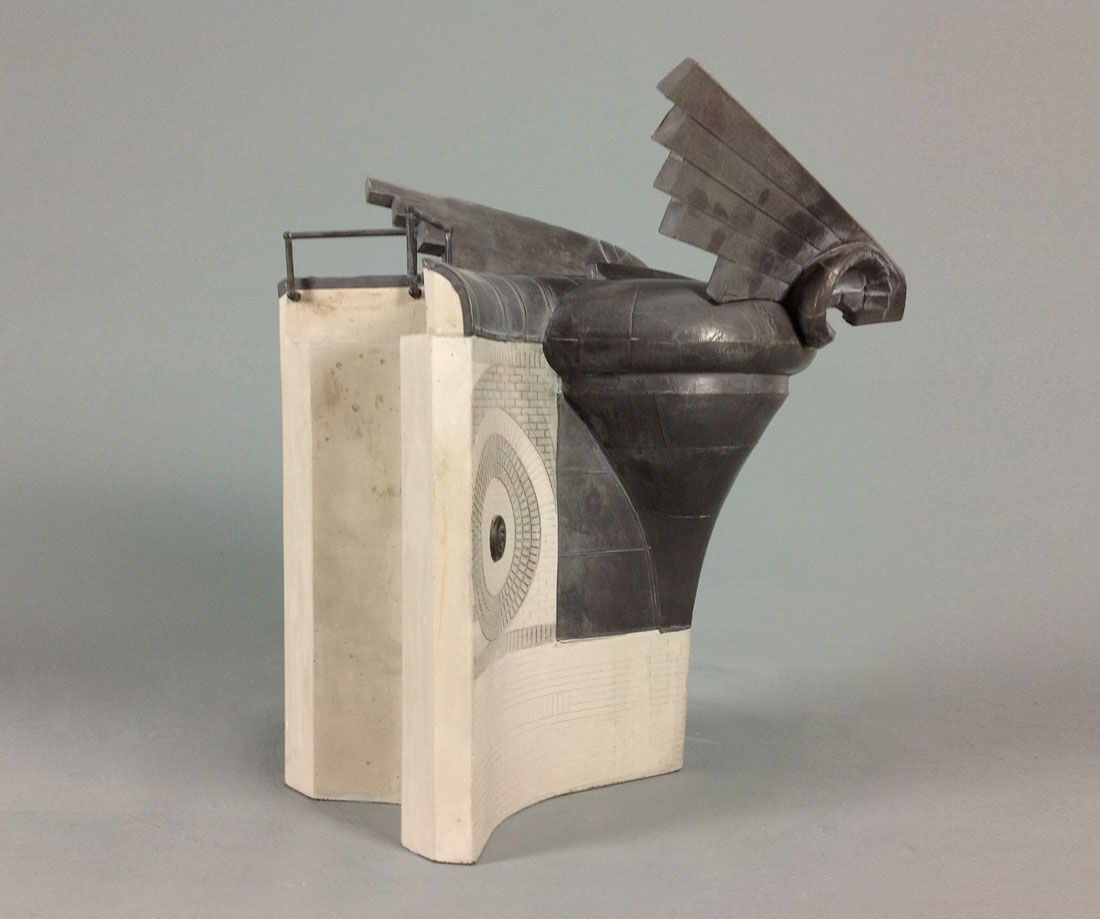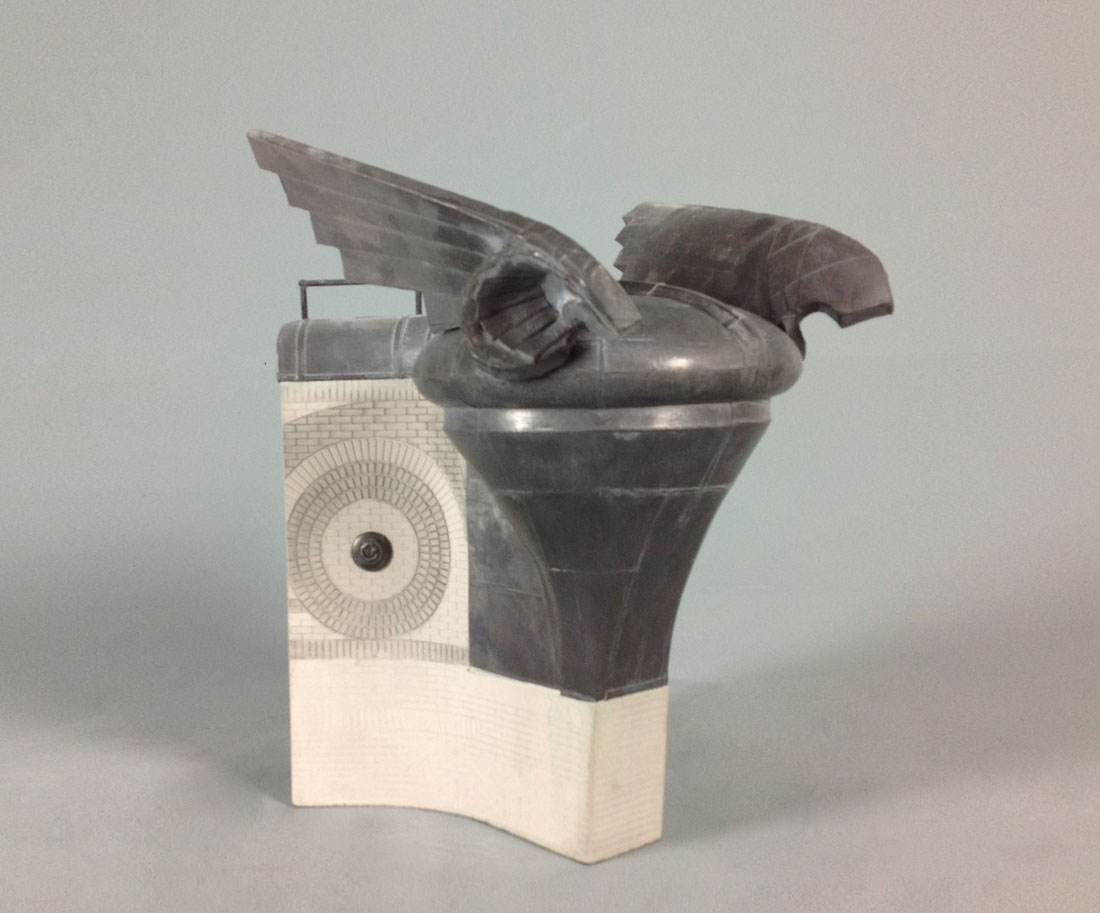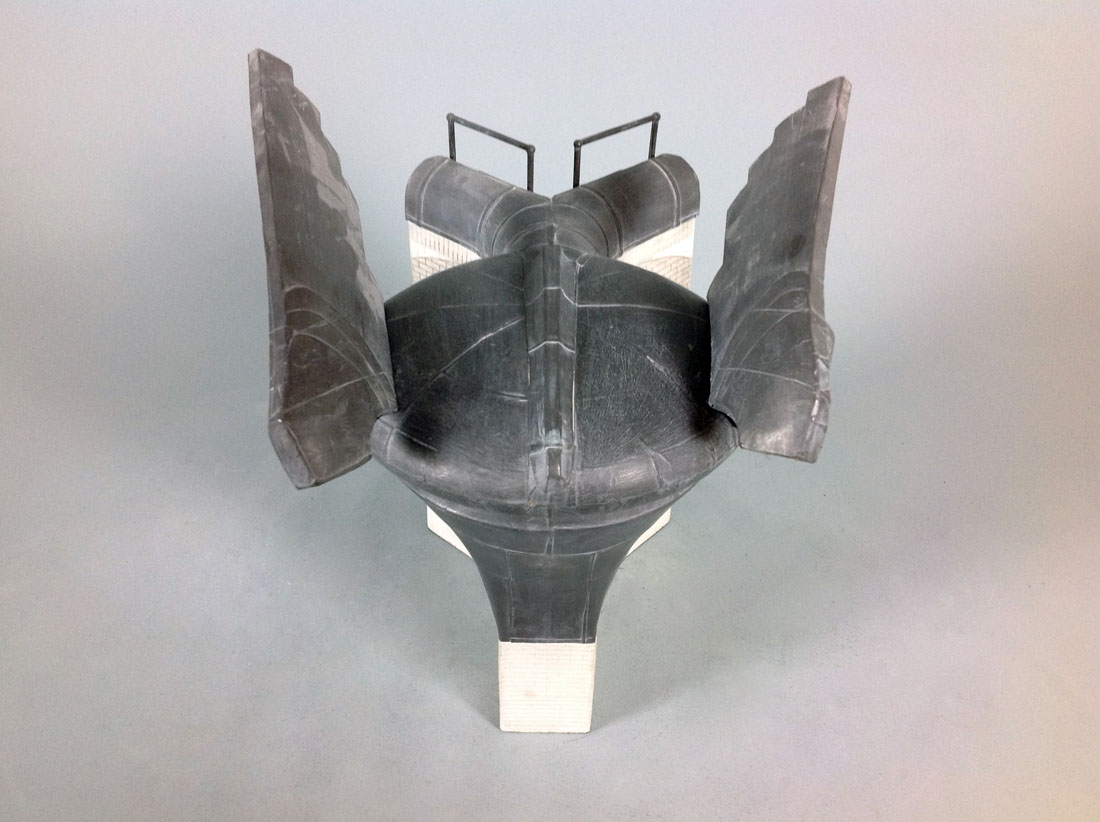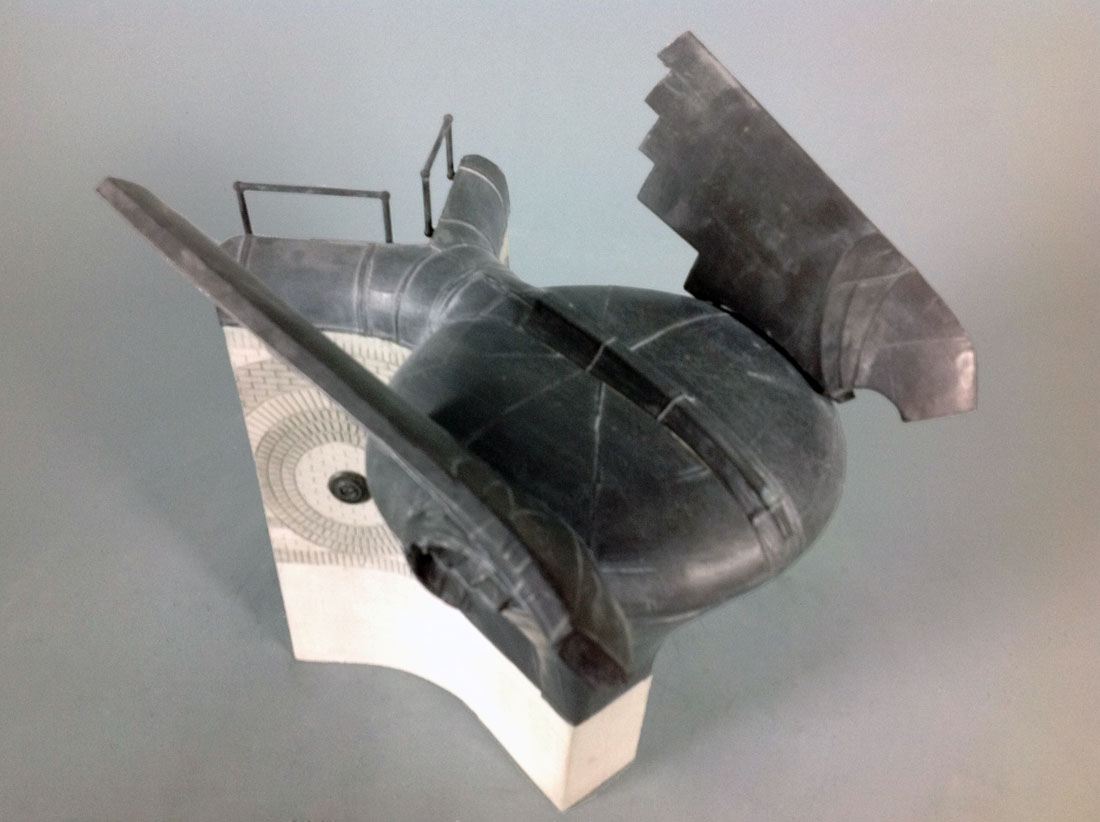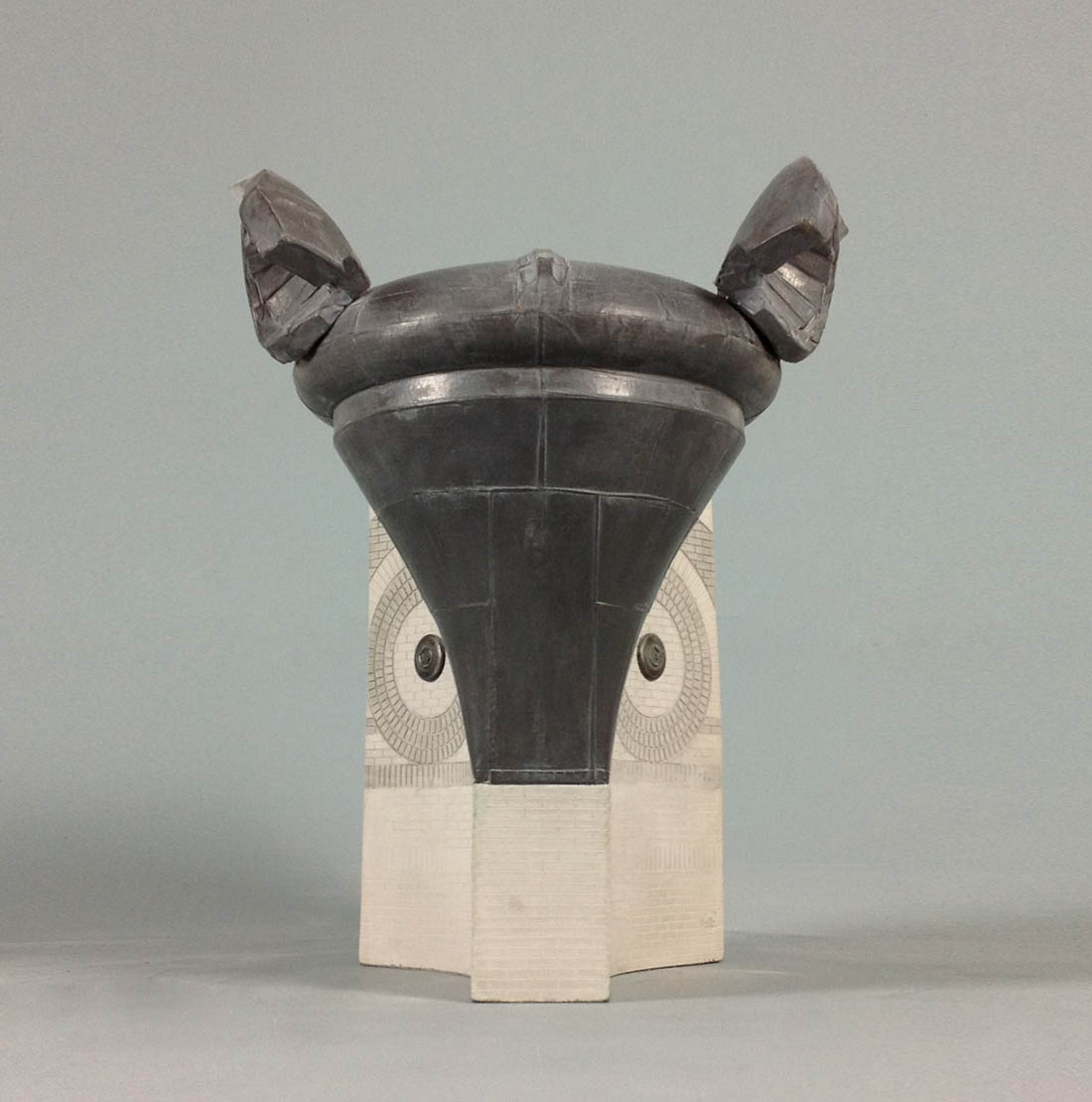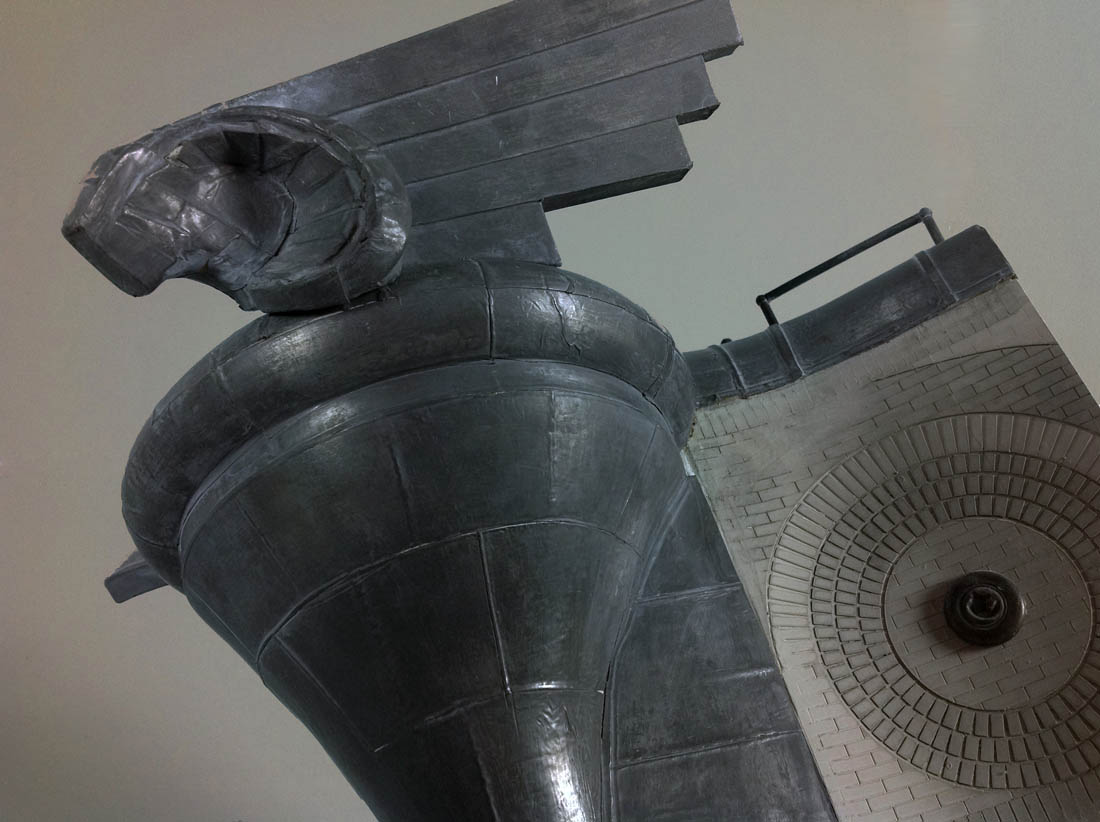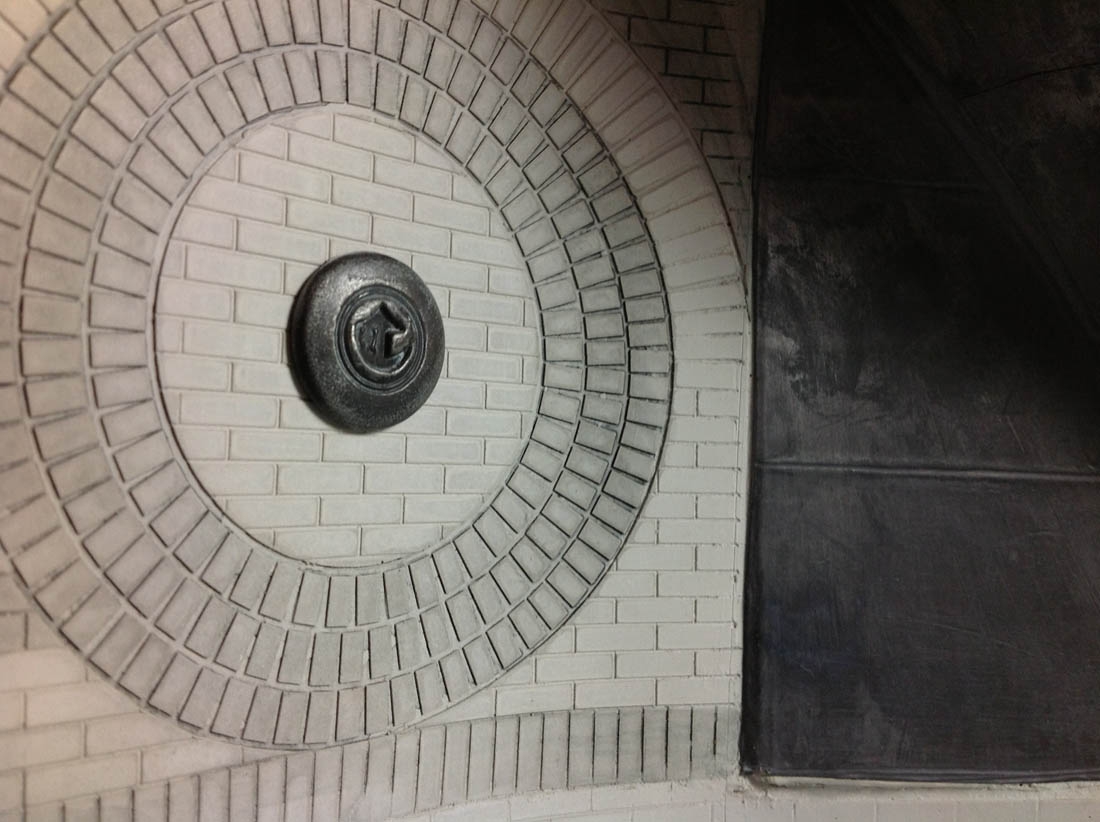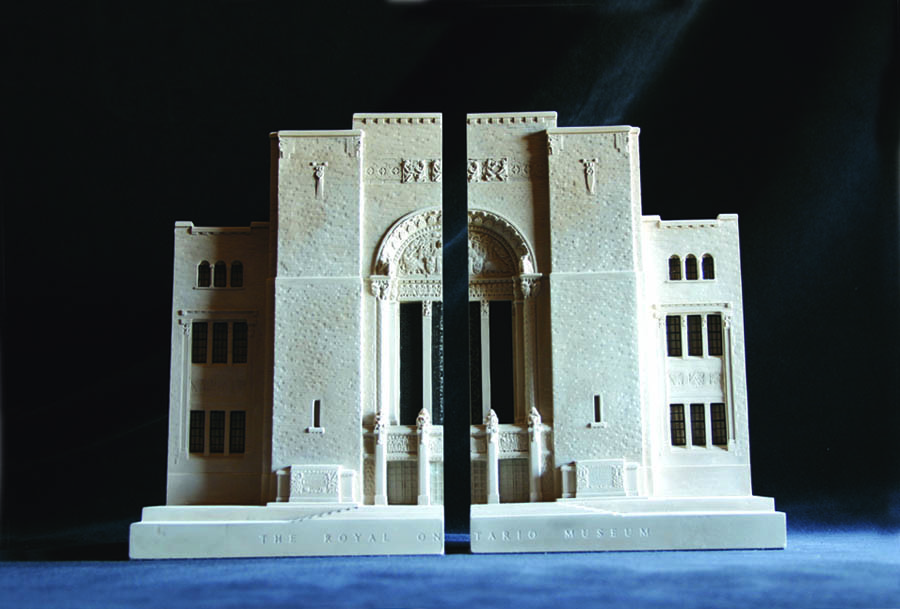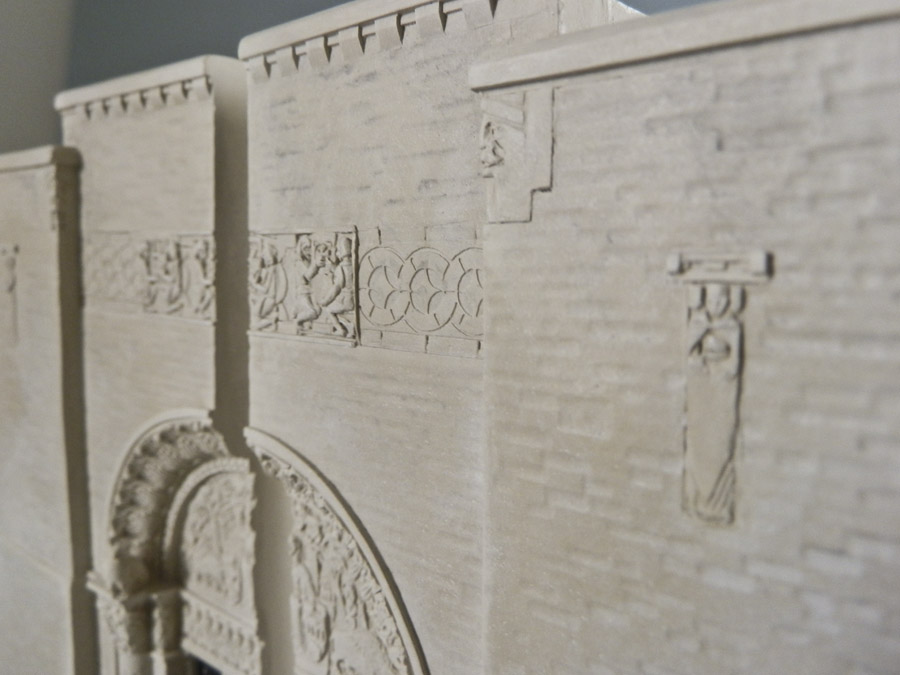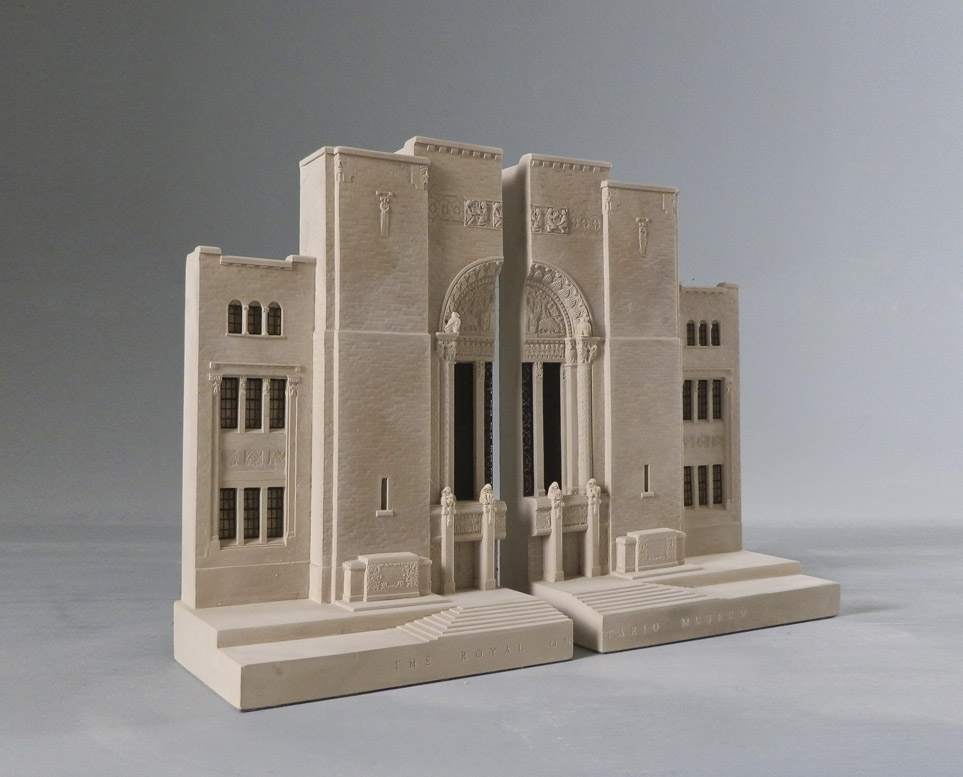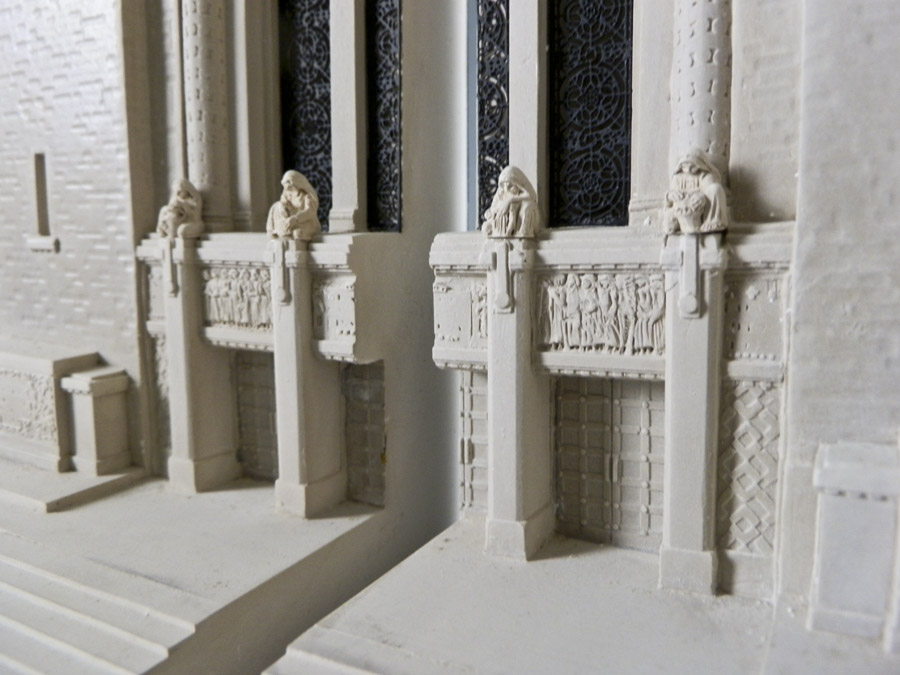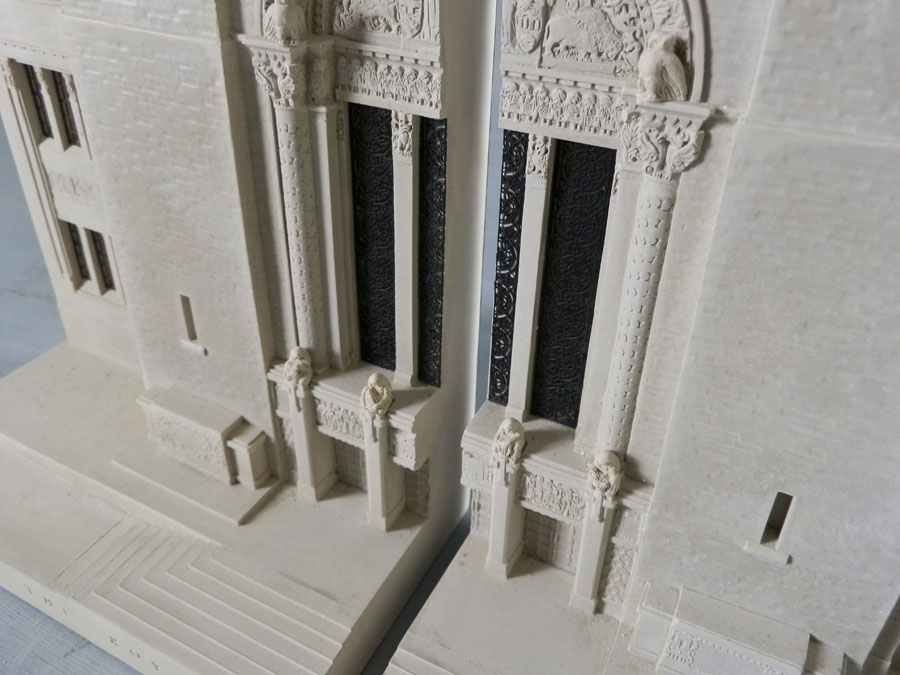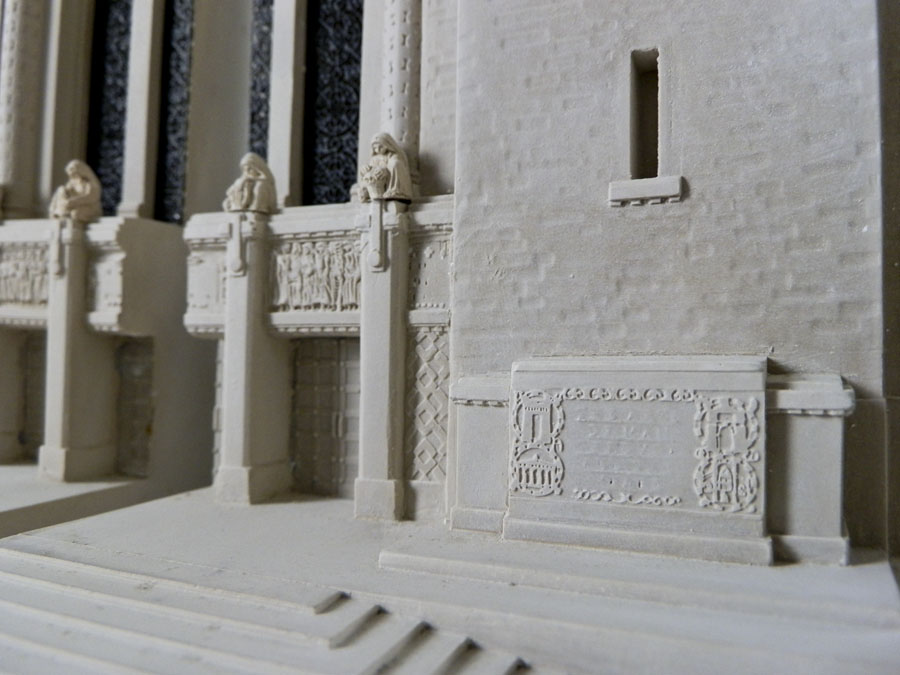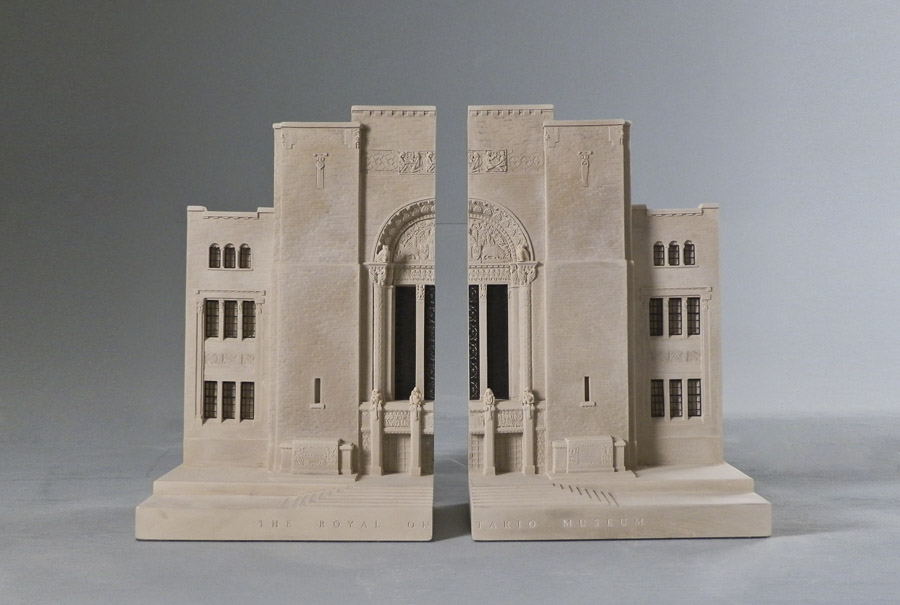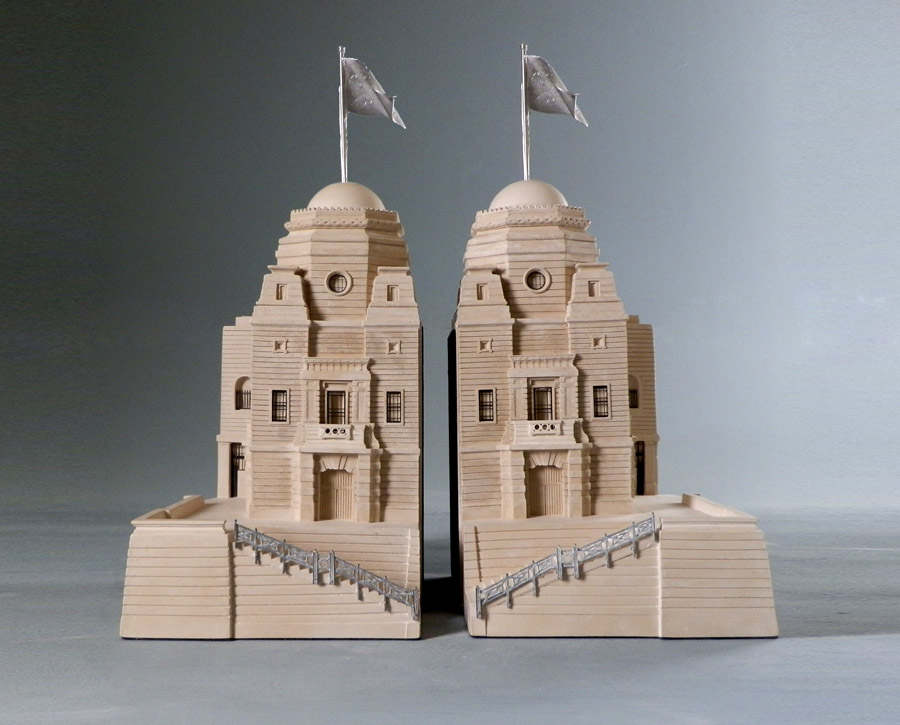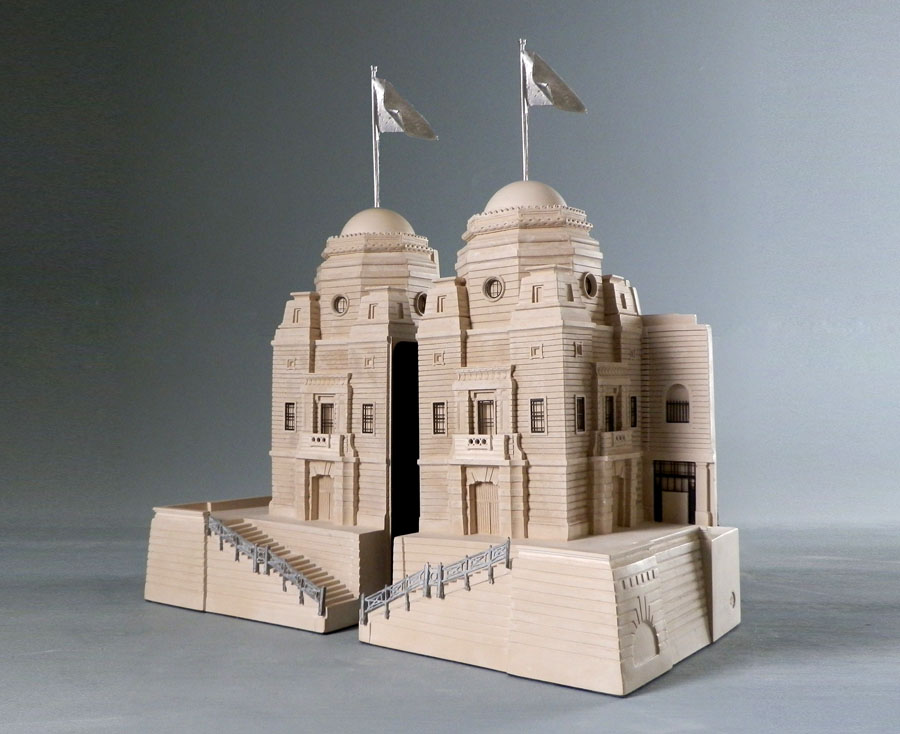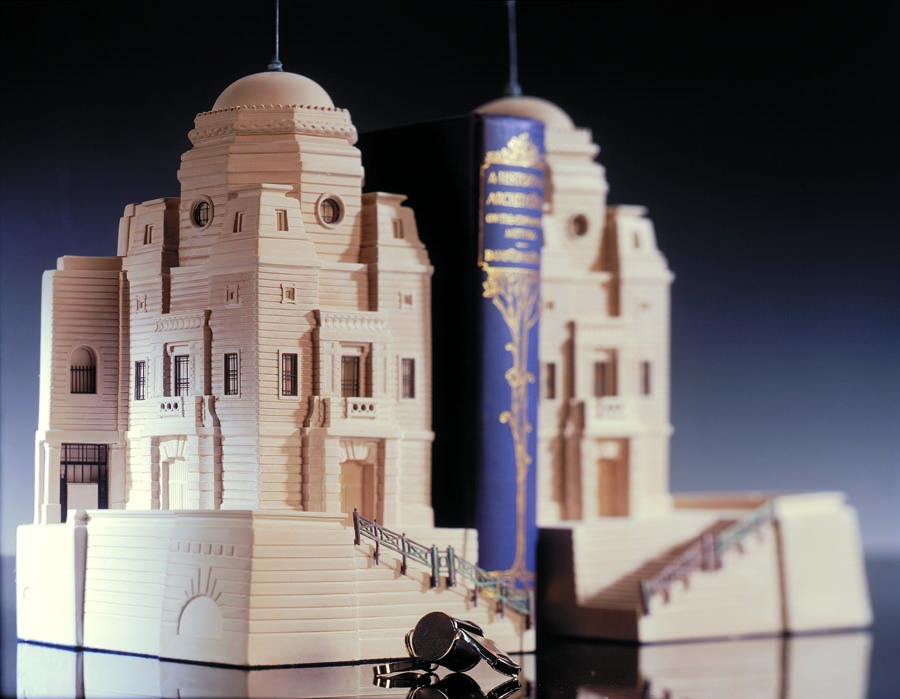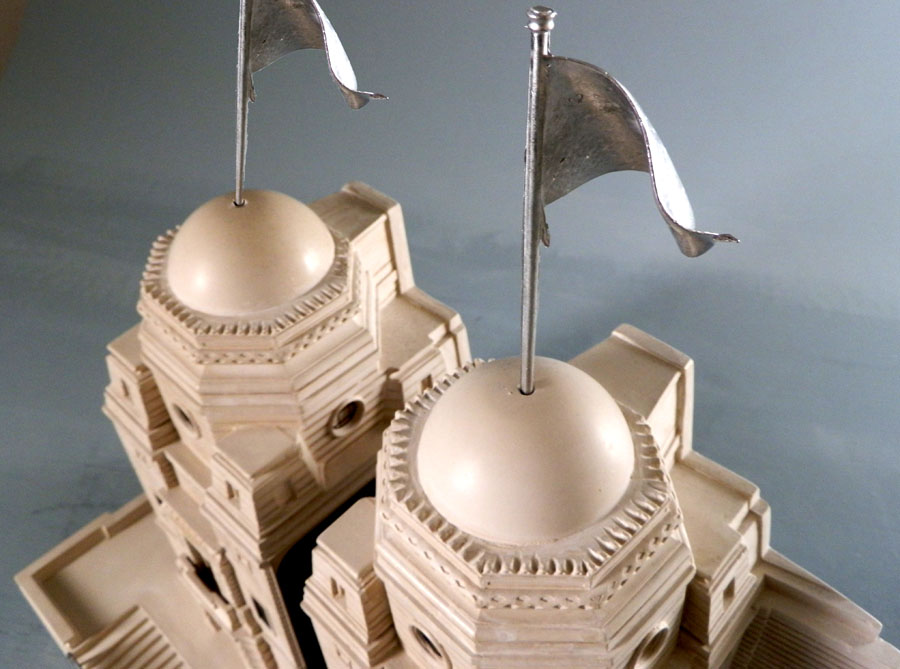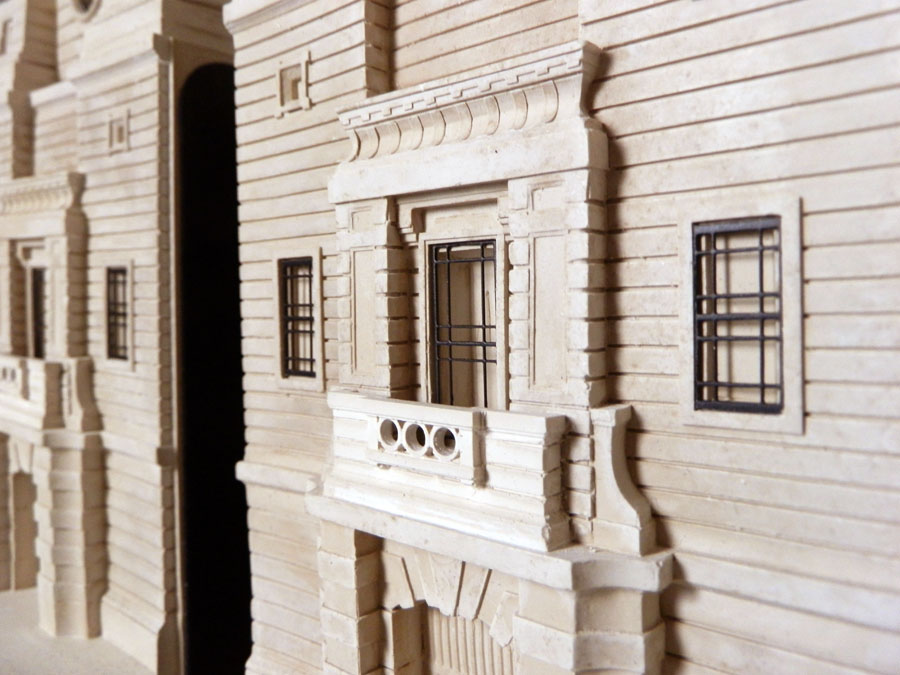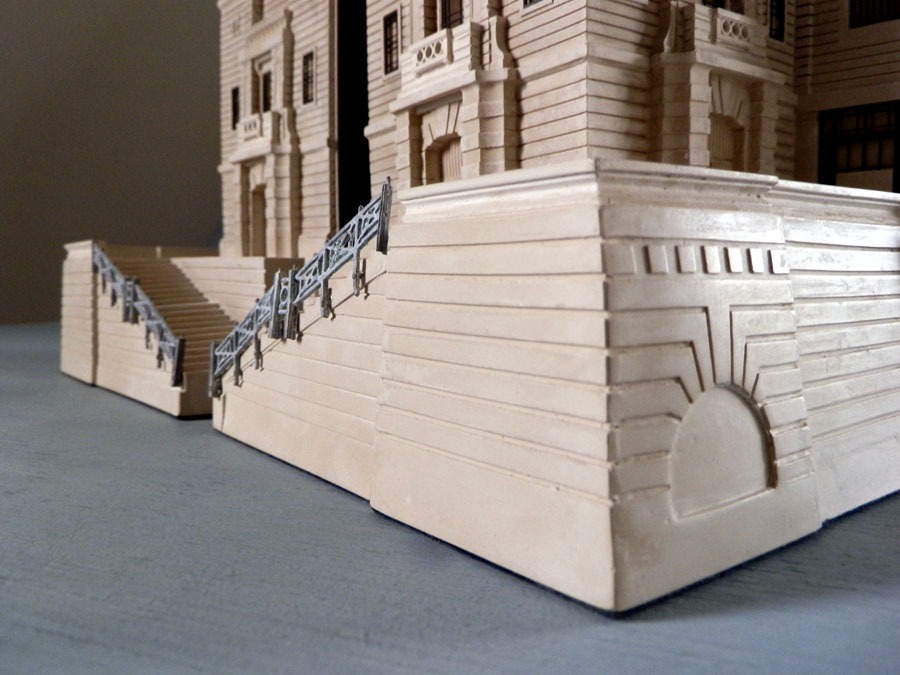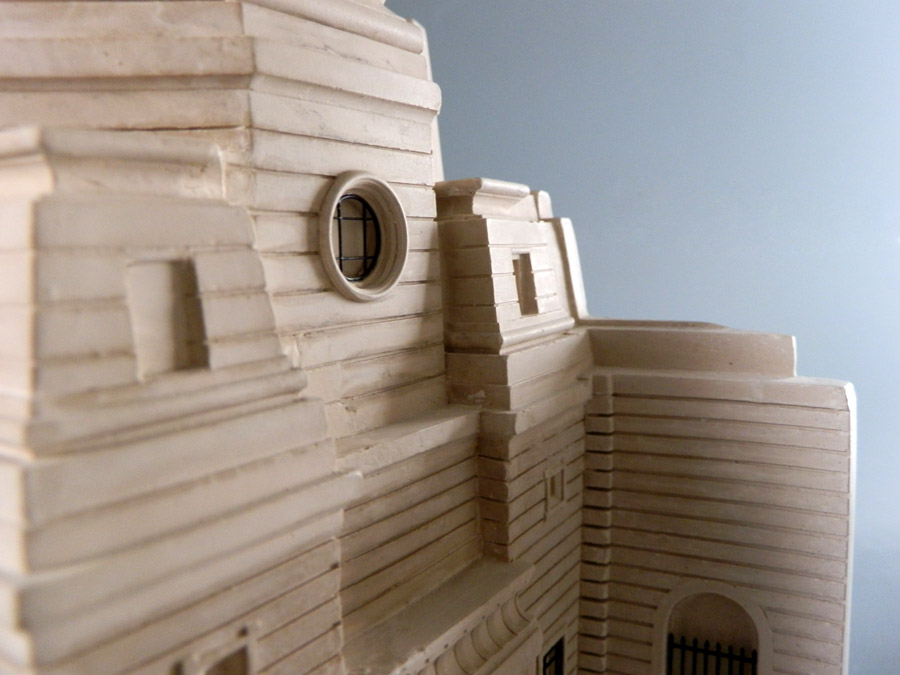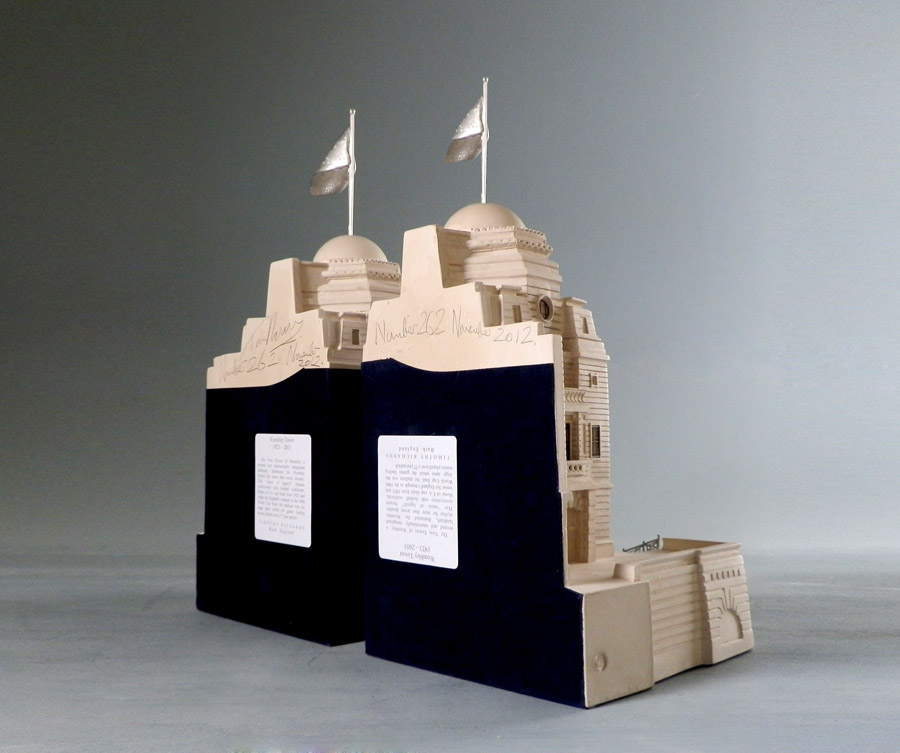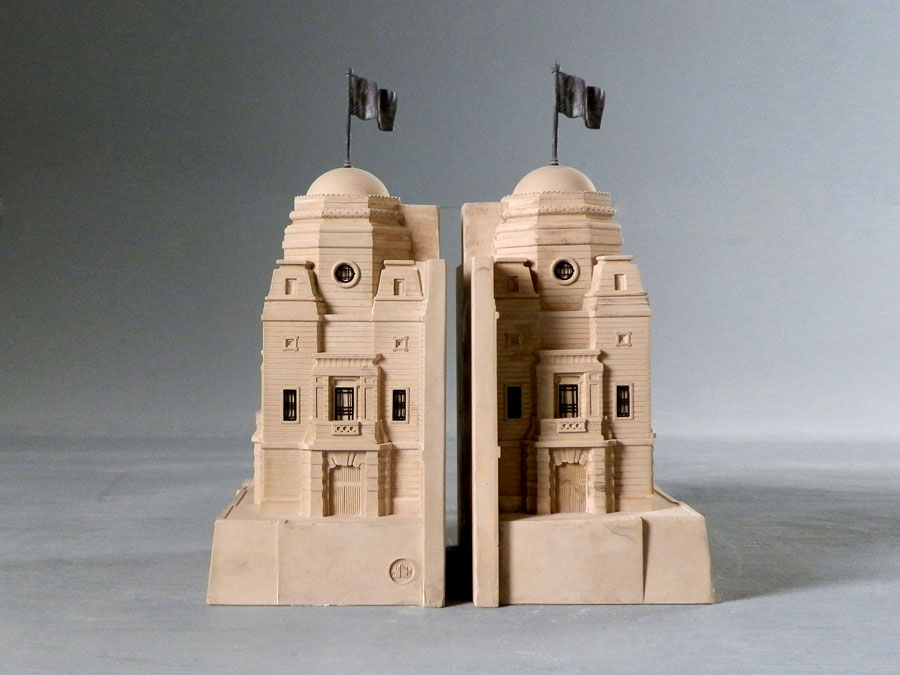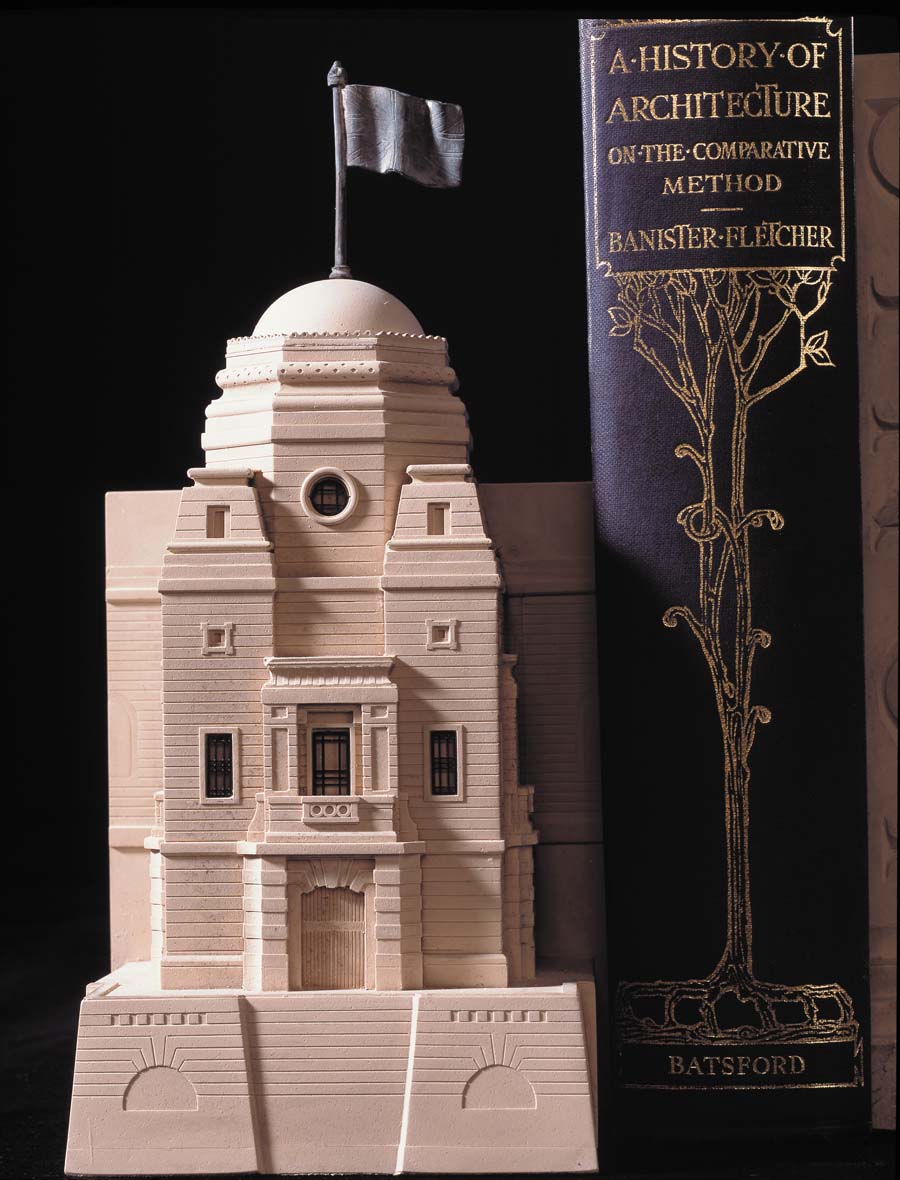
Mirrored Pairs
available on this page in alphabetical order
Click on the image to enlarge.
Dimensions:
More Info
Imperial:
Height: 12"
Width: 8"
Depth: 6"
Metric:
Height: 305mm
Width: 203mm
Depth: 152mm
Weight: 4.4 kg
Disclaimer:
All dimensions, weight and colouring vary due to the natural materials used and the throughout handmade process.
Height: 12"
Width: 8"
Depth: 6"
Metric:
Height: 305mm
Width: 203mm
Depth: 152mm
Weight: 4.4 kg
Disclaimer:
All dimensions, weight and colouring vary due to the natural materials used and the throughout handmade process.
Ellis Island, New York
Designed by Edward Lippincott Tilton and William Alciphron Boring
1900 New York, USA
Over one hundred million Americans are able to trace their ancestry to a man, woman or child, whose names are recorded in the great registry room on Ellis Island.
More Info
Based in the Upper New York Bay area, Ellis Island was the gateway to the United States from 1892 – 1954.
When the wooden structure burnt down in 1897 a competition was launched to design a fireproof immigration station.
Tilton and Boring won the competition at the 1900 Paris Exposition with their French Renaissance Revival style design to build the first phase.
This included the main building (which this model shows) the powerhouse, hospital wings and laundry.
The building opened in December 1900 built of red brick with limestone trim. This was one of the first federal buildings to be designed by a private architect, rather than those directly employed by the government.
When the wooden structure burnt down in 1897 a competition was launched to design a fireproof immigration station.
Tilton and Boring won the competition at the 1900 Paris Exposition with their French Renaissance Revival style design to build the first phase.
This included the main building (which this model shows) the powerhouse, hospital wings and laundry.
The building opened in December 1900 built of red brick with limestone trim. This was one of the first federal buildings to be designed by a private architect, rather than those directly employed by the government.
Click on the image to enlarge.
Dimensions:
More Info
Imperial:
Height: 12"
Width: 6.5"
Depth: 4.5"
Metric:
Height: 305mm
Width: 165mm
Depth: 115mm
Weight: 3.9 kg
Disclaimer:
All dimensions, weight and colouring vary due to the natural materials used and the throughout handmade process.
Height: 12"
Width: 6.5"
Depth: 4.5"
Metric:
Height: 305mm
Width: 165mm
Depth: 115mm
Weight: 3.9 kg
Disclaimer:
All dimensions, weight and colouring vary due to the natural materials used and the throughout handmade process.
Heywood House, Cobham
Architect – Unknown
When – Early 18th Century
Where – ACS International School Cobham, Surrey
Heywood House is the Grade 2 early 18th century centrepiece of the 128 acre ACS International School Estate in Surrey; A fine example of Palladian-Georgian architecture.
More Info
The model was commissioned in 2005 by the ACS International School at Cobham to celebrate the grand re-opening of the building.
ACS International Schools is a group of four private schools, three in England and one in Qatar.
The four campuses are in Cobham and Egham in Surrey and in the London Borough of Hillingdon and Doha, Qatar which opened in September 2011.
ACS International Schools is a group of four private schools, three in England and one in Qatar.
The four campuses are in Cobham and Egham in Surrey and in the London Borough of Hillingdon and Doha, Qatar which opened in September 2011.
Click on the image to enlarge.
Dimensions:
More Info
Imperial:
Height: 18.2"
Width: 7.9"
Depth: 7.9"
Metric:
Height: 460mm
Width: 200mm
Depth: 200mm
Weight: 6.4 kg
Disclaimer:
All dimensions, weight and colouring vary due to the natural materials used and the throughout handmade process.
Height: 18.2"
Width: 7.9"
Depth: 7.9"
Metric:
Height: 460mm
Width: 200mm
Depth: 200mm
Weight: 6.4 kg
Disclaimer:
All dimensions, weight and colouring vary due to the natural materials used and the throughout handmade process.
Hillingdon Court, ASC Hillingdon International School
P.C.Hardwick originally constructed this handsome and substantially built mansion in white brick and stone, in the classical style between1854 and 1858.
More Info
Today it is a grade II listed building preserved under the governance of English Heritage.
When the American Community School purchased Hillingdon Court in 1978, extensive renovations were carried out to restore the house to it's 19th Century splendour.
When the American Community School purchased Hillingdon Court in 1978, extensive renovations were carried out to restore the house to it's 19th Century splendour.
Click on the image to enlarge.
Dimensions:
More Info
Imperial:
Height: 14.5"
Width: 9.5"
Depth: 7.5"
Metric:
Height: 368mm
Width: 241mm
Depth: 190mm
Weight: 5.4 kg
Disclaimer:
All dimensions, weight and colouring vary due to the natural materials used and the throughout handmade process.
Height: 14.5"
Width: 9.5"
Depth: 7.5"
Metric:
Height: 368mm
Width: 241mm
Depth: 190mm
Weight: 5.4 kg
Disclaimer:
All dimensions, weight and colouring vary due to the natural materials used and the throughout handmade process.
Houghton Hall, Norfolk
Designed by Colen Campbell
When – 1722
Where – Norfolk, England
Houghton Hall, Norfolk was built for Britain’s first Prime Minister Sir Robert Walpole in 1722.
More Info
It was designed by Colen Campbell and is one of the first Palladian buildings in England. It is now the home of Lord Cholmondelay, the 7th Marquess of Cholmondelay.
Set in 1000 acres of parkland it stands adjacent to Sandringham House. James Gibbs added domes to Houghton Hall and William Kent designed the interiors circa 1735. There is a wonderful story of the main internal staircase being lost in a game of cards. The steps only being replaced in the 1970s.
The 5th Marquess and his wife Sybil began renovating the house in the 1920’s. This process continued with their grandson David, The 7th Marquess of Cholmondelay who commissioned this model.
The Limited edition involves fine lead work balustrading and statuary work as well as detailed plaster relief present on the façade.
Set in 1000 acres of parkland it stands adjacent to Sandringham House. James Gibbs added domes to Houghton Hall and William Kent designed the interiors circa 1735. There is a wonderful story of the main internal staircase being lost in a game of cards. The steps only being replaced in the 1970s.
The 5th Marquess and his wife Sybil began renovating the house in the 1920’s. This process continued with their grandson David, The 7th Marquess of Cholmondelay who commissioned this model.
The Limited edition involves fine lead work balustrading and statuary work as well as detailed plaster relief present on the façade.
Click on the image to enlarge.
Dimensions:
More Info
Imperial:
Height: 6"
Width: 8.5"
Depth: 3"
Metric:
Height: 152mm
Width: 215mm
Depth: 76mm
Weight: 5.4 kg
Disclaimer:
All dimensions, weight and colouring vary due to the natural materials used and the throughout handmade process.
Height: 6"
Width: 8.5"
Depth: 3"
Metric:
Height: 152mm
Width: 215mm
Depth: 76mm
Weight: 5.4 kg
Disclaimer:
All dimensions, weight and colouring vary due to the natural materials used and the throughout handmade process.
Queens Cross Church, Glasgow
Designed by Charles Rennie Mackintosh 1899 Garscube Road, Glasgow
Made of red sandstone, the church has a tapering tower. The naive resembles an upturned boat with Noah’s raven perched aloft.
Made of red sandstone, the church has a tapering tower. The naive resembles an upturned boat with Noah’s raven perched aloft.
More Info
As with the Glasgow School of Art stained glass plays an important role and again Japanese influence is evident within the decoration.
When visiting the church Tim was struck by the elegance of these doors, every detail worked out and controlled.
In the model red stained glass has been placed behind the two windows allowing light to shine from behind.
When visiting the church Tim was struck by the elegance of these doors, every detail worked out and controlled.
In the model red stained glass has been placed behind the two windows allowing light to shine from behind.
Click on the image to enlarge.
Dimensions:
More Info
Imperial:
Height: 12.8"
Width: 6.7"
Depth: 5.8"
Metric:
Height: 325mm
Width: 172mm
Depth: 147mm
Weight: 5.4 kg
Disclaimer:
All dimensions, weight and colouring vary due to the natural materials used and the throughout handmade process.
Height: 12.8"
Width: 6.7"
Depth: 5.8"
Metric:
Height: 325mm
Width: 172mm
Depth: 147mm
Weight: 5.4 kg
Disclaimer:
All dimensions, weight and colouring vary due to the natural materials used and the throughout handmade process.
Metropolitan Museum of Art, New York
Designed by Richard Morris Hunt
When – 1902
Where – New York, US
This Timothy Richards scale bookend set would make a beautiful statement piece for any living room, office or study.
More Info
The Metropolitan Museum of Art is one of the largest art museums in the world.
It was granted the land between East Park drive, Fifth Avenue and the 79th & 85th roads of Central Park in 1871.
Calvert Vaux designed the original red-brick and stone ‘mausoleum’ in collaboration with Jacob Wrey Mould which is now hidden from view.
In 1894 Richard Morris Hunt began the design for the new central section, which he continued to work on until his death in 1895. His son Richard Howland Hunt then took up the project accompanied by George B. Post and the design was completed in 1902.
The high Victorian Gothic style was not well received however as the style had gone out of favour by the time it was the finished. The project was deemed a ‘mistake’ and within 20 years a new plan which engulfing the old building was built along with many more additions over the years.
It was granted the land between East Park drive, Fifth Avenue and the 79th & 85th roads of Central Park in 1871.
Calvert Vaux designed the original red-brick and stone ‘mausoleum’ in collaboration with Jacob Wrey Mould which is now hidden from view.
In 1894 Richard Morris Hunt began the design for the new central section, which he continued to work on until his death in 1895. His son Richard Howland Hunt then took up the project accompanied by George B. Post and the design was completed in 1902.
The high Victorian Gothic style was not well received however as the style had gone out of favour by the time it was the finished. The project was deemed a ‘mistake’ and within 20 years a new plan which engulfing the old building was built along with many more additions over the years.
Click on the image to enlarge.
Dimensions:
More Info
Imperial:
Height: 6"
Width: 8.5"
Depth: 3"
Metric:
Height: 152mm
Width: 215mm
Depth: 76mm
Weight: 4.5 kg
Disclaimer:
All dimensions, weight and colouring vary due to the natural materials used and the throughout handmade process.
Height: 6"
Width: 8.5"
Depth: 3"
Metric:
Height: 152mm
Width: 215mm
Depth: 76mm
Weight: 4.5 kg
Disclaimer:
All dimensions, weight and colouring vary due to the natural materials used and the throughout handmade process.
Mozart Opera House, Tyl Theatre, Prague
Tyl Theatre/ Opera House.
This National Theatre has remained unchanged since Amadeus Mozart's days.
The interior has remained the same since Mozart's first performances of Figaro 1786, Don Guoivani 1789, La Clemenza di Tito 1791.
This National Theatre has remained unchanged since Amadeus Mozart's days.
The interior has remained the same since Mozart's first performances of Figaro 1786, Don Guoivani 1789, La Clemenza di Tito 1791.
More Info
The Theatre was much loved by him as the citizens of Prague responded so warmly to his work.
Click on the image to enlarge.
Dimensions:
More Info
Imperial:
Height: 6"
Width: 15.7"
Depth: 4"
Metric:
Height: 152mm
Width: 400mm
Depth: 100mm
Weight: 5.4 kg
Disclaimer:
All dimensions, weight and colouring vary due to the natural materials used and the throughout handmade process.
Height: 6"
Width: 15.7"
Depth: 4"
Metric:
Height: 152mm
Width: 400mm
Depth: 100mm
Weight: 5.4 kg
Disclaimer:
All dimensions, weight and colouring vary due to the natural materials used and the throughout handmade process.
The Palm House, Kew Gardens, London
The Palm House by Decimus Burton and Richard Turner 1847
Is a fine example of cast iron and glass Victorian engineering.
The botanical craze was reaching it's zenith in Victorian England.
Is a fine example of cast iron and glass Victorian engineering.
The botanical craze was reaching it's zenith in Victorian England.
More Info
Following the success at Chatsworth House Yorkshire in 1840, where Joseph Paxman had built a heated glass house for Lord Devonshire, Burton and Turner were commissioned by The Royal Botanic Gardens to build The Great Palm House at Kew Palace Richmond, London.
For the first time Victorian England could see the beautiful plants of the orient kept in their preferred conditions within the pioneering greenhouse.
Palm trees and other large exotic plants could be seen for the first time.
This was the largest structure prior to the Christal Palace built for the Great Exhibition in 1851, also by Paxton.
For the first time Victorian England could see the beautiful plants of the orient kept in their preferred conditions within the pioneering greenhouse.
Palm trees and other large exotic plants could be seen for the first time.
This was the largest structure prior to the Christal Palace built for the Great Exhibition in 1851, also by Paxton.
Click on the image to enlarge.
Dimensions:
More Info
Imperial:
Height: 15.4"
Width: 6.8"
Depth: 5.4"
Metric:
Height: 152mm
Width: 215mm
Depth: 76mm
Weight: 5.4 kg
Disclaimer:
All dimensions, weight and colouring vary due to the natural materials used and the throughout handmade process.
Height: 15.4"
Width: 6.8"
Depth: 5.4"
Metric:
Height: 152mm
Width: 215mm
Depth: 76mm
Weight: 5.4 kg
Disclaimer:
All dimensions, weight and colouring vary due to the natural materials used and the throughout handmade process.
Palm Room Pillars, Spencer House London
Spencer House – London
The Palm Room is the architectural climax to the ground floor of Spencer House. Here, the gentlemen retired after dinner while the ladies processed upstairs to Lady Spencer’s Room on the first floor.
The Palm Room is the architectural climax to the ground floor of Spencer House. Here, the gentlemen retired after dinner while the ladies processed upstairs to Lady Spencer’s Room on the first floor.
More Info
See Spencer House Limited Edition Model
Click on the image to enlarge.
Dimensions:
More Info
Imperial:
Height: 6"
Width: 8.5"
Depth: 3"
Metric:
Height: 152mm
Width: 215mm
Depth: 76mm
Weight: 7.5 kg
Disclaimer:
All dimensions, weight and colouring vary due to the natural materials used and the throughout handmade process.
Height: 6"
Width: 8.5"
Depth: 3"
Metric:
Height: 152mm
Width: 215mm
Depth: 76mm
Weight: 7.5 kg
Disclaimer:
All dimensions, weight and colouring vary due to the natural materials used and the throughout handmade process.
Queen Anne House, Bath
Queen Anne House is an imposing late 18th century building, close to Queen Square in central Bath.
More Info
Set on a sloping site it's giant orders give it both authority and form, countered by symmetrical wings on either side.
Low walls and steps push the eye away from the facade, making the building visually more impressive.
Low walls and steps push the eye away from the facade, making the building visually more impressive.
Click on the image to enlarge.
Dimensions:
More Info
Imperial:
Height: 6"
Width: 8.5"
Depth: 3"
Metric:
Height: 152mm
Width: 215mm
Depth: 76mm
Weight: 5.4 kg
Disclaimer:
All dimensions, weight and colouring vary due to the natural materials used and the throughout handmade process.
Height: 6"
Width: 8.5"
Depth: 3"
Metric:
Height: 152mm
Width: 215mm
Depth: 76mm
Weight: 5.4 kg
Disclaimer:
All dimensions, weight and colouring vary due to the natural materials used and the throughout handmade process.
Radcliffe Camera Oxford
A reminder of the great Paladian influence on Georgian England. The Bodleian Library commissioned the model and copies of the original plans were used to make it.
More Info
The Radcliffe Camera was designed by James Gibbs in the English Palladian style with Baroque overtones to house the Radcliffe Science Library.
It is situated in the beautiful University city of Oxford, England next to the Bodleian Library.
The estate of the notable Doctor John Radcliffe, physician to Queen Anne, funded the construction of the Library following his death in 1714.
Construction began in 1737 and the library finally opened in 1749.
The building occupies a central square within Oxford and has become a notable landmark and symbol of the city.
Click on the image to enlarge.
Dimensions:
More Info
Imperial:
Height: 6"
Width: 8.5"
Depth: 3"
Metric:
Height: 152mm
Width: 215mm
Depth: 76mm
Weight: 5.4 kg
Disclaimer:
All dimensions, weight and colouring vary due to the natural materials used and the throughout handmade process.
Height: 6"
Width: 8.5"
Depth: 3"
Metric:
Height: 152mm
Width: 215mm
Depth: 76mm
Weight: 5.4 kg
Disclaimer:
All dimensions, weight and colouring vary due to the natural materials used and the throughout handmade process.
The Royal Naval College, Greenwich, London
Formerly the Royal Hospital for Seamen
The Royal Naval Hospital at Greenwich represents the most extensive complex of English Baroque Buildings in Britain, primarily built by Sir Christopher Wren and Nicholas Hawksmore, based on earlier designs by John Webb.
The Royal Naval Hospital at Greenwich represents the most extensive complex of English Baroque Buildings in Britain, primarily built by Sir Christopher Wren and Nicholas Hawksmore, based on earlier designs by John Webb.
More Info
The scheme includes the Queens House by the architect Inigo Jones. The idea of the Greenwich Hospital came about through a long and circuitous route. The exiled Charles II was inspired during his exile in Paris by Les Invalide's.
On his return home he commissioned Wren to build the Royal Hospital of Chelsea and it was completed in 1692. James II wanted to build an equivalent for our Royal Navy. Finally, it was Queen Mary who commissioned the work in 1694.
Initially Wren proposed the demolition of everything on the site including the Queens House, however, Queen Mary opposed his ideas insisting not only on its preservation but also the retaining of its view to the river.
To make matters even more ‘interesting’ she insisted that the imposing waterfront façade of the ‘’King’s Building’’, built in the reign of Charles II, also be retained.
The second plan as we know resulted in a brilliant solution. The Queens House becoming the distant focal point framed through the mirrored avenue of Hospital buildings.
Wren’s genius was to turn the architectural problem into an architectural solution. The earlier hospital building by John Webb was neatly included, when completed in 1702, the finest and majestic of outcomes had been realised.
Both a statement that spoke for the Nation as well as the Navy. In 1755 the hospital contained over 1 500 pensioners.
This explains the number of different architectural styles which appear on the same site.
The Royal Naval Hospital still retains a grandeur and scale similar to that of a stately home. Its personality is not only defined by the building but by the great Thames in the foreground and the parkland behind.
On his return home he commissioned Wren to build the Royal Hospital of Chelsea and it was completed in 1692. James II wanted to build an equivalent for our Royal Navy. Finally, it was Queen Mary who commissioned the work in 1694.
Initially Wren proposed the demolition of everything on the site including the Queens House, however, Queen Mary opposed his ideas insisting not only on its preservation but also the retaining of its view to the river.
To make matters even more ‘interesting’ she insisted that the imposing waterfront façade of the ‘’King’s Building’’, built in the reign of Charles II, also be retained.
The second plan as we know resulted in a brilliant solution. The Queens House becoming the distant focal point framed through the mirrored avenue of Hospital buildings.
Wren’s genius was to turn the architectural problem into an architectural solution. The earlier hospital building by John Webb was neatly included, when completed in 1702, the finest and majestic of outcomes had been realised.
Both a statement that spoke for the Nation as well as the Navy. In 1755 the hospital contained over 1 500 pensioners.
This explains the number of different architectural styles which appear on the same site.
The Royal Naval Hospital still retains a grandeur and scale similar to that of a stately home. Its personality is not only defined by the building but by the great Thames in the foreground and the parkland behind.
Click on the image to enlarge.
Dimensions:
More Info
Imperial:
Height: 9.5"
Width: 8.9"
Depth: 2.8"
Metric:
Height: 241mm
Width: 228mm
Depth: 72mm
Weight: 5.4 kg
Disclaimer:
All dimensions, weight and colouring vary due to the natural materials used and the throughout handmade process.
Height: 9.5"
Width: 8.9"
Depth: 2.8"
Metric:
Height: 241mm
Width: 228mm
Depth: 72mm
Weight: 5.4 kg
Disclaimer:
All dimensions, weight and colouring vary due to the natural materials used and the throughout handmade process.
The Sir John Soane Stable Block
Chelsea Royal Hospital, London
The Stable Block, Chelsea, London (1817)
By Sir John Soane
A quintessential Soane exterior.
The Stable Block, Chelsea, London (1817)
By Sir John Soane
A quintessential Soane exterior.
More Info
This model shows a segment of the coach house and stable block built alongside the Chelsea Royal Hospital London, home of the retired military; the famous red coated Chelsea Pensioners.
Soanes` brickwork and detailing is beautiful, a perfectionist in all things architectural.
Soanes` brickwork and detailing is beautiful, a perfectionist in all things architectural.
Click on the image to enlarge.
Dimensions:
More Info
Imperial:
Height: 13"
Width: 8"
Depth: 2.5"
Metric:
Height: 330mm
Width: 203mm
Depth: 64mm
Weight: 5.4 kg
Disclaimer:
All dimensions, weight and colouring vary due to the natural materials used and the throughout handmade process.
Height: 13"
Width: 8"
Depth: 2.5"
Metric:
Height: 330mm
Width: 203mm
Depth: 64mm
Weight: 5.4 kg
Disclaimer:
All dimensions, weight and colouring vary due to the natural materials used and the throughout handmade process.
Somerset House, London
Designed by Sir William Chambers
When – 1776
Where – London
This palatial building in the Neoclassical style is positioned on the south side of the Strand, London. It overlooks Waterloo bridge on the River Thames and is the original site of the Tudor Palace.
When – 1776
Where – London
This palatial building in the Neoclassical style is positioned on the south side of the Strand, London. It overlooks Waterloo bridge on the River Thames and is the original site of the Tudor Palace.
More Info
Somerset House was designed by Sir William Chambers in 1776 as the pay office for the Royal Navy at the height of its power.
The nations hero, Lord Nelson would have walked through these arches on many an occasion.
Sir William Chambers’ work was eventually eclipsed by the work of Robert Adam whose classical styling swept through London at this time, pushing aside the Palladian purity adopted by Chambers.
Somerset House commissioned this model which shows shows one part of the building, its arched centre being the main entrance to the office and courtyard.
The nations hero, Lord Nelson would have walked through these arches on many an occasion.
Sir William Chambers’ work was eventually eclipsed by the work of Robert Adam whose classical styling swept through London at this time, pushing aside the Palladian purity adopted by Chambers.
Somerset House commissioned this model which shows shows one part of the building, its arched centre being the main entrance to the office and courtyard.
Click on the image to enlarge.
Dimensions:
More Info
Imperial:
Height: 6"
Width: 8.5"
Depth: 3"
Metric:
Height: 152mm
Width: 215mm
Depth: 76mm
Weight: 5.4 kg
Disclaimer:
All dimensions, weight and colouring vary due to the natural materials used and the throughout handmade process.
Height: 6"
Width: 8.5"
Depth: 3"
Metric:
Height: 152mm
Width: 215mm
Depth: 76mm
Weight: 5.4 kg
Disclaimer:
All dimensions, weight and colouring vary due to the natural materials used and the throughout handmade process.
Thorpe House, Surrey
Built around 1720 in the English Baroque "Wren" style, this elegant brick building is now home to T.A.S.I.S., one of the many American Schools that surround London.
More Info
Apart from the stone Doric columns and the sash windows, the facade remains original.
Baroque is associated with the catholic religion, echoing the influence of the Stuarts as opposed to the Palladian style
Baroque is associated with the catholic religion, echoing the influence of the Stuarts as opposed to the Palladian style
Click on the image to enlarge.
Dimensions:
More Info
Imperial:
Height: 6"
Width: 8.5"
Depth: 3"
Metric:
Height: 152mm
Width: 215mm
Depth: 76mm
Weight: 5.4 kg
Disclaimer:
All dimensions, weight and colouring vary due to the natural materials used and the throughout handmade process.
Height: 6"
Width: 8.5"
Depth: 3"
Metric:
Height: 152mm
Width: 215mm
Depth: 76mm
Weight: 5.4 kg
Disclaimer:
All dimensions, weight and colouring vary due to the natural materials used and the throughout handmade process.
The Radiator Cap, Chrysler Building, New York
The Chrysler building was designed by William Van Alen. This model features the Chrysler Radiator Cap detail from the building.
When – 1928 to 1930
Where – New York, USA
When – 1928 to 1930
Where – New York, USA
More Info
The Chrysler building was designed by William Van Alen and owned by Walter P. Chrysler.
The building is synonymous with the glitz and glamour of the era with both the excesses and depression of the years in which it was built.
It occupies a central Manhattan position and with its spire, was the tallest building in the world for a short time. The building boasts an iconic spire and sunburst design.
This is cruciform groin vault constructed of seven radiating, terraced arches. These arches are mounted one on top of the other.
When Tim first travelled to America he stayed at the infamous Carter Hotel off Times Square. When leaning at full stretch out of the window of this hotel Timothy Richards could see the Chrysler building, so characteristically synonymous with the city of New York and Manhattan itself.
The hotel room had a phone of which Tim used for two mornings to persuade the Chrysler management to allow him three hours unrestricted access to explore the building.
The building is synonymous with the glitz and glamour of the era with both the excesses and depression of the years in which it was built.
It occupies a central Manhattan position and with its spire, was the tallest building in the world for a short time. The building boasts an iconic spire and sunburst design.
This is cruciform groin vault constructed of seven radiating, terraced arches. These arches are mounted one on top of the other.
When Tim first travelled to America he stayed at the infamous Carter Hotel off Times Square. When leaning at full stretch out of the window of this hotel Timothy Richards could see the Chrysler building, so characteristically synonymous with the city of New York and Manhattan itself.
The hotel room had a phone of which Tim used for two mornings to persuade the Chrysler management to allow him three hours unrestricted access to explore the building.
Click on the image to enlarge.
Dimensions:
More Info
Imperial:
Height: 6"
Width: "
Depth: 3"
Metric:
Height: 250mm
Width: 220mm
Depth: 130mm
Weight: 4.7 kg
Disclaimer:
All dimensions, weight and colouring vary due to the natural materials used and the throughout handmade process.
Height: 6"
Width: "
Depth: 3"
Metric:
Height: 250mm
Width: 220mm
Depth: 130mm
Weight: 4.7 kg
Disclaimer:
All dimensions, weight and colouring vary due to the natural materials used and the throughout handmade process.
The Royal Ontario Museum
Canada
More Info
Click on the image to enlarge.
Dimensions:
More Info
Imperial:
Height: 13"
Width: 11"
Depth: 6.75"
Metric:
Height: 330mm
Width: 280mm
Depth: 171mm
Weight: 8.4 kg
Disclaimer:
All dimensions, weight and colouring vary due to the natural materials used and the throughout handmade process.
Height: 13"
Width: 11"
Depth: 6.75"
Metric:
Height: 330mm
Width: 280mm
Depth: 171mm
Weight: 8.4 kg
Disclaimer:
All dimensions, weight and colouring vary due to the natural materials used and the throughout handmade process.
Wembley Towers Large
(also in "Signed and Dated")
Wembley Towers Large
Signed & Dated
Where: Demolished
Home of FA cup finals from 1923 and venue of England’s triumph in the 1966 world cup final.
Signed & Dated
Where: Demolished
Home of FA cup finals from 1923 and venue of England’s triumph in the 1966 world cup final.
More Info
Often referred to fondly as Hallowed Turf, Wembley Stadium was the ‘venue of legends’, and has become synonymous with football world-wide.
Of all the world’s football stadiums, Wembley is widely regarded as the greatest of them all – the spiritual home of the beautiful game.
Demolished in 2003 to make way for the new stadium, The Twin Towers, dominated the Wembley skyline for more than 75 years.
These model bookends have lead and etched brass detail and are sold in association with ‘Wembley End of an Era’.
Of all the world’s football stadiums, Wembley is widely regarded as the greatest of them all – the spiritual home of the beautiful game.
Demolished in 2003 to make way for the new stadium, The Twin Towers, dominated the Wembley skyline for more than 75 years.
These model bookends have lead and etched brass detail and are sold in association with ‘Wembley End of an Era’.
Click on the image to enlarge.
Dimensions:
More Info
Imperial:
Height: 8"
Width: 4"
Depth: 3.5"
Metric:
Height: 203mm
Width: 102mm
Depth: 89mm
Weight: 1.5 kg
Disclaimer:
All dimensions, weight and colouring vary due to the natural materials used and the throughout handmade process.
Height: 8"
Width: 4"
Depth: 3.5"
Metric:
Height: 203mm
Width: 102mm
Depth: 89mm
Weight: 1.5 kg
Disclaimer:
All dimensions, weight and colouring vary due to the natural materials used and the throughout handmade process.
Wembley Towers Small
Where: Demolished
Home of FA cup finals from 1923 and venue of England’s triumph in the 1966 world cup final.
Often referred to fondly as Hallowed Turf, Wembley Stadium was the ‘venue of legends’, and has become synonymous with football world-wide.
Home of FA cup finals from 1923 and venue of England’s triumph in the 1966 world cup final.
Often referred to fondly as Hallowed Turf, Wembley Stadium was the ‘venue of legends’, and has become synonymous with football world-wide.
More Info
Of all the world’s football stadiums, Wembley is widely regarded as the greatest of them all – the spiritual home of the beautiful game.
Demolished in 2003 to make way for the new stadium, The Twin Towers, dominated the Wembley skyline for more than 75 years.
These model bookends have lead and etched brass detail and are sold in association with ‘Wembley End of an Era’.
Demolished in 2003 to make way for the new stadium, The Twin Towers, dominated the Wembley skyline for more than 75 years.
These model bookends have lead and etched brass detail and are sold in association with ‘Wembley End of an Era’.

Mirrored Pairs
available on this page in alphabetical order
Click on the image to enlarge.
Dimensions:
More Info
Imperial:
Height: 12"
Width: 8"
Depth: 6"
Metric:
Height: 305mm
Width: 203mm
Depth: 152mm
Weight: 4.4 kg
Disclaimer:
All dimensions, weight and colouring vary due to the natural materials used and the throughout handmade process.
Height: 12"
Width: 8"
Depth: 6"
Metric:
Height: 305mm
Width: 203mm
Depth: 152mm
Weight: 4.4 kg
Disclaimer:
All dimensions, weight and colouring vary due to the natural materials used and the throughout handmade process.
Ellis Island, New York
Designed by Edward Lippincott Tilton and William Alciphron Boring
1900 New York, USA
Over one hundred million Americans are able to trace their ancestry to a man, woman or child, whose names are recorded in the great registry room on Ellis Island.
More Info
Based in the Upper New York Bay area, Ellis Island was the gateway to the United States from 1892 – 1954.
When the wooden structure burnt down in 1897 a competition was launched to design a fireproof immigration station.
Tilton and Boring won the competition at the 1900 Paris Exposition with their French Renaissance Revival style design to build the first phase.
This included the main building (which this model shows) the powerhouse, hospital wings and laundry.
The building opened in December 1900 built of red brick with limestone trim. This was one of the first federal buildings to be designed by a private architect, rather than those directly employed by the government.
When the wooden structure burnt down in 1897 a competition was launched to design a fireproof immigration station.
Tilton and Boring won the competition at the 1900 Paris Exposition with their French Renaissance Revival style design to build the first phase.
This included the main building (which this model shows) the powerhouse, hospital wings and laundry.
The building opened in December 1900 built of red brick with limestone trim. This was one of the first federal buildings to be designed by a private architect, rather than those directly employed by the government.
Click on the image to enlarge.
Dimensions:
More Info
Imperial:
Height: 12"
Width: 6.5"
Depth: 4.5"
Metric:
Height: 305mm
Width: 165mm
Depth: 115mm
Weight: 3.9 kg
Disclaimer:
All dimensions, weight and colouring vary due to the natural materials used and the throughout handmade process.
Height: 12"
Width: 6.5"
Depth: 4.5"
Metric:
Height: 305mm
Width: 165mm
Depth: 115mm
Weight: 3.9 kg
Disclaimer:
All dimensions, weight and colouring vary due to the natural materials used and the throughout handmade process.
Heywood House, Cobham
Architect – Unknown
When – Early 18th Century
Where – ACS International School Cobham, Surrey
Heywood House is the Grade 2 early 18th century centrepiece of the 128 acre ACS International School Estate in Surrey; A fine example of Palladian-Georgian architecture.
More Info
The model was commissioned in 2005 by the ACS International School at Cobham to celebrate the grand re-opening of the building.
ACS International Schools is a group of four private schools, three in England and one in Qatar.
The four campuses are in Cobham and Egham in Surrey and in the London Borough of Hillingdon and Doha, Qatar which opened in September 2011.
ACS International Schools is a group of four private schools, three in England and one in Qatar.
The four campuses are in Cobham and Egham in Surrey and in the London Borough of Hillingdon and Doha, Qatar which opened in September 2011.
Click on the image to enlarge.
Dimensions:
More Info
Imperial:
Height: 18.2"
Width: 7.9"
Depth: 7.9"
Metric:
Height: 460mm
Width: 200mm
Depth: 200mm
Weight: 6.4 kg
Disclaimer:
All dimensions, weight and colouring vary due to the natural materials used and the throughout handmade process.
Height: 18.2"
Width: 7.9"
Depth: 7.9"
Metric:
Height: 460mm
Width: 200mm
Depth: 200mm
Weight: 6.4 kg
Disclaimer:
All dimensions, weight and colouring vary due to the natural materials used and the throughout handmade process.
Hillingdon Court, ASC Hillingdon International School
P.C.Hardwick originally constructed this handsome and substantially built mansion in white brick and stone, in the classical style between1854 and 1858.
More Info
Today it is a grade II listed building preserved under the governance of English Heritage.
When the American Community School purchased Hillingdon Court in 1978, extensive renovations were carried out to restore the house to it's 19th Century splendour.
When the American Community School purchased Hillingdon Court in 1978, extensive renovations were carried out to restore the house to it's 19th Century splendour.
Click on the image to enlarge.
Dimensions:
More Info
Imperial:
Height: 14.5"
Width: 9.5"
Depth: 7.5"
Metric:
Height: 368mm
Width: 241mm
Depth: 190mm
Weight: 5.4 kg
Disclaimer:
All dimensions, weight and colouring vary due to the natural materials used and the throughout handmade process.
Height: 14.5"
Width: 9.5"
Depth: 7.5"
Metric:
Height: 368mm
Width: 241mm
Depth: 190mm
Weight: 5.4 kg
Disclaimer:
All dimensions, weight and colouring vary due to the natural materials used and the throughout handmade process.
Houghton Hall, Norfolk
Designed by Colen Campbell
When – 1722
Where – Norfolk, England
Houghton Hall, Norfolk was built for Britain’s first Prime Minister Sir Robert Walpole in 1722.
More Info
It was designed by Colen Campbell and is one of the first Palladian buildings in England. It is now the home of Lord Cholmondelay, the 7th Marquess of Cholmondelay.
Set in 1000 acres of parkland it stands adjacent to Sandringham House. James Gibbs added domes to Houghton Hall and William Kent designed the interiors circa 1735. There is a wonderful story of the main internal staircase being lost in a game of cards. The steps only being replaced in the 1970s.
The 5th Marquess and his wife Sybil began renovating the house in the 1920’s. This process continued with their grandson David, The 7th Marquess of Cholmondelay who commissioned this model.
The Limited edition involves fine lead work balustrading and statuary work as well as detailed plaster relief present on the façade.
Set in 1000 acres of parkland it stands adjacent to Sandringham House. James Gibbs added domes to Houghton Hall and William Kent designed the interiors circa 1735. There is a wonderful story of the main internal staircase being lost in a game of cards. The steps only being replaced in the 1970s.
The 5th Marquess and his wife Sybil began renovating the house in the 1920’s. This process continued with their grandson David, The 7th Marquess of Cholmondelay who commissioned this model.
The Limited edition involves fine lead work balustrading and statuary work as well as detailed plaster relief present on the façade.
Click on the image to enlarge.
Dimensions:
More Info
Imperial:
Height: 6"
Width: 8.5"
Depth: 3"
Metric:
Height: 152mm
Width: 215mm
Depth: 76mm
Weight: 5.4 kg
Disclaimer:
All dimensions, weight and colouring vary due to the natural materials used and the throughout handmade process.
Height: 6"
Width: 8.5"
Depth: 3"
Metric:
Height: 152mm
Width: 215mm
Depth: 76mm
Weight: 5.4 kg
Disclaimer:
All dimensions, weight and colouring vary due to the natural materials used and the throughout handmade process.
Queens Cross Church, Glasgow
Designed by Charles Rennie Mackintosh 1899 Garscube Road, Glasgow
Made of red sandstone, the church has a tapering tower. The naive resembles an upturned boat with Noah’s raven perched aloft.
Made of red sandstone, the church has a tapering tower. The naive resembles an upturned boat with Noah’s raven perched aloft.
More Info
As with the Glasgow School of Art stained glass plays an important role and again Japanese influence is evident within the decoration.
When visiting the church Tim was struck by the elegance of these doors, every detail worked out and controlled.
In the model red stained glass has been placed behind the two windows allowing light to shine from behind.
When visiting the church Tim was struck by the elegance of these doors, every detail worked out and controlled.
In the model red stained glass has been placed behind the two windows allowing light to shine from behind.
Click on the image to enlarge.
Dimensions:
More Info
Imperial:
Height: 12.8"
Width: 6.7"
Depth: 5.8"
Metric:
Height: 325mm
Width: 172mm
Depth: 147mm
Weight: 5.4 kg
Disclaimer:
All dimensions, weight and colouring vary due to the natural materials used and the throughout handmade process.
Height: 12.8"
Width: 6.7"
Depth: 5.8"
Metric:
Height: 325mm
Width: 172mm
Depth: 147mm
Weight: 5.4 kg
Disclaimer:
All dimensions, weight and colouring vary due to the natural materials used and the throughout handmade process.
Metropolitan Museum of Art, New York
Designed by Richard Morris Hunt
When – 1902
Where – New York, US
This Timothy Richards scale bookend set would make a beautiful statement piece for any living room, office or study.
More Info
The Metropolitan Museum of Art is one of the largest art museums in the world.
It was granted the land between East Park drive, Fifth Avenue and the 79th & 85th roads of Central Park in 1871.
Calvert Vaux designed the original red-brick and stone ‘mausoleum’ in collaboration with Jacob Wrey Mould which is now hidden from view.
In 1894 Richard Morris Hunt began the design for the new central section, which he continued to work on until his death in 1895. His son Richard Howland Hunt then took up the project accompanied by George B. Post and the design was completed in 1902.
The high Victorian Gothic style was not well received however as the style had gone out of favour by the time it was the finished. The project was deemed a ‘mistake’ and within 20 years a new plan which engulfing the old building was built along with many more additions over the years.
It was granted the land between East Park drive, Fifth Avenue and the 79th & 85th roads of Central Park in 1871.
Calvert Vaux designed the original red-brick and stone ‘mausoleum’ in collaboration with Jacob Wrey Mould which is now hidden from view.
In 1894 Richard Morris Hunt began the design for the new central section, which he continued to work on until his death in 1895. His son Richard Howland Hunt then took up the project accompanied by George B. Post and the design was completed in 1902.
The high Victorian Gothic style was not well received however as the style had gone out of favour by the time it was the finished. The project was deemed a ‘mistake’ and within 20 years a new plan which engulfing the old building was built along with many more additions over the years.
Click on the image to enlarge.
Dimensions:
More Info
Imperial:
Height: 6"
Width: 8.5"
Depth: 3"
Metric:
Height: 152mm
Width: 215mm
Depth: 76mm
Weight: 4.5 kg
Disclaimer:
All dimensions, weight and colouring vary due to the natural materials used and the throughout handmade process.
Height: 6"
Width: 8.5"
Depth: 3"
Metric:
Height: 152mm
Width: 215mm
Depth: 76mm
Weight: 4.5 kg
Disclaimer:
All dimensions, weight and colouring vary due to the natural materials used and the throughout handmade process.
Mozart Opera House, Tyl Theatre, Prague
Tyl Theatre/ Opera House.
This National Theatre has remained unchanged since Amadeus Mozart's days.
The interior has remained the same since Mozart's first performances of Figaro 1786, Don Guoivani 1789, La Clemenza di Tito 1791.
This National Theatre has remained unchanged since Amadeus Mozart's days.
The interior has remained the same since Mozart's first performances of Figaro 1786, Don Guoivani 1789, La Clemenza di Tito 1791.
More Info
The Theatre was much loved by him as the citizens of Prague responded so warmly to his work.
Click on the image to enlarge.
Dimensions:
More Info
Imperial:
Height: 6"
Width: 15.7"
Depth: 4"
Metric:
Height: 152mm
Width: 400mm
Depth: 100mm
Weight: 5.4 kg
Disclaimer:
All dimensions, weight and colouring vary due to the natural materials used and the throughout handmade process.
Height: 6"
Width: 15.7"
Depth: 4"
Metric:
Height: 152mm
Width: 400mm
Depth: 100mm
Weight: 5.4 kg
Disclaimer:
All dimensions, weight and colouring vary due to the natural materials used and the throughout handmade process.
The Palm House, Kew Gardens, London
The Palm House by Decimus Burton and Richard Turner 1847
Is a fine example of cast iron and glass Victorian engineering.
The botanical craze was reaching it's zenith in Victorian England.
Is a fine example of cast iron and glass Victorian engineering.
The botanical craze was reaching it's zenith in Victorian England.
More Info
Following the success at Chatsworth House Yorkshire in 1840, where Joseph Paxman had built a heated glass house for Lord Devonshire, Burton and Turner were commissioned by The Royal Botanic Gardens to build The Great Palm House at Kew Palace Richmond, London.
For the first time Victorian England could see the beautiful plants of the orient kept in their preferred conditions within the pioneering greenhouse.
Palm trees and other large exotic plants could be seen for the first time.
This was the largest structure prior to the Christal Palace built for the Great Exhibition in 1851, also by Paxton.
For the first time Victorian England could see the beautiful plants of the orient kept in their preferred conditions within the pioneering greenhouse.
Palm trees and other large exotic plants could be seen for the first time.
This was the largest structure prior to the Christal Palace built for the Great Exhibition in 1851, also by Paxton.
Click on the image to enlarge.
Dimensions:
More Info
Imperial:
Height: 15.4"
Width: 6.8"
Depth: 5.4"
Metric:
Height: 152mm
Width: 215mm
Depth: 76mm
Weight: 5.4 kg
Disclaimer:
All dimensions, weight and colouring vary due to the natural materials used and the throughout handmade process.
Height: 15.4"
Width: 6.8"
Depth: 5.4"
Metric:
Height: 152mm
Width: 215mm
Depth: 76mm
Weight: 5.4 kg
Disclaimer:
All dimensions, weight and colouring vary due to the natural materials used and the throughout handmade process.
Palm Room Pillars, Spencer House London
Spencer House – London
The Palm Room is the architectural climax to the ground floor of Spencer House. Here, the gentlemen retired after dinner while the ladies processed upstairs to Lady Spencer’s Room on the first floor.
The Palm Room is the architectural climax to the ground floor of Spencer House. Here, the gentlemen retired after dinner while the ladies processed upstairs to Lady Spencer’s Room on the first floor.
More Info
See Spencer House Limited Edition Model
Click on the image to enlarge.
Dimensions:
More Info
Imperial:
Height: 6"
Width: 8.5"
Depth: 3"
Metric:
Height: 152mm
Width: 215mm
Depth: 76mm
Weight: 7.5 kg
Disclaimer:
All dimensions, weight and colouring vary due to the natural materials used and the throughout handmade process.
Height: 6"
Width: 8.5"
Depth: 3"
Metric:
Height: 152mm
Width: 215mm
Depth: 76mm
Weight: 7.5 kg
Disclaimer:
All dimensions, weight and colouring vary due to the natural materials used and the throughout handmade process.
Queen Anne House, Bath
Queen Anne House is an imposing late 18th century building, close to Queen Square in central Bath.
More Info
Set on a sloping site it's giant orders give it both authority and form, countered by symmetrical wings on either side.
Low walls and steps push the eye away from the facade, making the building visually more impressive.
Low walls and steps push the eye away from the facade, making the building visually more impressive.
Click on the image to enlarge.
Dimensions:
More Info
Imperial:
Height: 6"
Width: 8.5"
Depth: 3"
Metric:
Height: 152mm
Width: 215mm
Depth: 76mm
Weight: 5.4 kg
Disclaimer:
All dimensions, weight and colouring vary due to the natural materials used and the throughout handmade process.
Height: 6"
Width: 8.5"
Depth: 3"
Metric:
Height: 152mm
Width: 215mm
Depth: 76mm
Weight: 5.4 kg
Disclaimer:
All dimensions, weight and colouring vary due to the natural materials used and the throughout handmade process.
Radcliffe Camera Oxford
A reminder of the great Paladian influence on Georgian England. The Bodleian Library commissioned the model and copies of the original plans were used to make it.
More Info
The Radcliffe Camera was designed by James Gibbs in the English Palladian style with Baroque overtones to house the Radcliffe Science Library.
It is situated in the beautiful University city of Oxford, England next to the Bodleian Library.
The estate of the notable Doctor John Radcliffe, physician to Queen Anne, funded the construction of the Library following his death in 1714.
Construction began in 1737 and the library finally opened in 1749.
The building occupies a central square within Oxford and has become a notable landmark and symbol of the city.
Click on the image to enlarge.
Dimensions:
More Info
Imperial:
Height: 6"
Width: 8.5"
Depth: 3"
Metric:
Height: 152mm
Width: 215mm
Depth: 76mm
Weight: 5.4 kg
Disclaimer:
All dimensions, weight and colouring vary due to the natural materials used and the throughout handmade process.
Height: 6"
Width: 8.5"
Depth: 3"
Metric:
Height: 152mm
Width: 215mm
Depth: 76mm
Weight: 5.4 kg
Disclaimer:
All dimensions, weight and colouring vary due to the natural materials used and the throughout handmade process.
The Royal Naval College, Greenwich, London
Formerly the Royal Hospital for Seamen
The Royal Naval Hospital at Greenwich represents the most extensive complex of English Baroque Buildings in Britain, primarily built by Sir Christopher Wren and Nicholas Hawksmore, based on earlier designs by John Webb.
The Royal Naval Hospital at Greenwich represents the most extensive complex of English Baroque Buildings in Britain, primarily built by Sir Christopher Wren and Nicholas Hawksmore, based on earlier designs by John Webb.
More Info
The scheme includes the Queens House by the architect Inigo Jones. The idea of the Greenwich Hospital came about through a long and circuitous route. The exiled Charles II was inspired during his exile in Paris by Les Invalide's.
On his return home he commissioned Wren to build the Royal Hospital of Chelsea and it was completed in 1692. James II wanted to build an equivalent for our Royal Navy. Finally, it was Queen Mary who commissioned the work in 1694.
Initially Wren proposed the demolition of everything on the site including the Queens House, however, Queen Mary opposed his ideas insisting not only on its preservation but also the retaining of its view to the river.
To make matters even more ‘interesting’ she insisted that the imposing waterfront façade of the ‘’King’s Building’’, built in the reign of Charles II, also be retained.
The second plan as we know resulted in a brilliant solution. The Queens House becoming the distant focal point framed through the mirrored avenue of Hospital buildings.
Wren’s genius was to turn the architectural problem into an architectural solution. The earlier hospital building by John Webb was neatly included, when completed in 1702, the finest and majestic of outcomes had been realised.
Both a statement that spoke for the Nation as well as the Navy. In 1755 the hospital contained over 1 500 pensioners.
This explains the number of different architectural styles which appear on the same site.
The Royal Naval Hospital still retains a grandeur and scale similar to that of a stately home. Its personality is not only defined by the building but by the great Thames in the foreground and the parkland behind.
On his return home he commissioned Wren to build the Royal Hospital of Chelsea and it was completed in 1692. James II wanted to build an equivalent for our Royal Navy. Finally, it was Queen Mary who commissioned the work in 1694.
Initially Wren proposed the demolition of everything on the site including the Queens House, however, Queen Mary opposed his ideas insisting not only on its preservation but also the retaining of its view to the river.
To make matters even more ‘interesting’ she insisted that the imposing waterfront façade of the ‘’King’s Building’’, built in the reign of Charles II, also be retained.
The second plan as we know resulted in a brilliant solution. The Queens House becoming the distant focal point framed through the mirrored avenue of Hospital buildings.
Wren’s genius was to turn the architectural problem into an architectural solution. The earlier hospital building by John Webb was neatly included, when completed in 1702, the finest and majestic of outcomes had been realised.
Both a statement that spoke for the Nation as well as the Navy. In 1755 the hospital contained over 1 500 pensioners.
This explains the number of different architectural styles which appear on the same site.
The Royal Naval Hospital still retains a grandeur and scale similar to that of a stately home. Its personality is not only defined by the building but by the great Thames in the foreground and the parkland behind.
Click on the image to enlarge.
Dimensions:
More Info
Imperial:
Height: 9.5"
Width: 8.9"
Depth: 2.8"
Metric:
Height: 241mm
Width: 228mm
Depth: 72mm
241 x 228 x 72
Weight: 5.4 kg
Disclaimer:
All dimensions, weight and colouring vary due to the natural materials used and the throughout handmade process.
Height: 9.5"
Width: 8.9"
Depth: 2.8"
Metric:
Height: 241mm
Width: 228mm
Depth: 72mm
241 x 228 x 72
Weight: 5.4 kg
Disclaimer:
All dimensions, weight and colouring vary due to the natural materials used and the throughout handmade process.
The Sir John Soane Stable Block
Chelsea Royal Hospital, London
The Stable Block, Chelsea, London (1817)
By Sir John Soane
A quintessential Soane exterior.
The Stable Block, Chelsea, London (1817)
By Sir John Soane
A quintessential Soane exterior.
More Info
This model shows a segment of the coach house and stable block built alongside the Chelsea Royal Hospital London, home of the retired military; the famous red coated Chelsea Pensioners.
Soanes` brickwork and detailing is beautiful, a perfectionist in all things architectural.
Soanes` brickwork and detailing is beautiful, a perfectionist in all things architectural.
Click on the image to enlarge.
Dimensions:
More Info
Imperial:
Height: 13"
Width: 8"
Depth: 2.5"
Metric:
Height: 330mm
Width: 203mm
Depth: 64mm
Weight: 5.4 kg
Disclaimer:
All dimensions, weight and colouring vary due to the natural materials used and the throughout handmade process.
Height: 13"
Width: 8"
Depth: 2.5"
Metric:
Height: 330mm
Width: 203mm
Depth: 64mm
Weight: 5.4 kg
Disclaimer:
All dimensions, weight and colouring vary due to the natural materials used and the throughout handmade process.
Somerset House, London
Designed by Sir William Chambers
When – 1776
Where – London
This palatial building in the Neoclassical style is positioned on the south side of the Strand, London. It overlooks Waterloo bridge on the River Thames and is the original site of the Tudor Palace.
When – 1776
Where – London
This palatial building in the Neoclassical style is positioned on the south side of the Strand, London. It overlooks Waterloo bridge on the River Thames and is the original site of the Tudor Palace.
More Info
Somerset House was designed by Sir William Chambers in 1776 as the pay office for the Royal Navy at the height of its power.
The nations hero, Lord Nelson would have walked through these arches on many an occasion.
Sir William Chambers’ work was eventually eclipsed by the work of Robert Adam whose classical styling swept through London at this time, pushing aside the Palladian purity adopted by Chambers.
Somerset House commissioned this model which shows shows one part of the building, its arched centre being the main entrance to the office and courtyard.
The nations hero, Lord Nelson would have walked through these arches on many an occasion.
Sir William Chambers’ work was eventually eclipsed by the work of Robert Adam whose classical styling swept through London at this time, pushing aside the Palladian purity adopted by Chambers.
Somerset House commissioned this model which shows shows one part of the building, its arched centre being the main entrance to the office and courtyard.
Click on the image to enlarge.
Dimensions:
More Info
Imperial:
Height: 6"
Width: 8.5"
Depth: 3"
Metric:
Height: 152mm
Width: 215mm
Depth: 76mm
Weight: 5.4 kg
Disclaimer:
All dimensions, weight and colouring vary due to the natural materials used and the throughout handmade process.
Height: 6"
Width: 8.5"
Depth: 3"
Metric:
Height: 152mm
Width: 215mm
Depth: 76mm
Weight: 5.4 kg
Disclaimer:
All dimensions, weight and colouring vary due to the natural materials used and the throughout handmade process.
Thorpe House, Surrey
Built around 1720 in the English Baroque "Wren" style, this elegant brick building is now home to T.A.S.I.S., one of the many American Schools that surround London.
More Info
Apart from the stone Doric columns and the sash windows, the facade remains original.
Baroque is associated with the catholic religion, echoing the influence of the Stuarts as opposed to the Palladian style
Baroque is associated with the catholic religion, echoing the influence of the Stuarts as opposed to the Palladian style
Click on the image to enlarge.
Dimensions:
More Info
Imperial:
Height: 6"
Width: 8.5"
Depth: 3"
Metric:
Height: 152mm
Width: 215mm
Depth: 76mm
Weight: 5.4 kg
Disclaimer:
All dimensions, weight and colouring vary due to the natural materials used and the throughout handmade process.
Height: 6"
Width: 8.5"
Depth: 3"
Metric:
Height: 152mm
Width: 215mm
Depth: 76mm
Weight: 5.4 kg
Disclaimer:
All dimensions, weight and colouring vary due to the natural materials used and the throughout handmade process.
The Radiator Cap, Chrysler Building, New York
The Chrysler building was designed by William Van Alen. This model features the Chrysler Radiator Cap detail from the building.
When – 1928 to 1930
Where – New York, USA
When – 1928 to 1930
Where – New York, USA
More Info
The Chrysler building was designed by William Van Alen and owned by Walter P. Chrysler.
The building is synonymous with the glitz and glamour of the era with both the excesses and depression of the years in which it was built.
It occupies a central Manhattan position and with its spire, was the tallest building in the world for a short time. The building boasts an iconic spire and sunburst design.
This is cruciform groin vault constructed of seven radiating, terraced arches. These arches are mounted one on top of the other.
When Tim first travelled to America he stayed at the infamous Carter Hotel off Times Square. When leaning at full stretch out of the window of this hotel Timothy Richards could see the Chrysler building, so characteristically synonymous with the city of New York and Manhattan itself.
The hotel room had a phone of which Tim used for two mornings to persuade the Chrysler management to allow him three hours unrestricted access to explore the building.
The building is synonymous with the glitz and glamour of the era with both the excesses and depression of the years in which it was built.
It occupies a central Manhattan position and with its spire, was the tallest building in the world for a short time. The building boasts an iconic spire and sunburst design.
This is cruciform groin vault constructed of seven radiating, terraced arches. These arches are mounted one on top of the other.
When Tim first travelled to America he stayed at the infamous Carter Hotel off Times Square. When leaning at full stretch out of the window of this hotel Timothy Richards could see the Chrysler building, so characteristically synonymous with the city of New York and Manhattan itself.
The hotel room had a phone of which Tim used for two mornings to persuade the Chrysler management to allow him three hours unrestricted access to explore the building.
Click on the image to enlarge.
Dimensions:
More Info
Imperial:
Height: 6"
Width: "
Depth: 3"
Metric:
Height: 250mm
Width: 220mm
Depth: 130mm
Weight: 4.7 kg
Disclaimer:
All dimensions, weight and colouring vary due to the natural materials used and the throughout handmade process.
Height: 6"
Width: "
Depth: 3"
Metric:
Height: 250mm
Width: 220mm
Depth: 130mm
Weight: 4.7 kg
Disclaimer:
All dimensions, weight and colouring vary due to the natural materials used and the throughout handmade process.
The Royal Ontario Museum
Canada
More Info
Click on the image to enlarge.
Dimensions:
More Info
Imperial:
Height: 13"
Width: 11"
Depth: 6.75"
Metric:
Height: 330mm
Width: 280mm
Depth: 171mm
Weight: 8.4 kg
Disclaimer:
All dimensions, weight and colouring vary due to the natural materials used and the throughout handmade process.
Height: 13"
Width: 11"
Depth: 6.75"
Metric:
Height: 330mm
Width: 280mm
Depth: 171mm
Weight: 8.4 kg
Disclaimer:
All dimensions, weight and colouring vary due to the natural materials used and the throughout handmade process.
Wembley Towers Large
(also in "Signed and Dated")
Wembley Towers Large
Signed & Dated
Where: Demolished
Home of FA cup finals from 1923 and venue of England’s triumph in the 1966 world cup final.
Signed & Dated
Where: Demolished
Home of FA cup finals from 1923 and venue of England’s triumph in the 1966 world cup final.
More Info
Often referred to fondly as Hallowed Turf, Wembley Stadium was the ‘venue of legends’, and has become synonymous with football world-wide.
Of all the world’s football stadiums, Wembley is widely regarded as the greatest of them all – the spiritual home of the beautiful game.
Demolished in 2003 to make way for the new stadium, The Twin Towers, dominated the Wembley skyline for more than 75 years.
These model bookends have lead and etched brass detail and are sold in association with ‘Wembley End of an Era’.
Of all the world’s football stadiums, Wembley is widely regarded as the greatest of them all – the spiritual home of the beautiful game.
Demolished in 2003 to make way for the new stadium, The Twin Towers, dominated the Wembley skyline for more than 75 years.
These model bookends have lead and etched brass detail and are sold in association with ‘Wembley End of an Era’.
Click on the image to enlarge.
Dimensions:
More Info
Imperial:
Height: 8"
Width: 4"
Depth: 3.5"
Metric:
Height: 203mm
Width: 102mm
Depth: 89mm
Weight: 1.5 kg
Disclaimer:
All dimensions, weight and colouring vary due to the natural materials used and the throughout handmade process.
Height: 8"
Width: 4"
Depth: 3.5"
Metric:
Height: 203mm
Width: 102mm
Depth: 89mm
Weight: 1.5 kg
Disclaimer:
All dimensions, weight and colouring vary due to the natural materials used and the throughout handmade process.
Wembley Towers Small
Where: Demolished
Home of FA cup finals from 1923 and venue of England’s triumph in the 1966 world cup final.
Often referred to fondly as Hallowed Turf, Wembley Stadium was the ‘venue of legends’, and has become synonymous with football world-wide.
Home of FA cup finals from 1923 and venue of England’s triumph in the 1966 world cup final.
Often referred to fondly as Hallowed Turf, Wembley Stadium was the ‘venue of legends’, and has become synonymous with football world-wide.
More Info
Of all the world’s football stadiums, Wembley is widely regarded as the greatest of them all – the spiritual home of the beautiful game.
Demolished in 2003 to make way for the new stadium, The Twin Towers, dominated the Wembley skyline for more than 75 years.
These model bookends have lead and etched brass detail and are sold in association with ‘Wembley End of an Era’.
Demolished in 2003 to make way for the new stadium, The Twin Towers, dominated the Wembley skyline for more than 75 years.
These model bookends have lead and etched brass detail and are sold in association with ‘Wembley End of an Era’.
Please call our office on:
T: + 44 (0)1225 311 664
M: +44 (0)79 555 253 71
email: sales@timothyrichards.com
